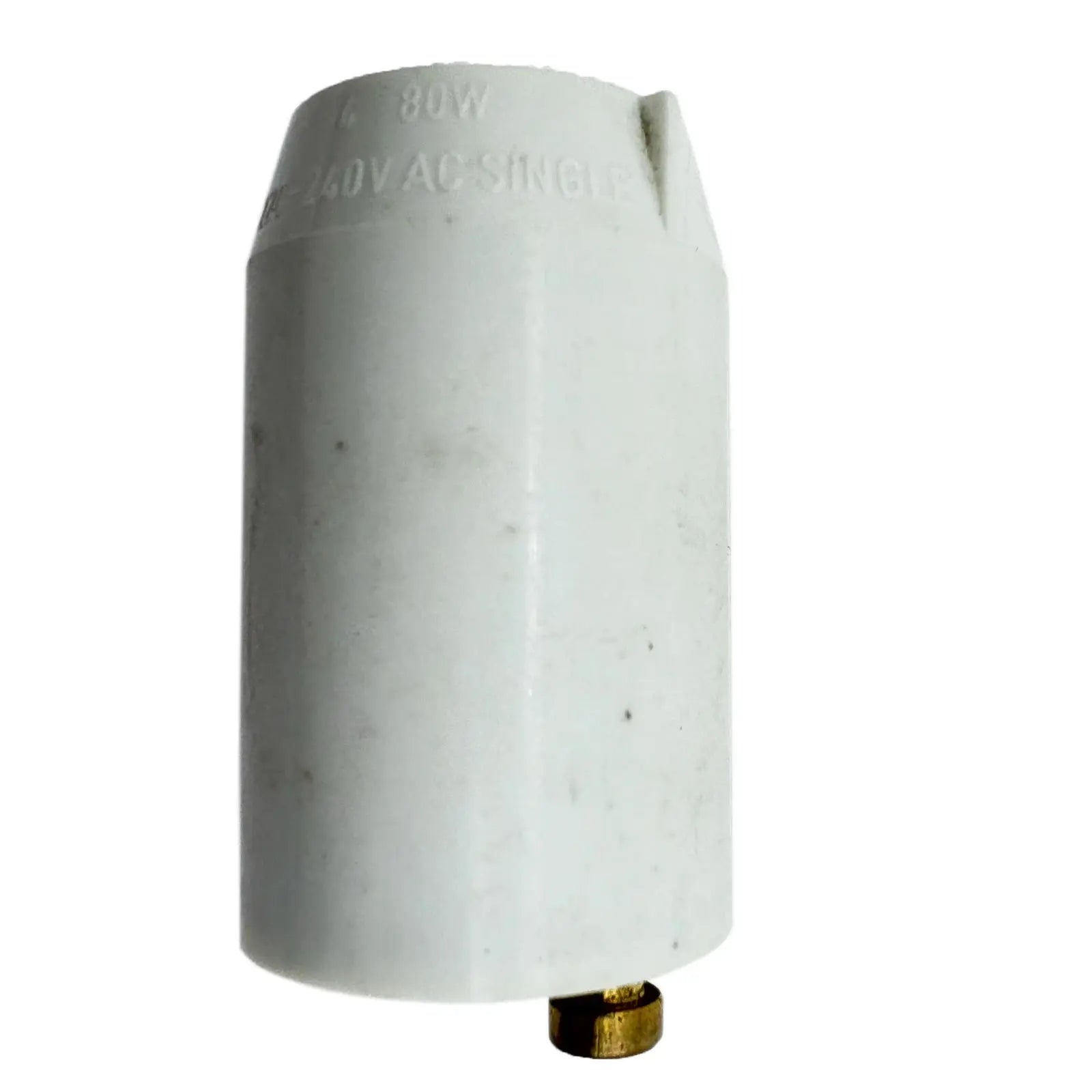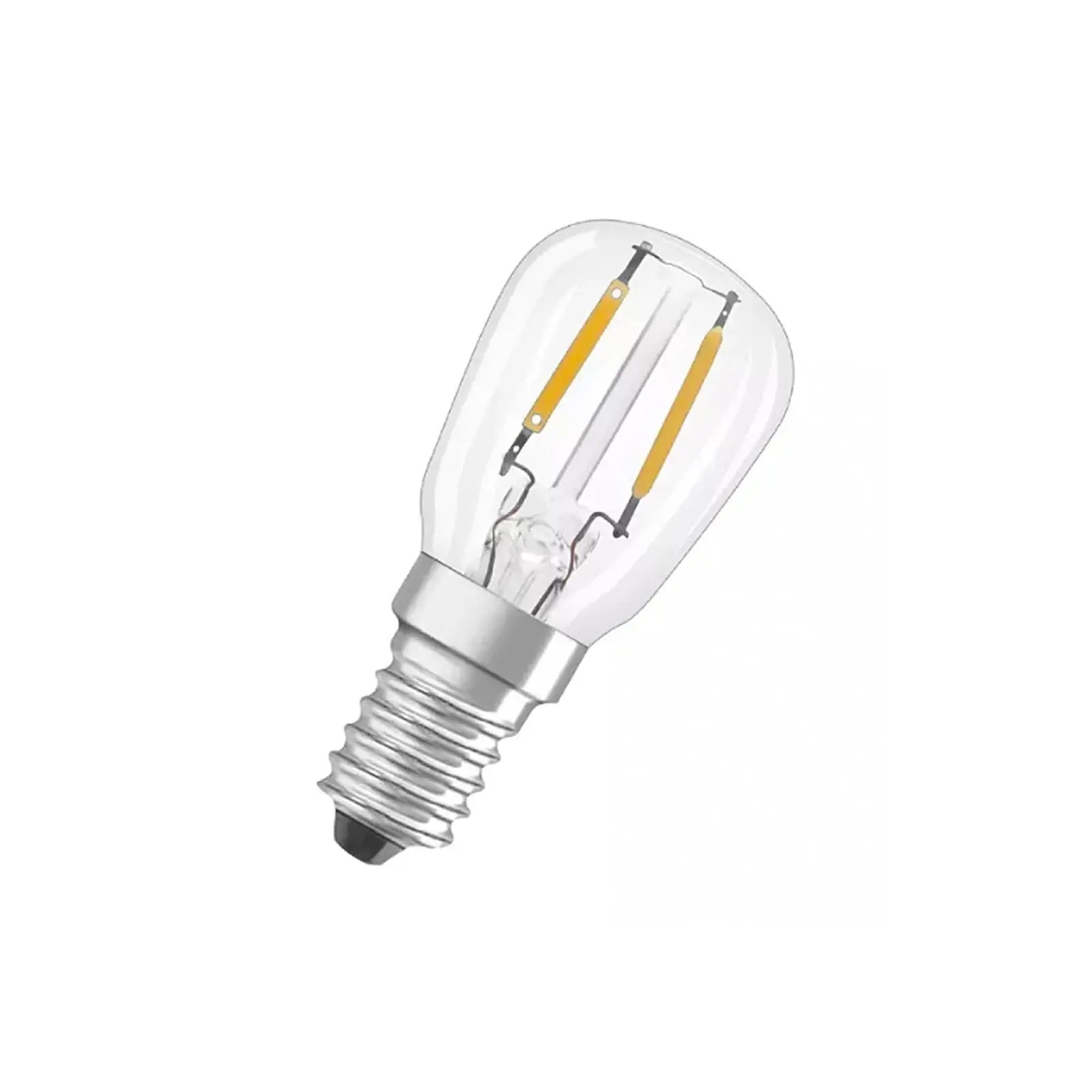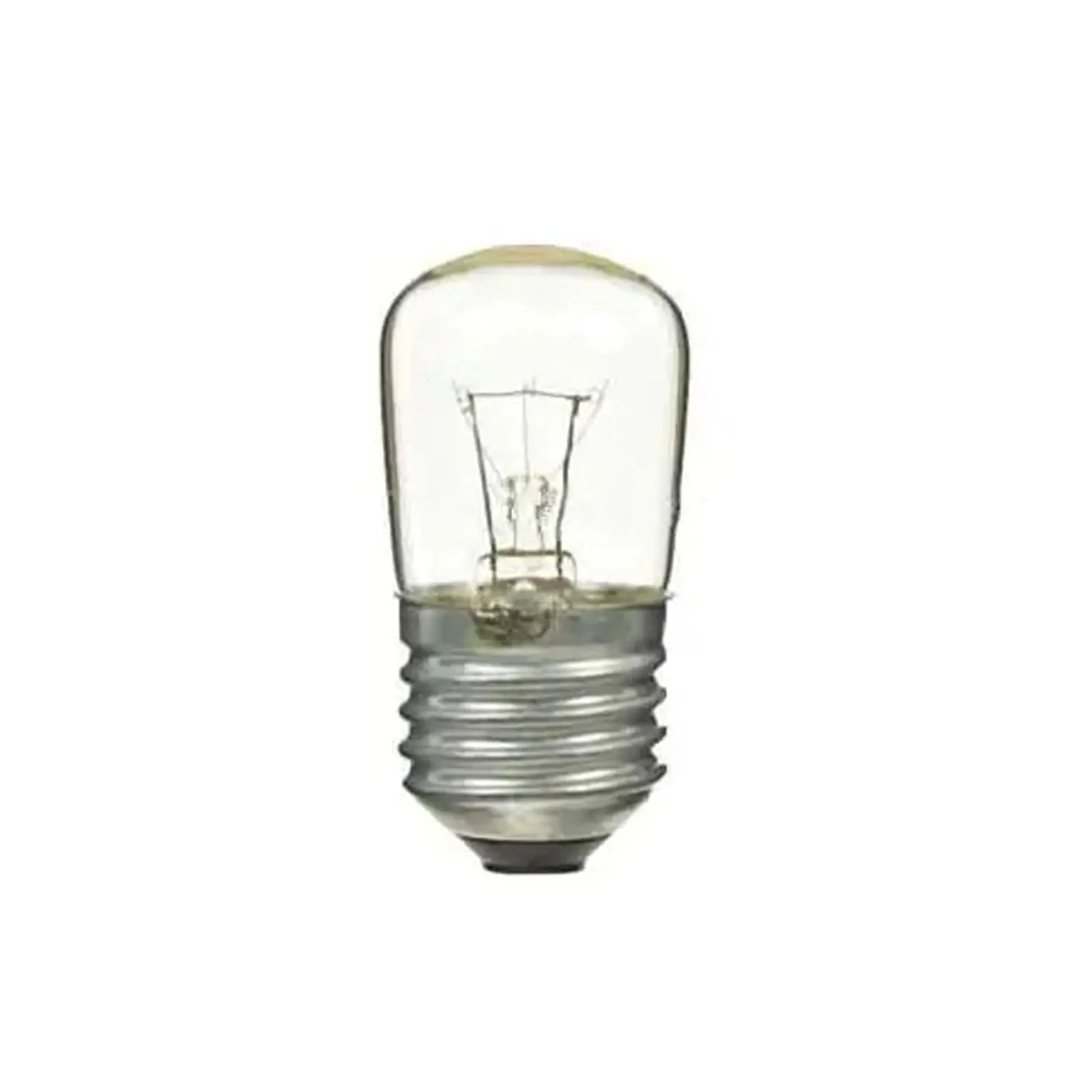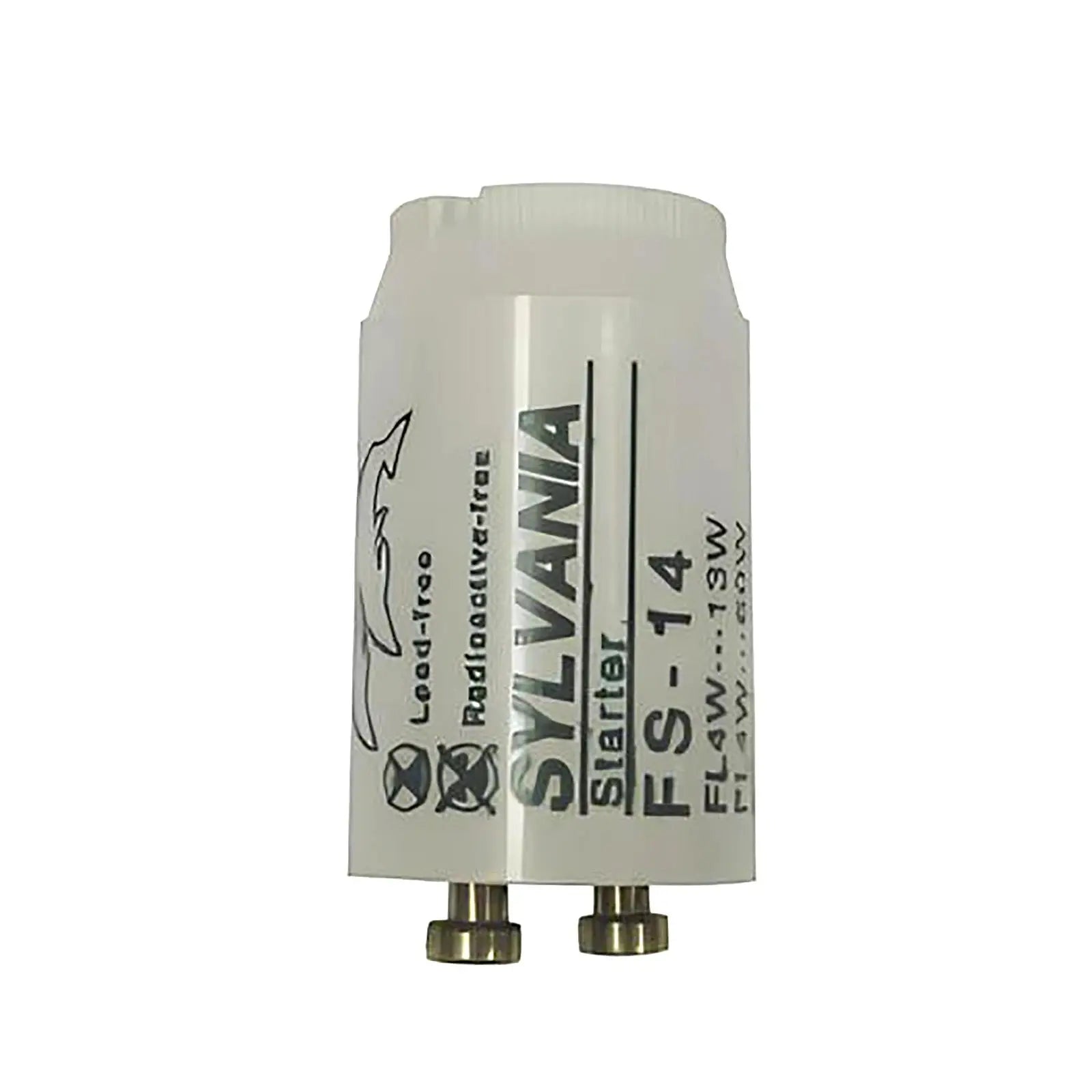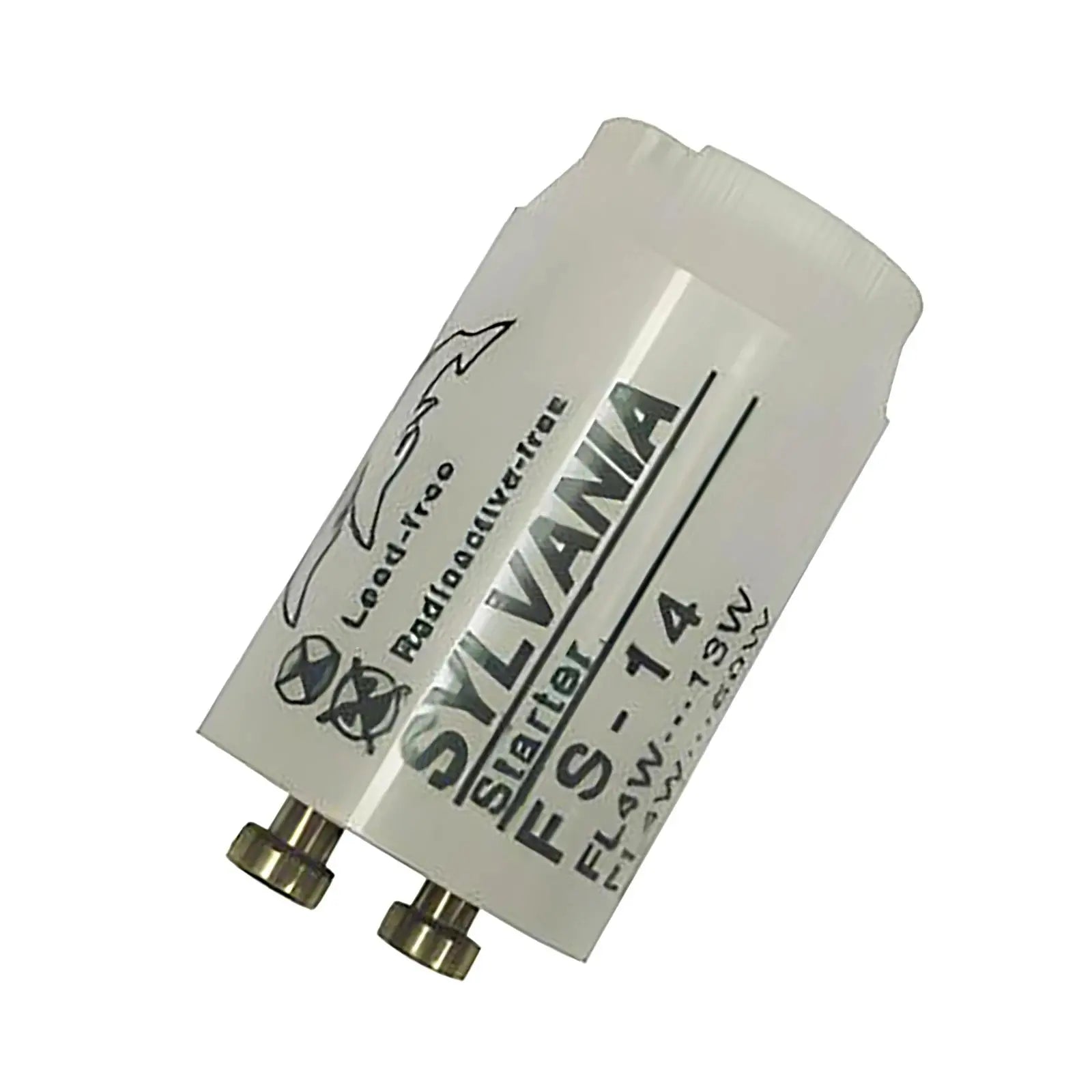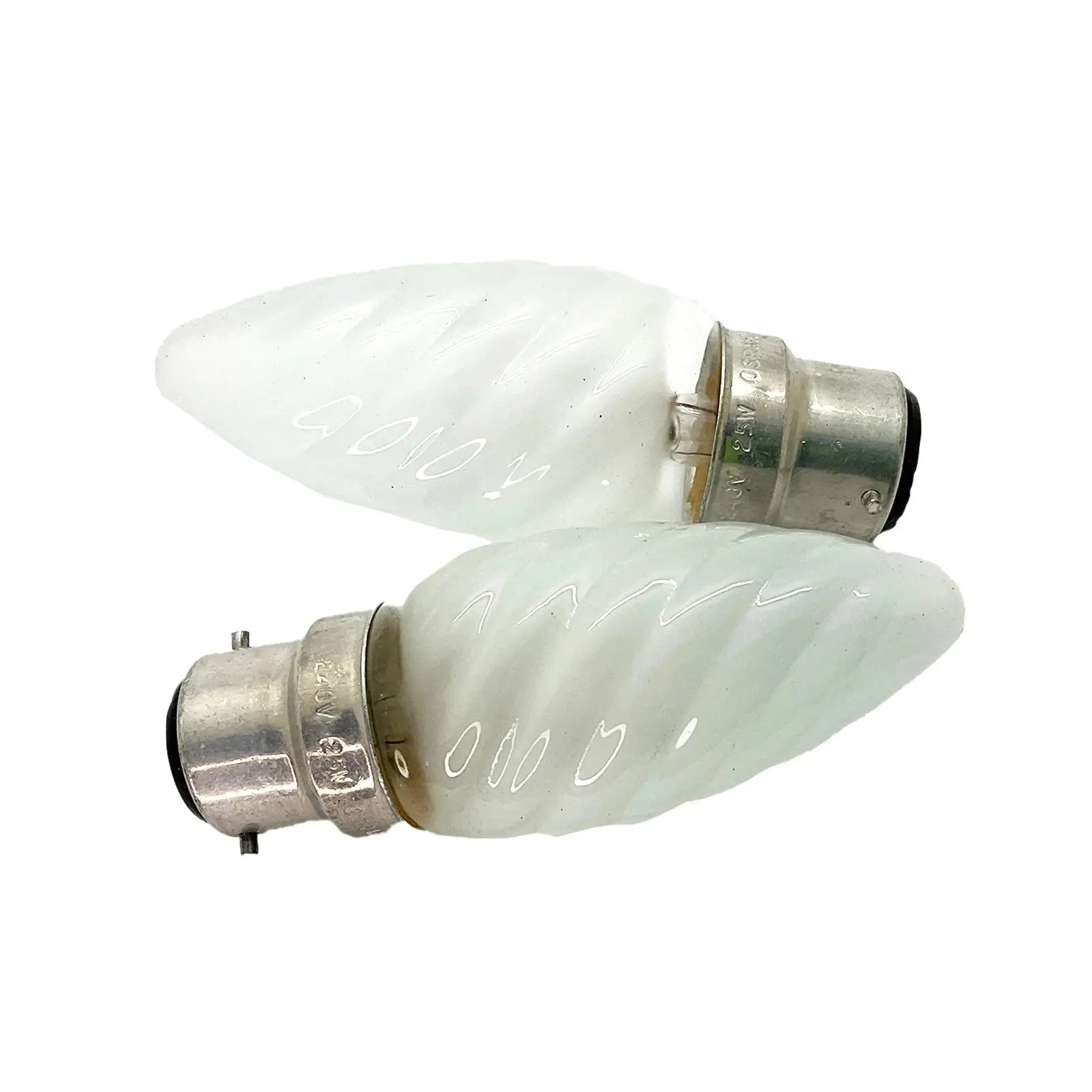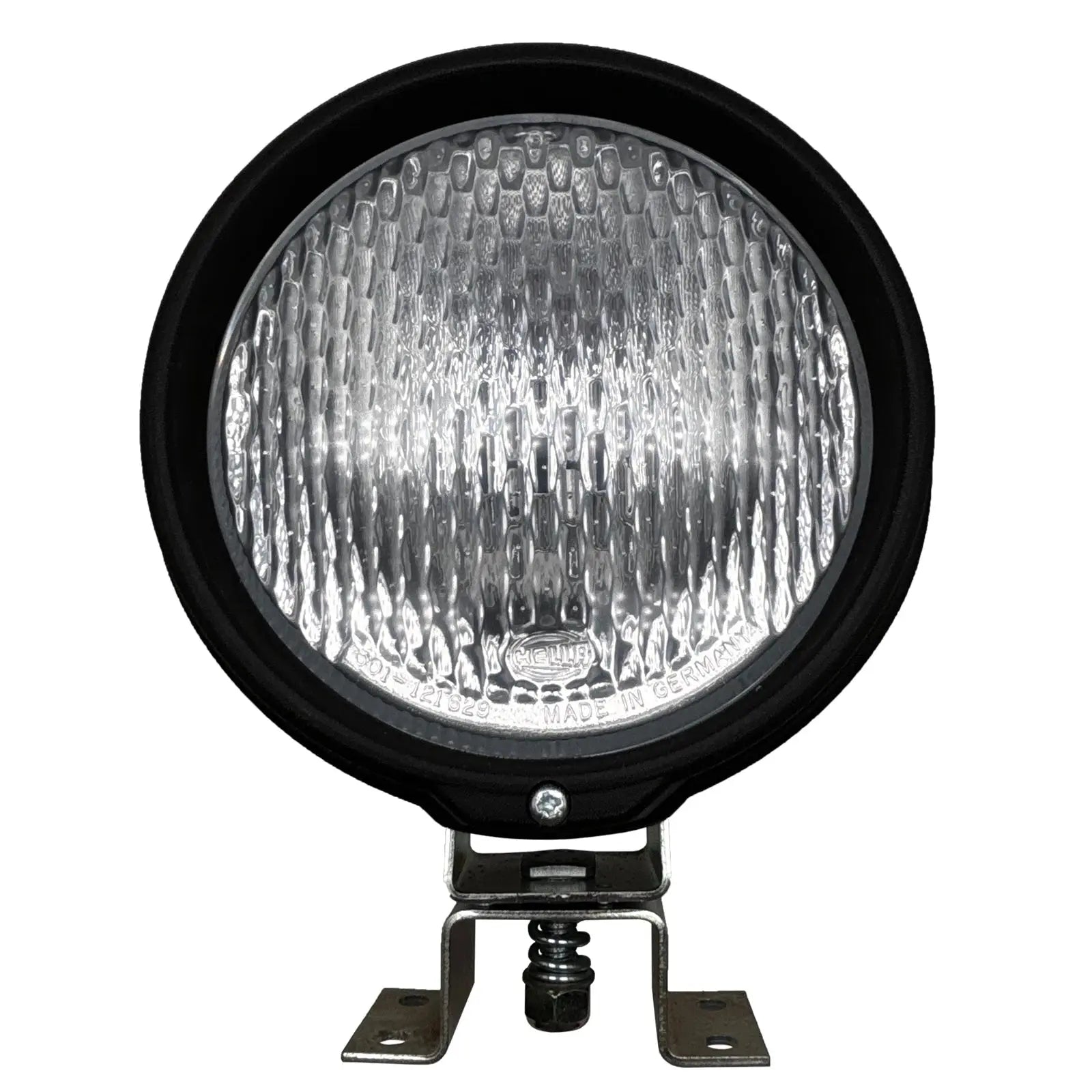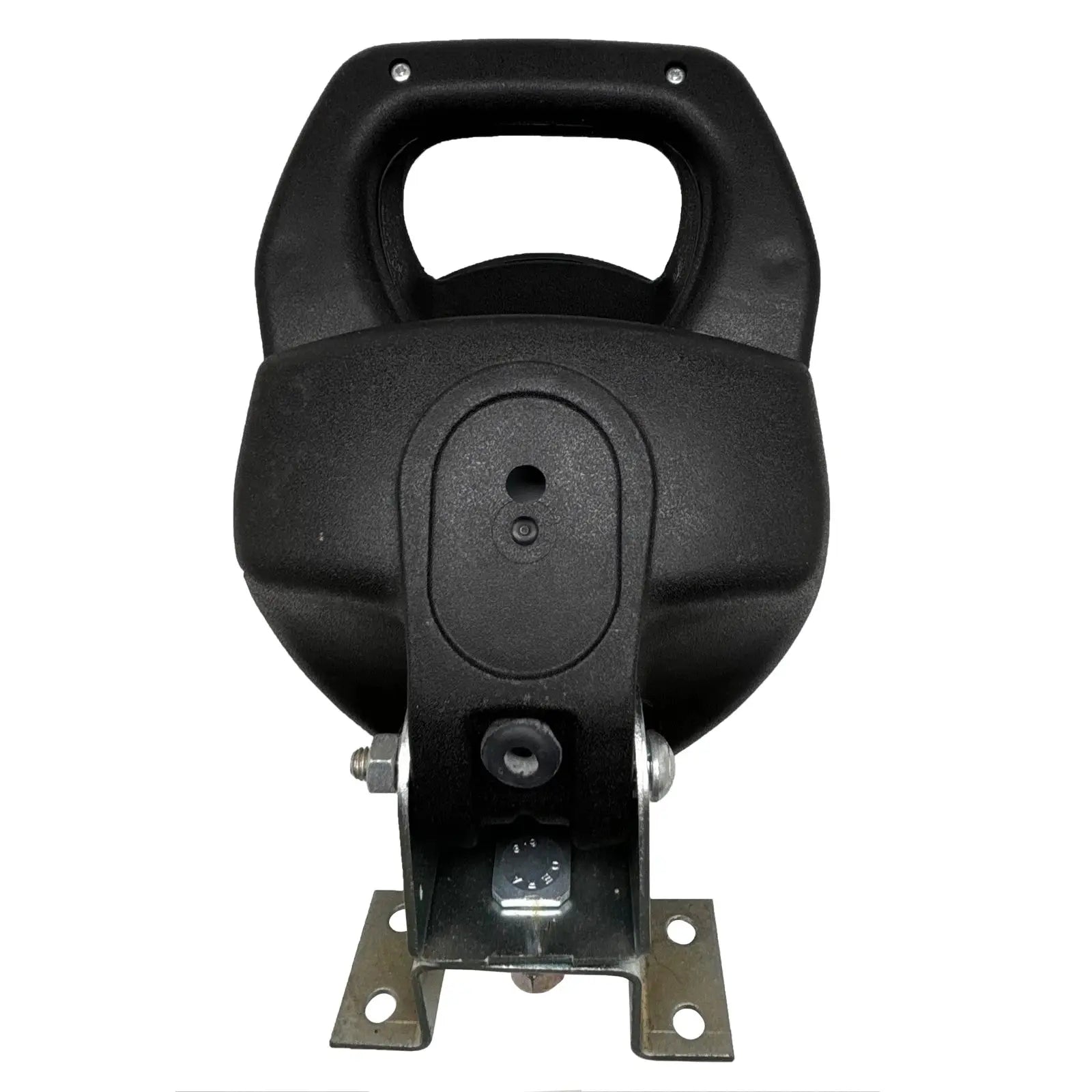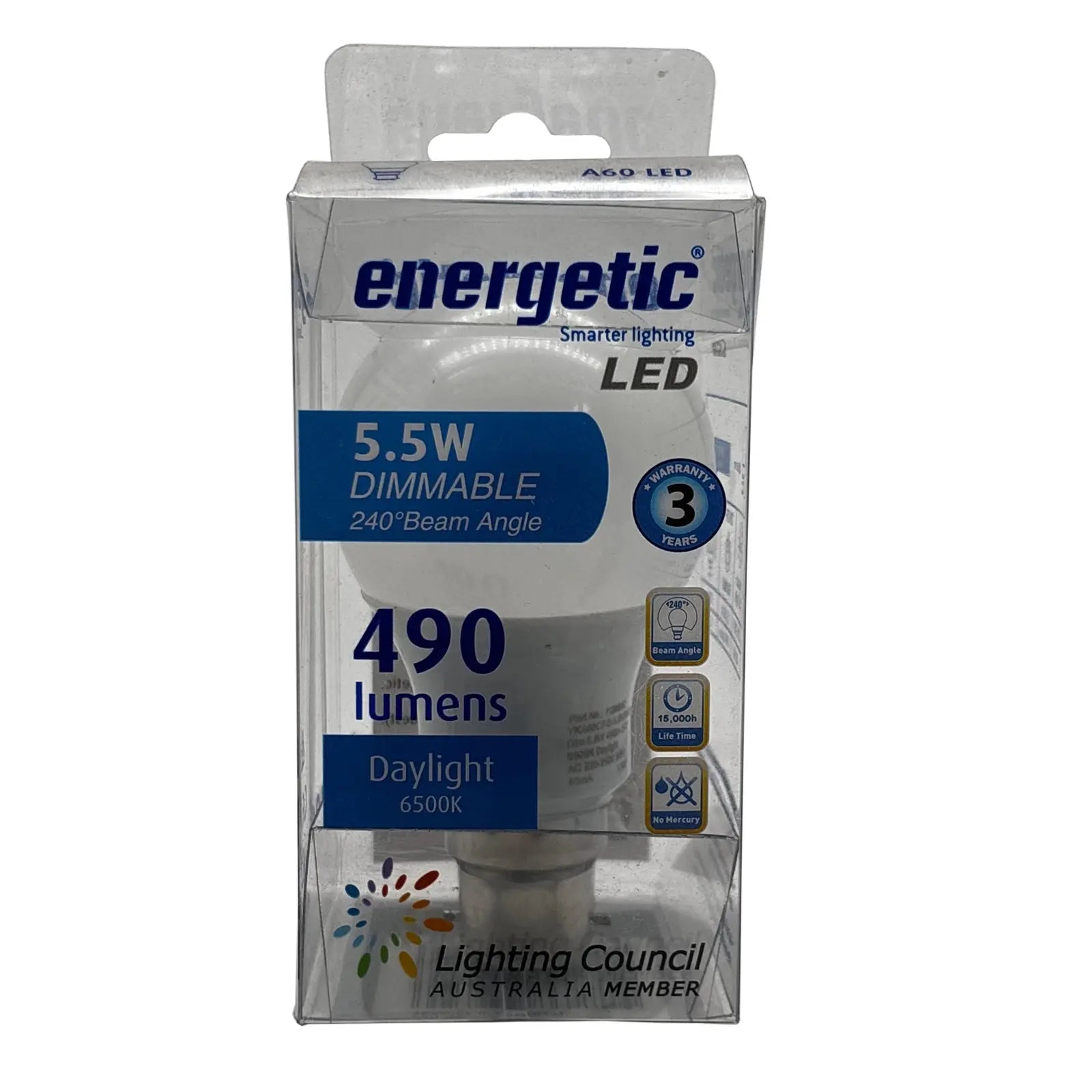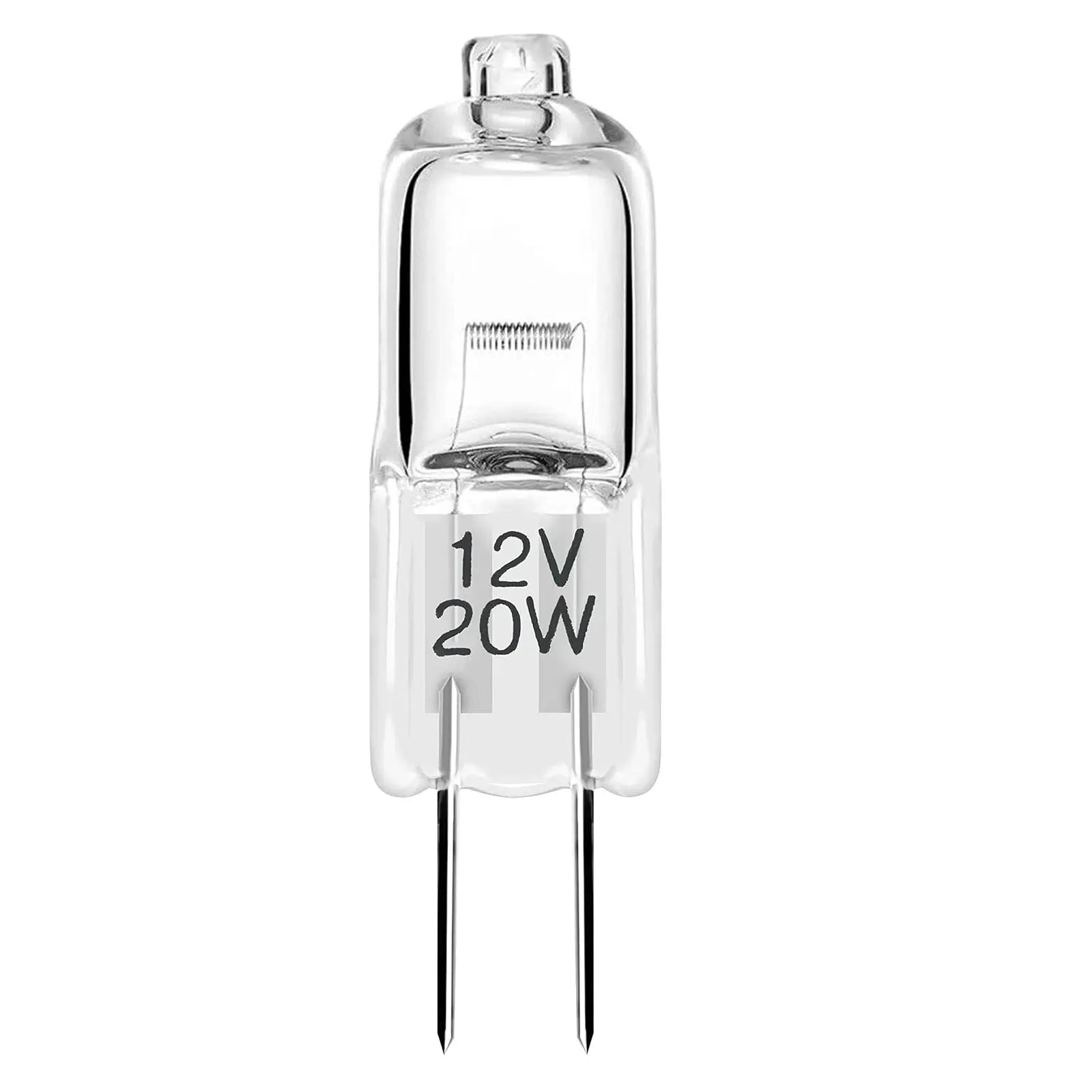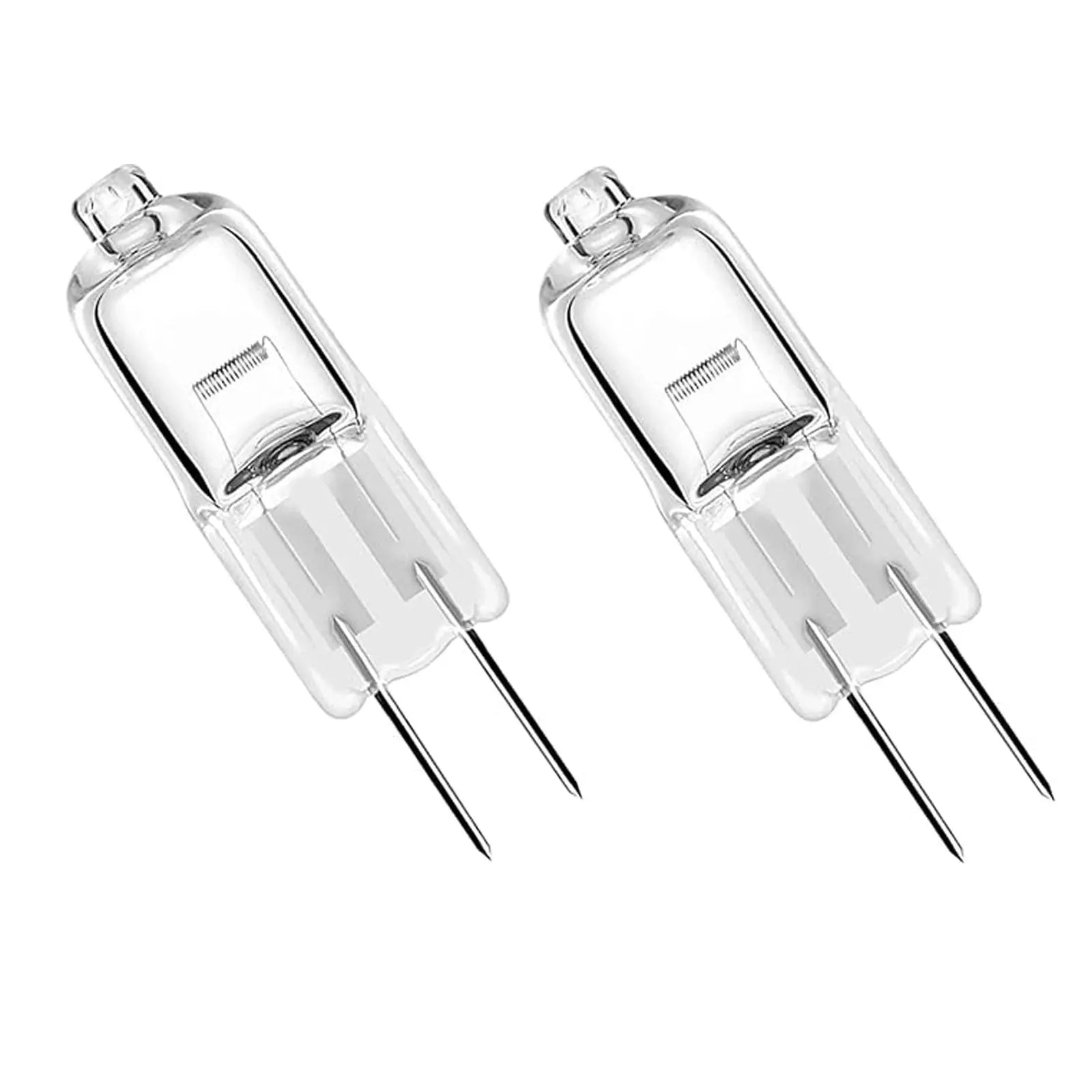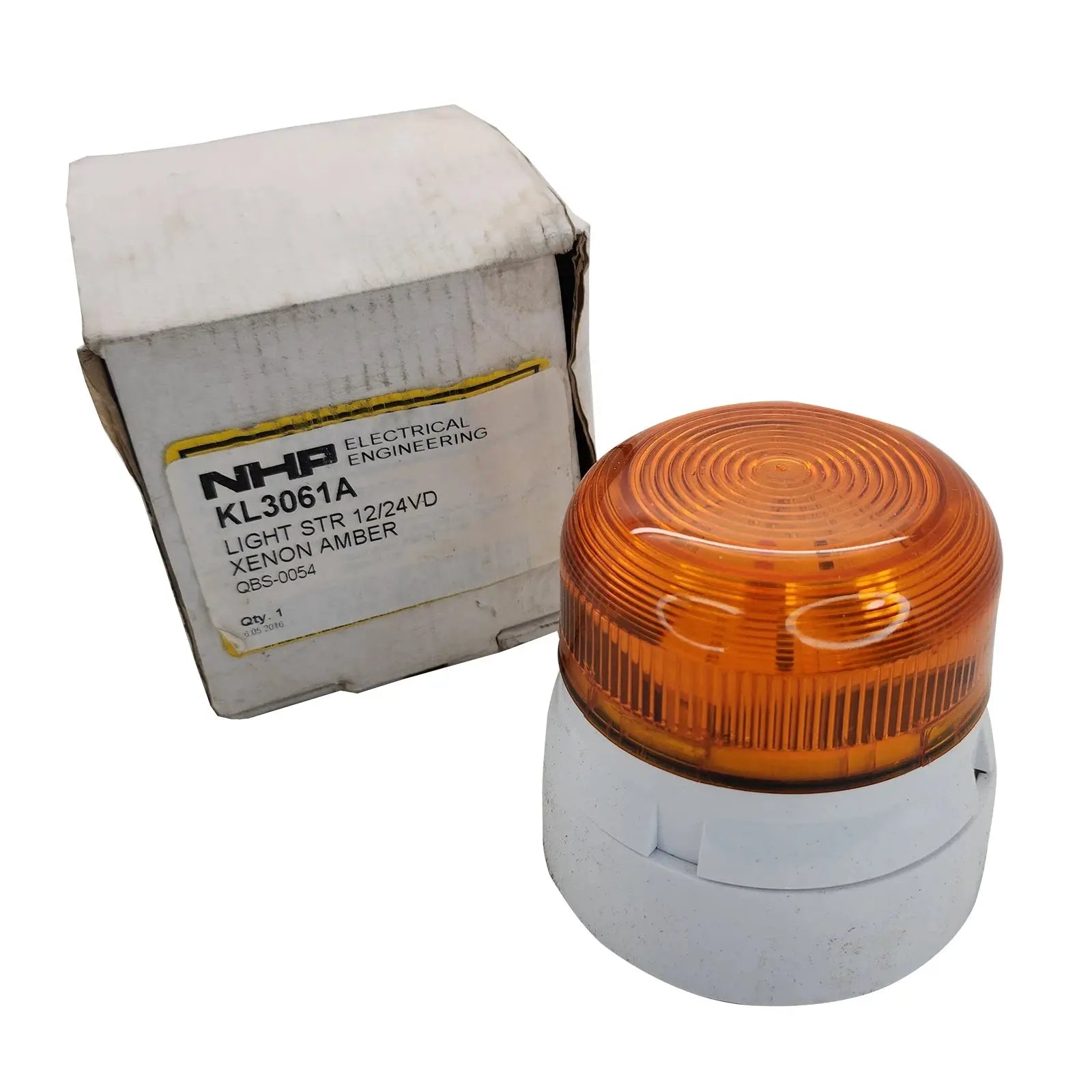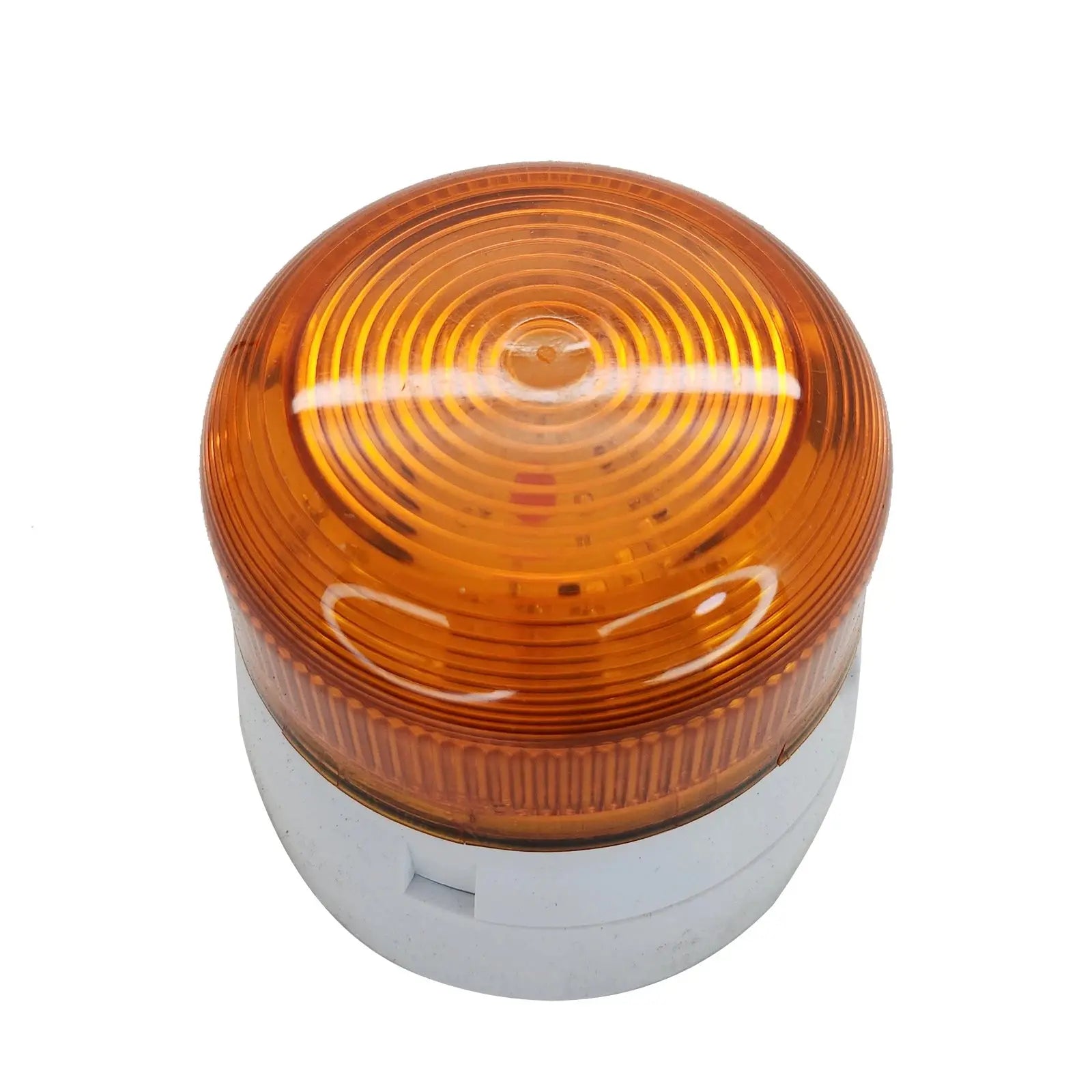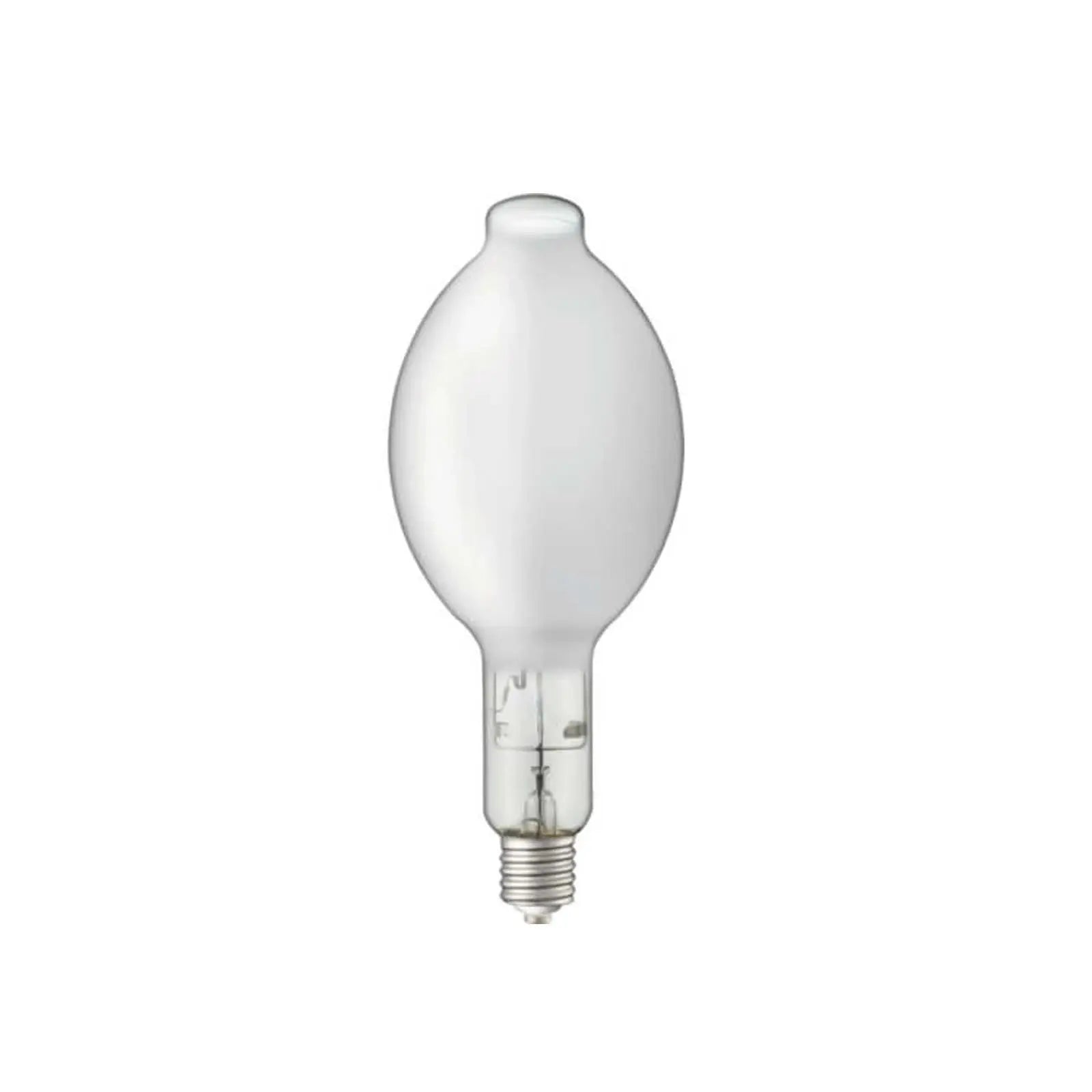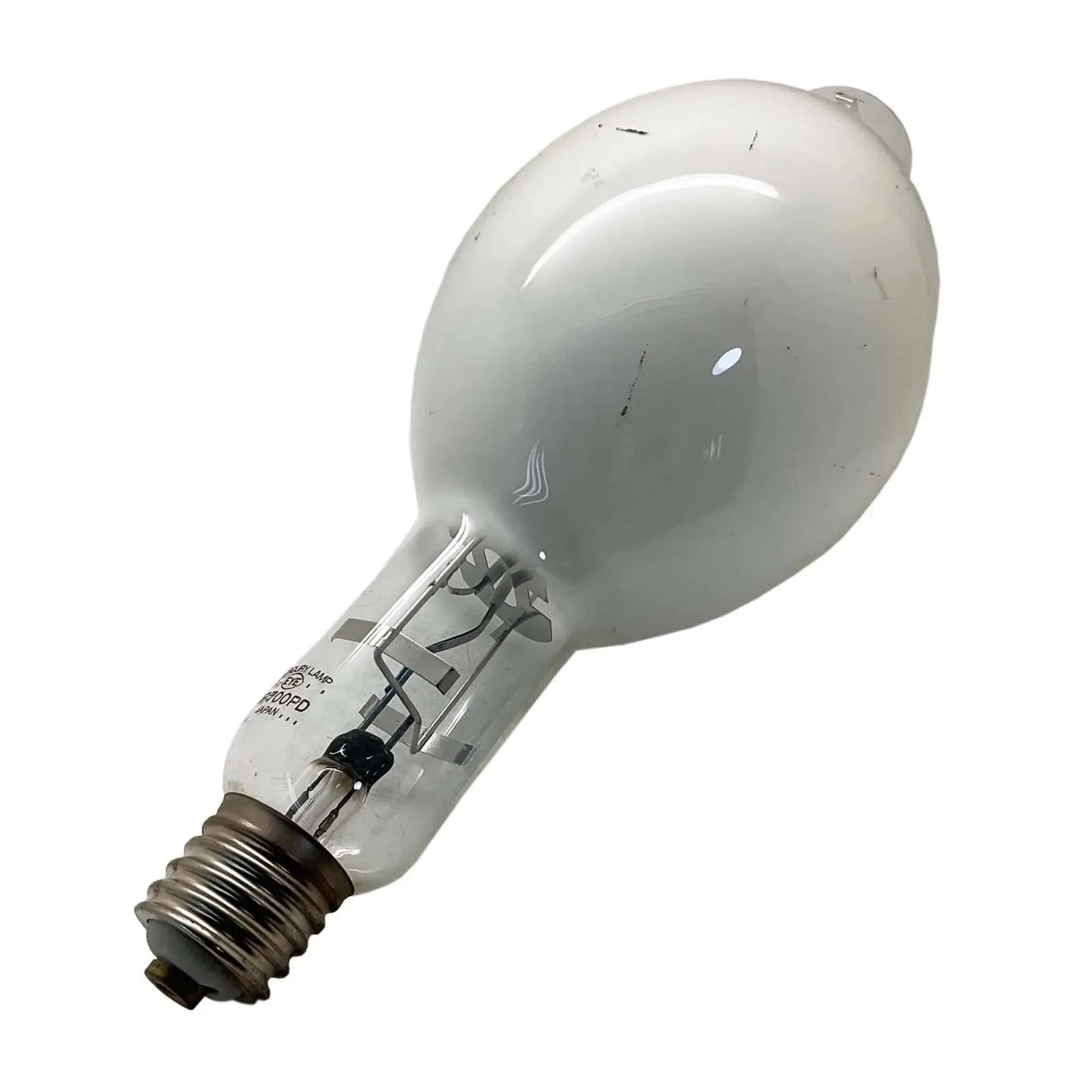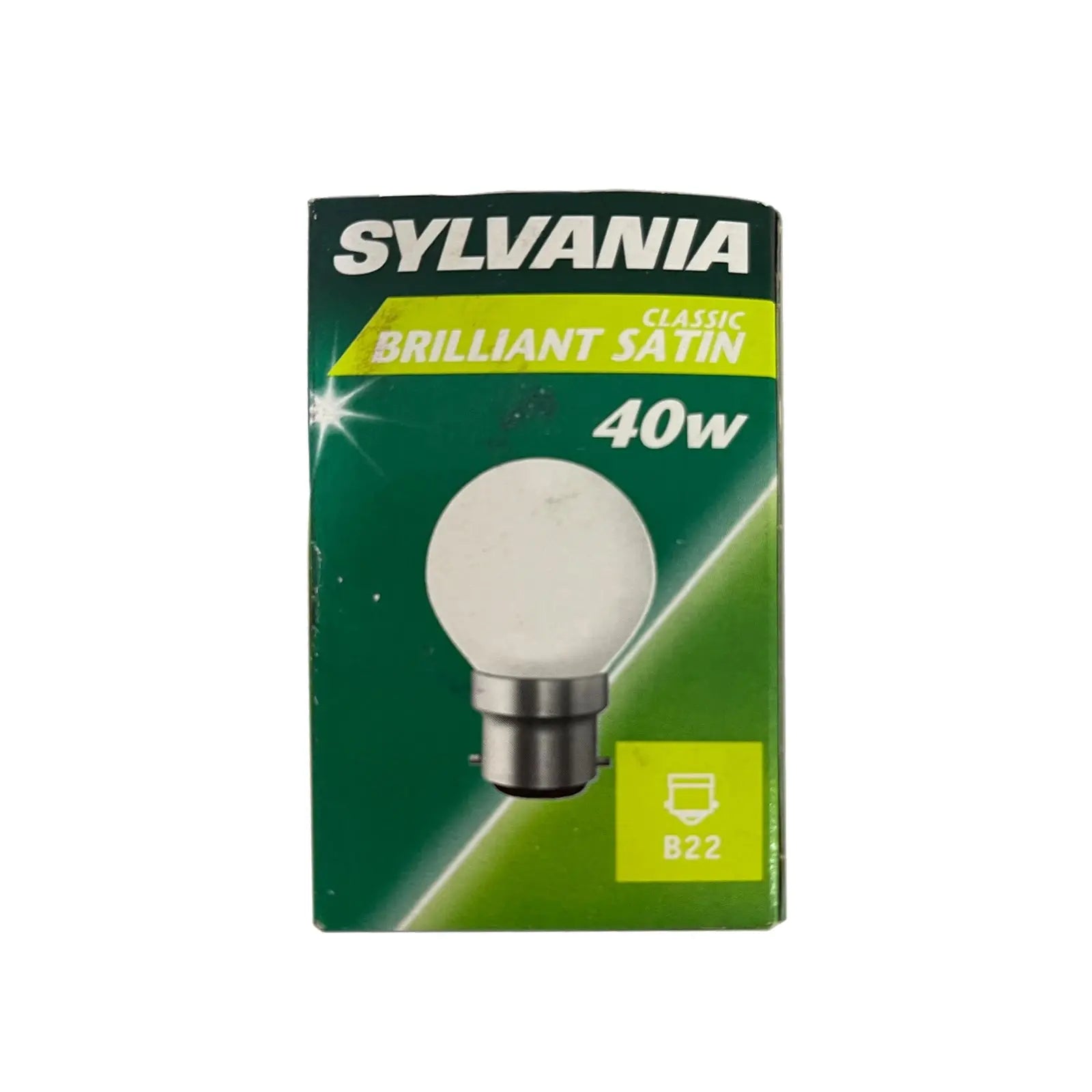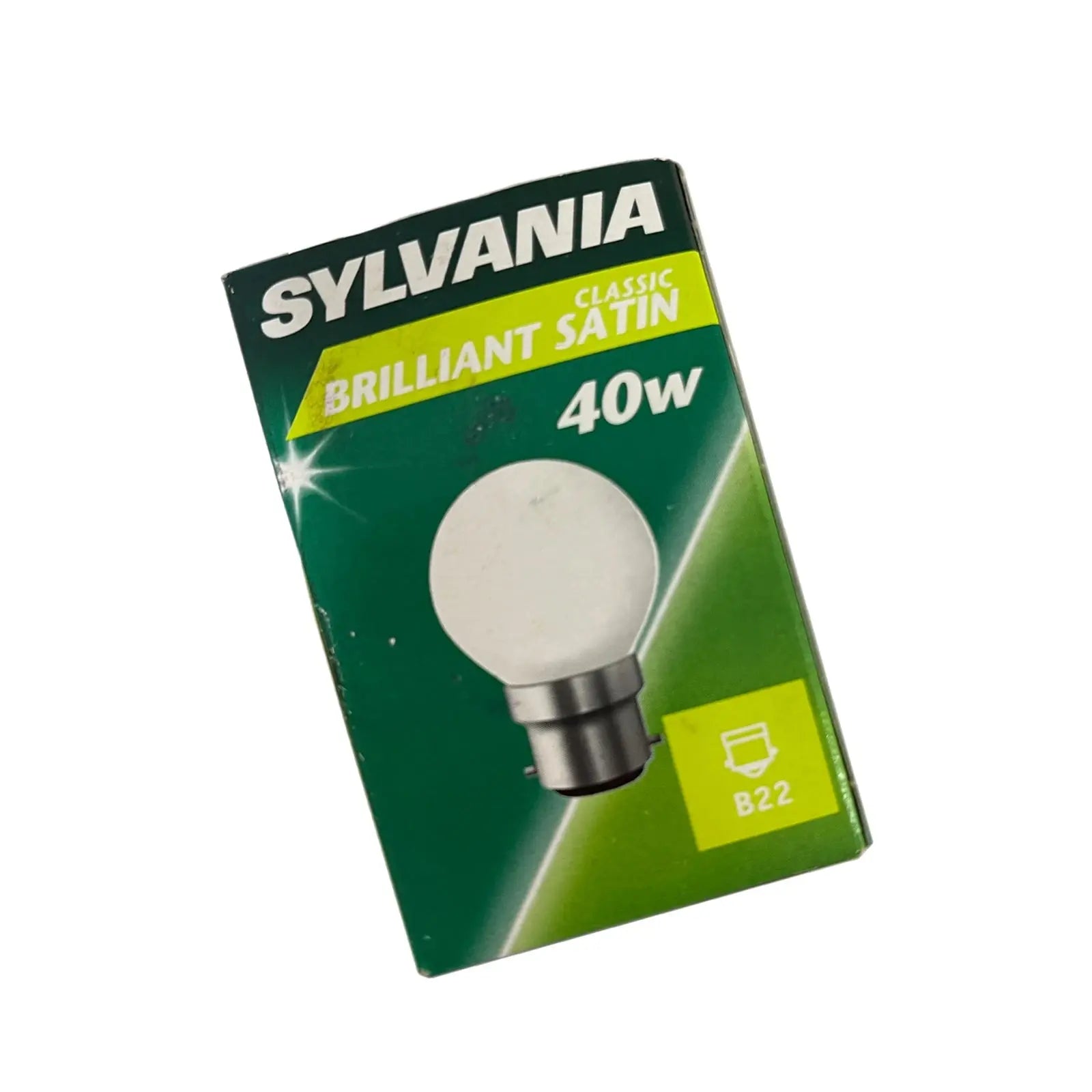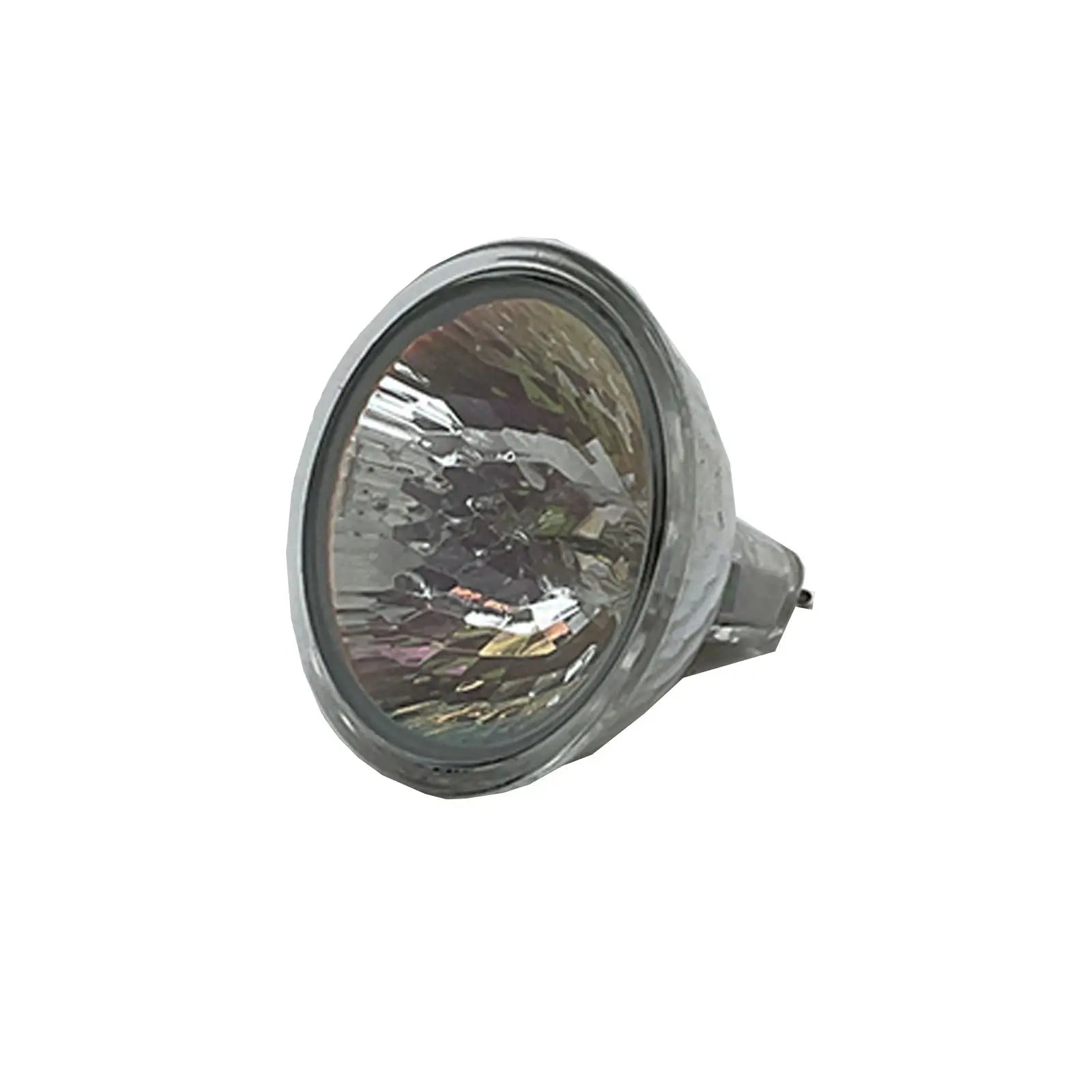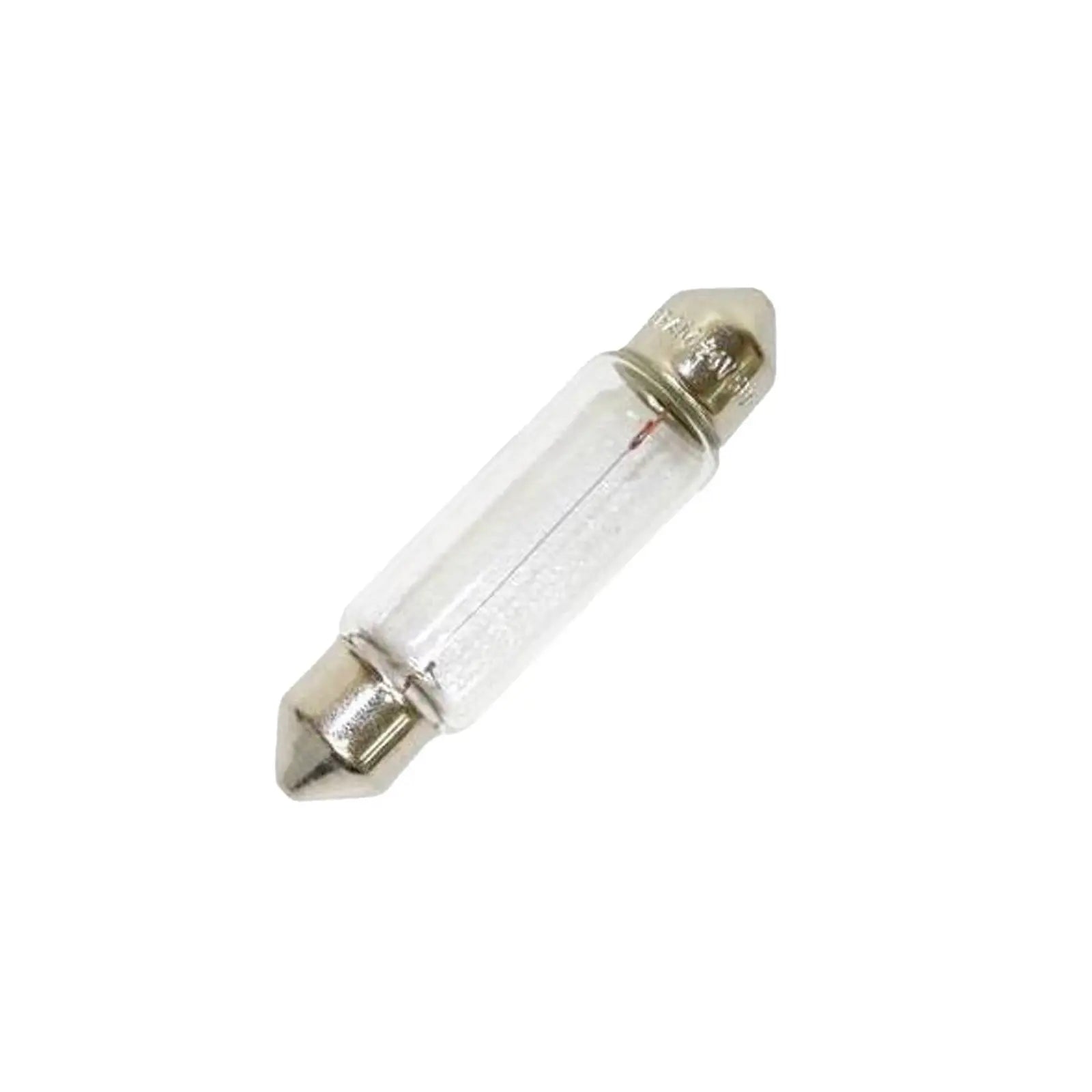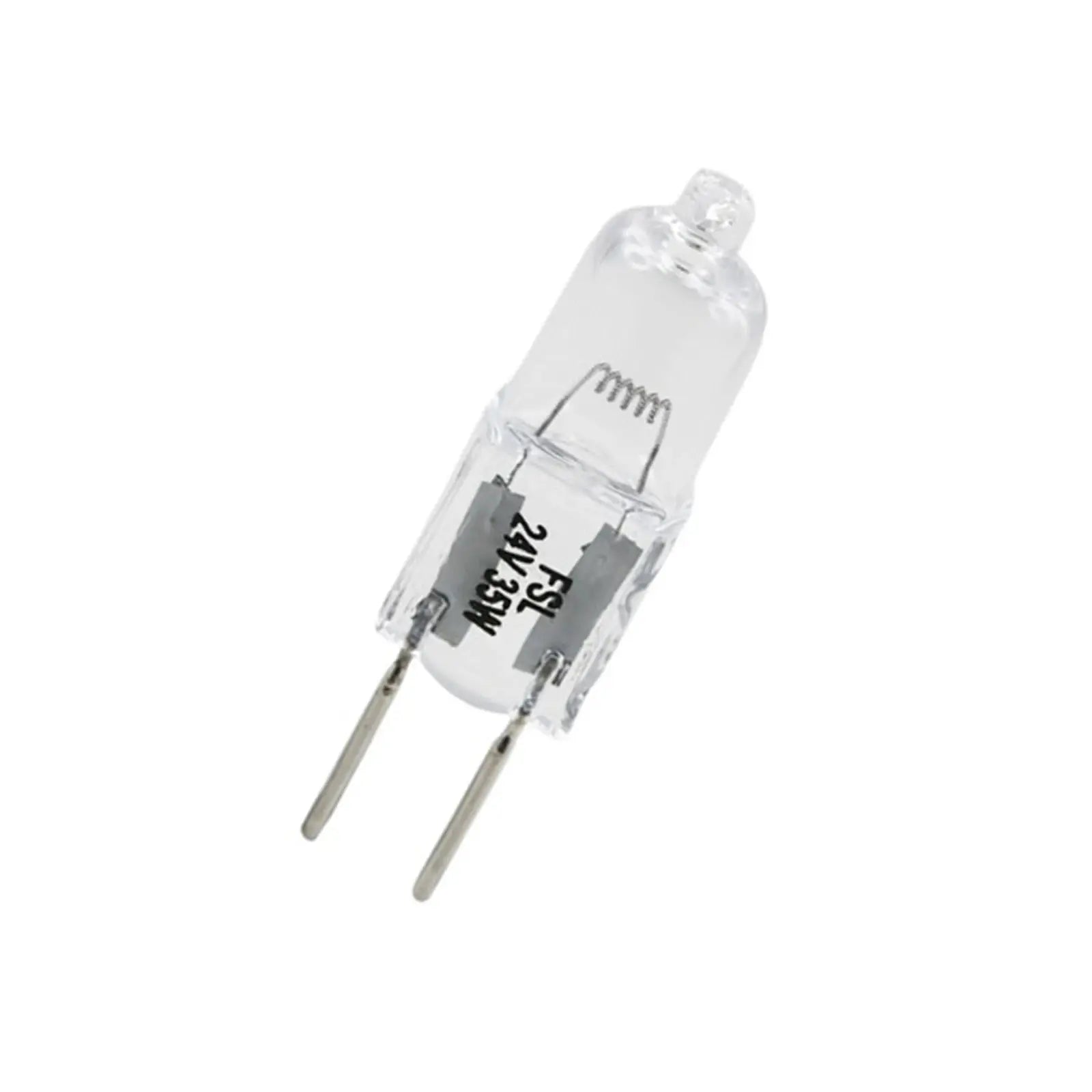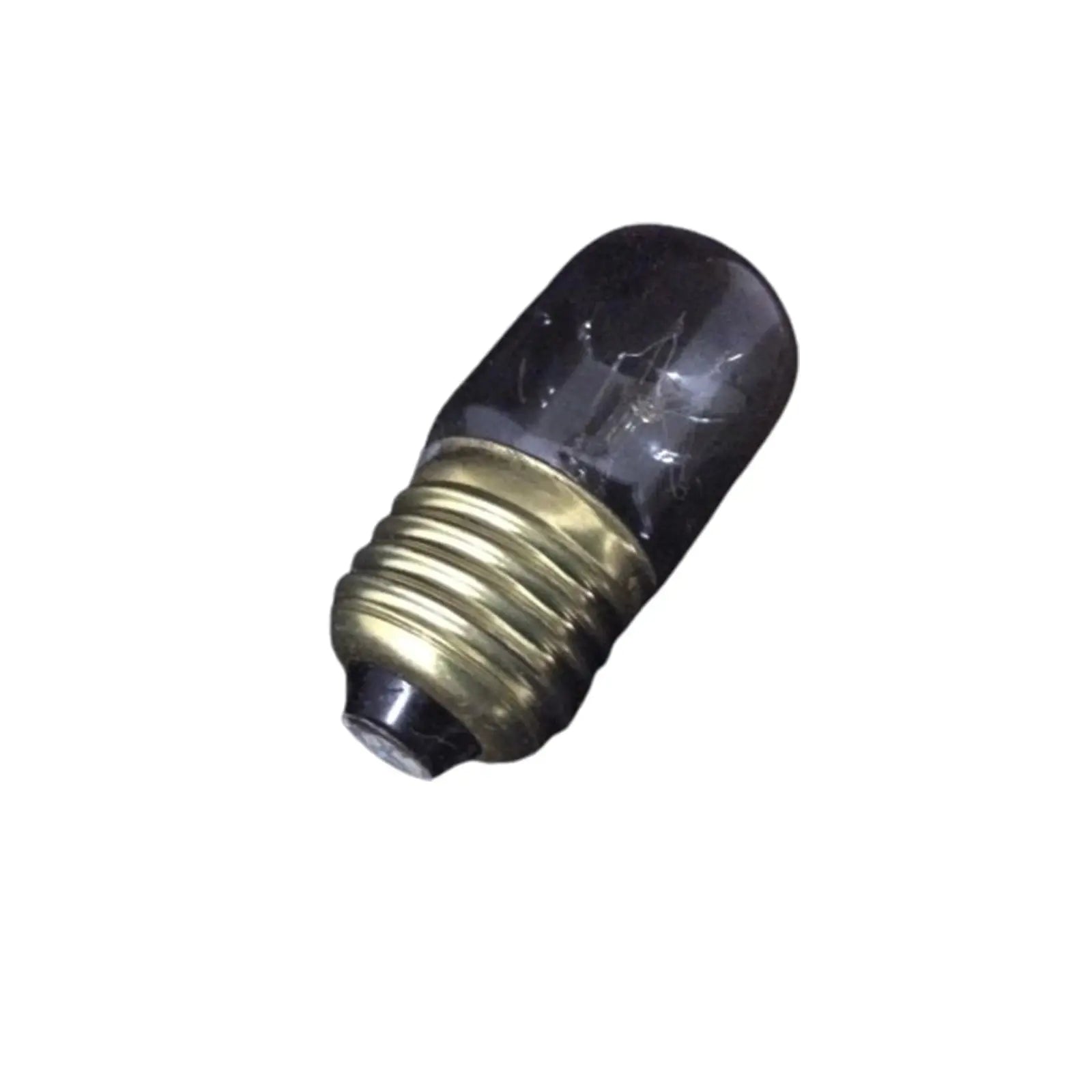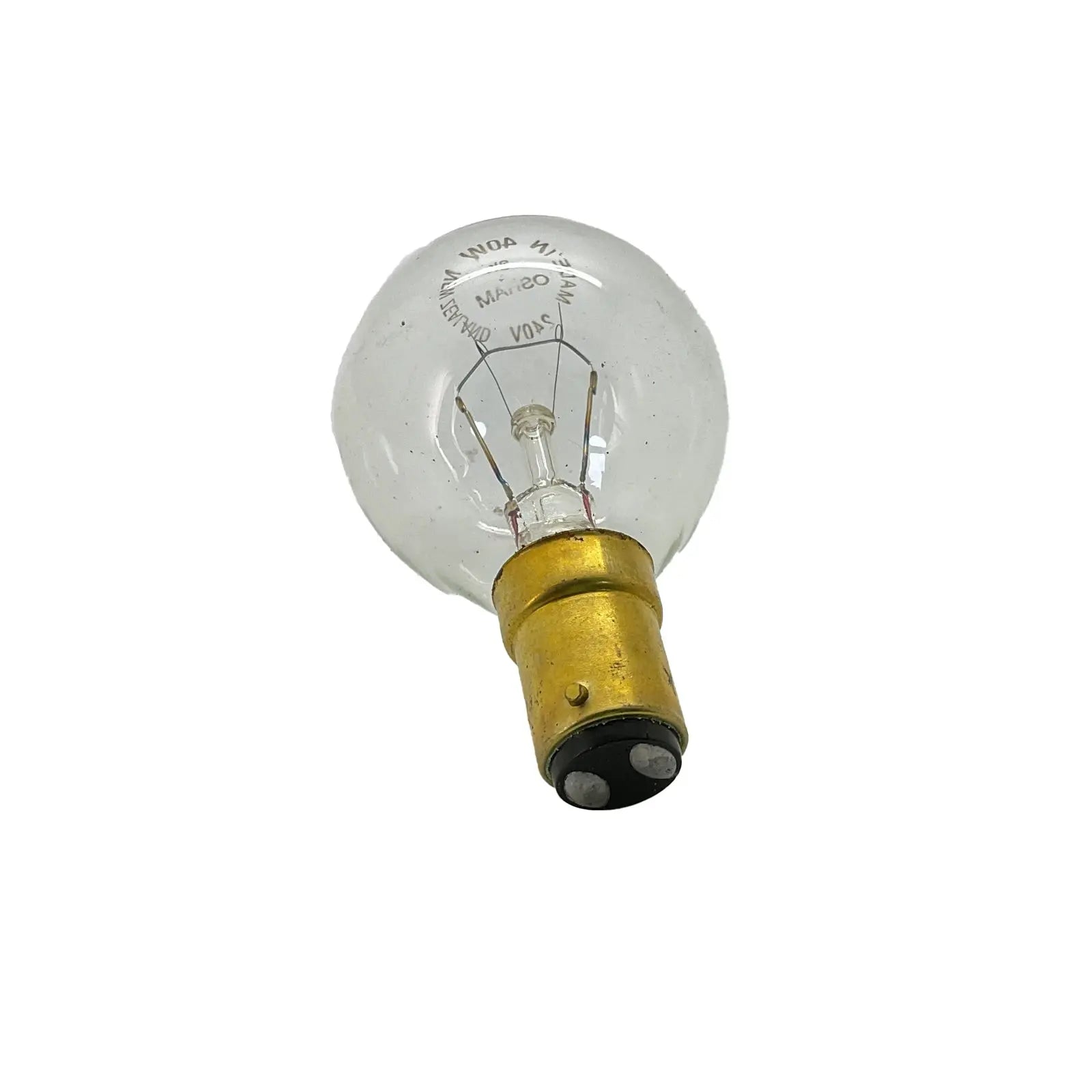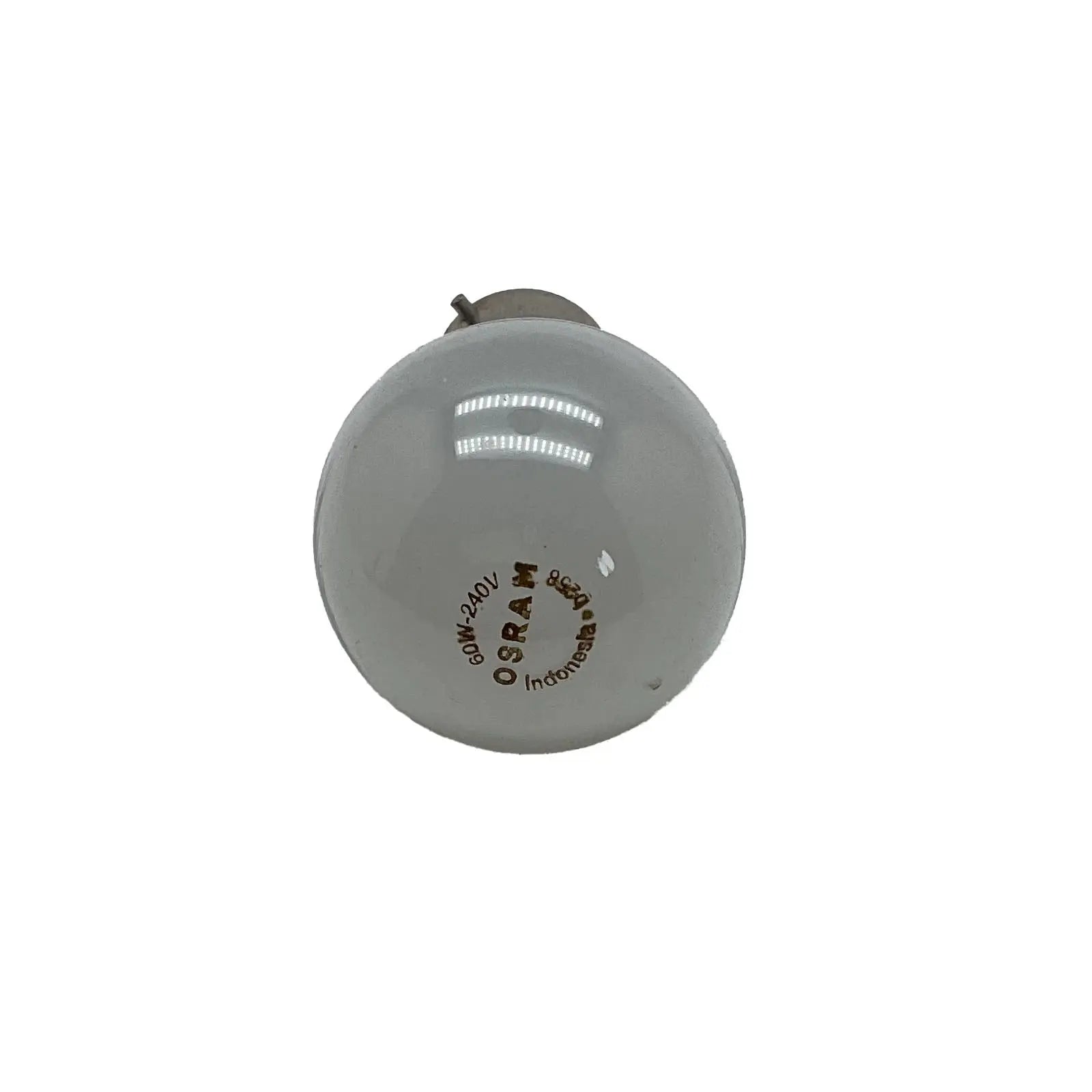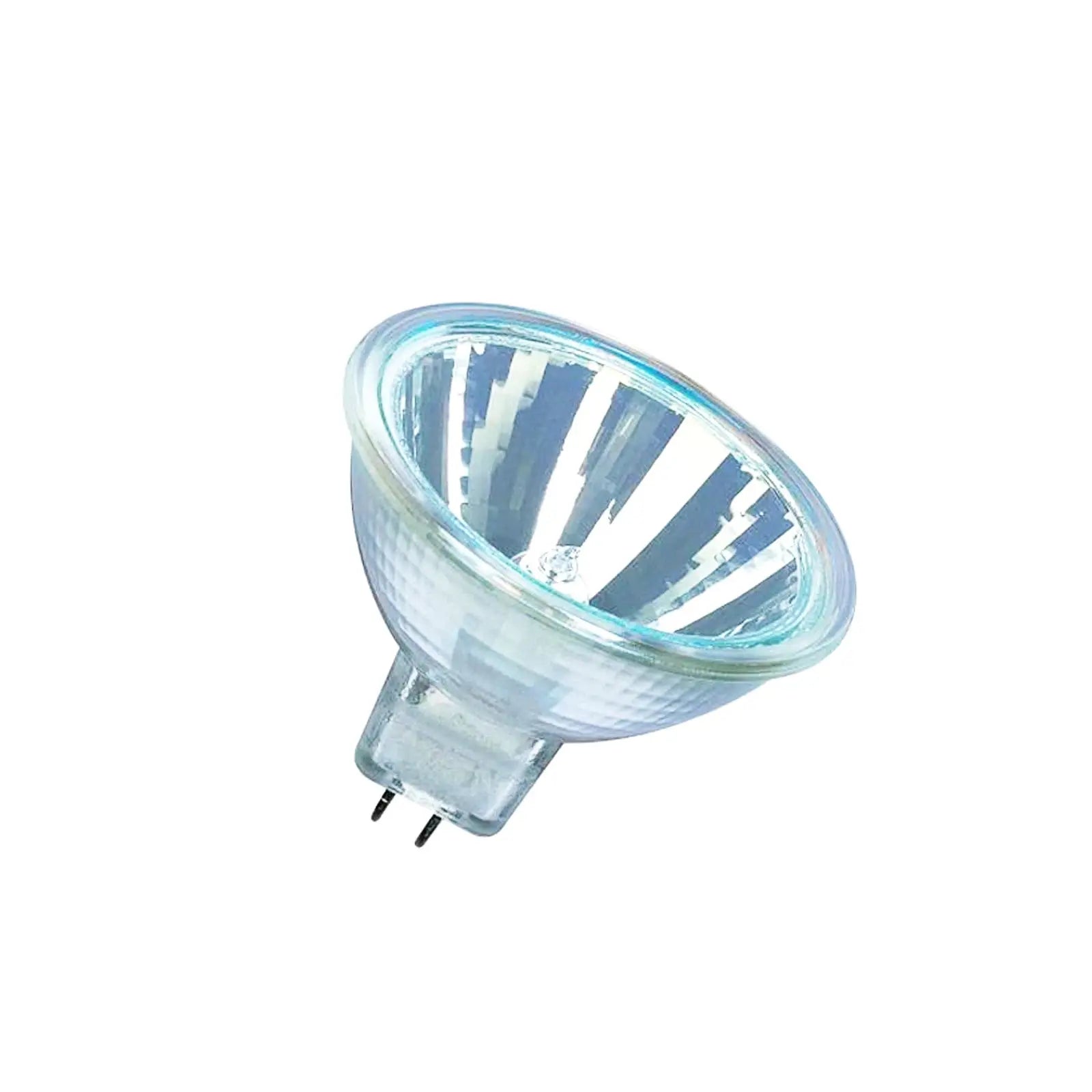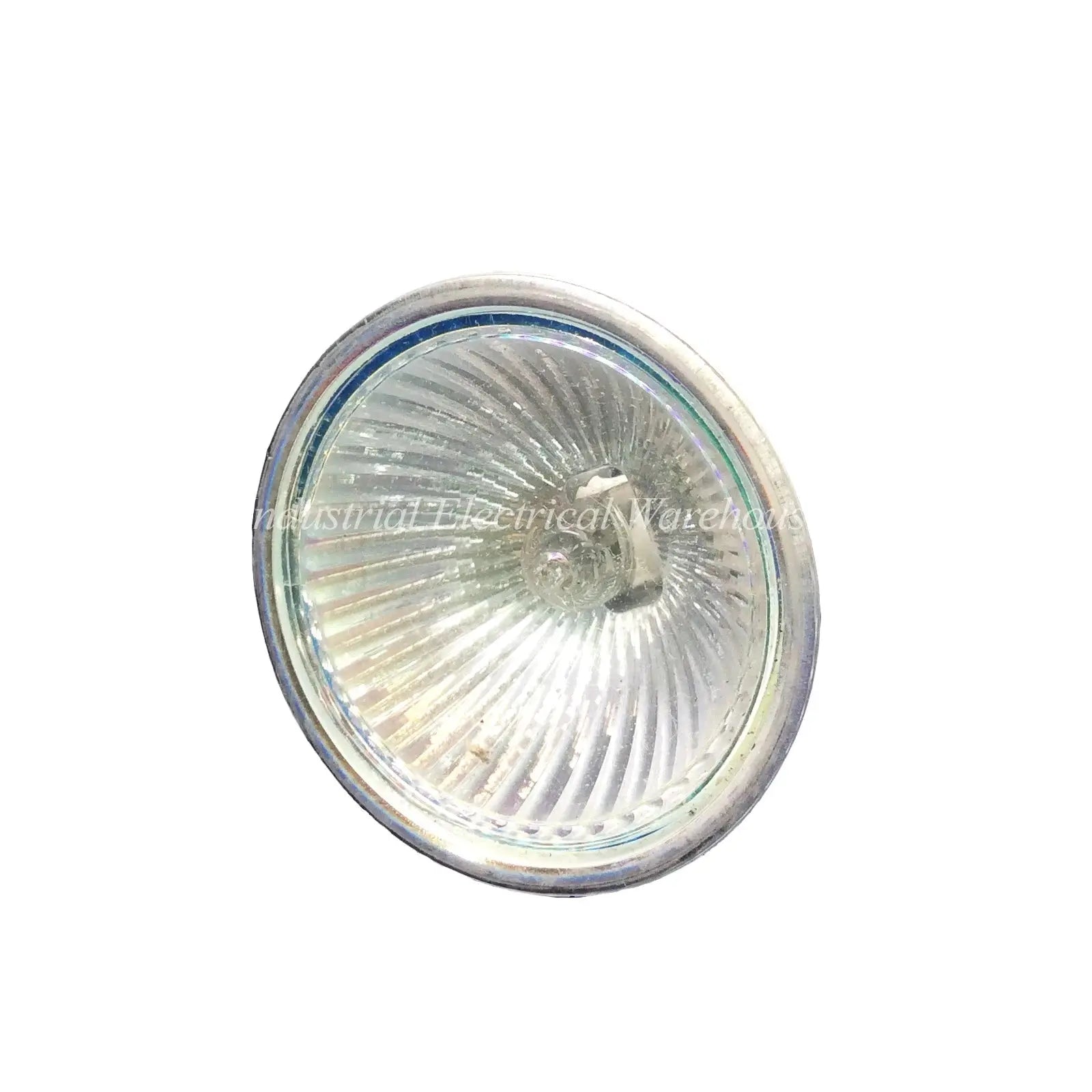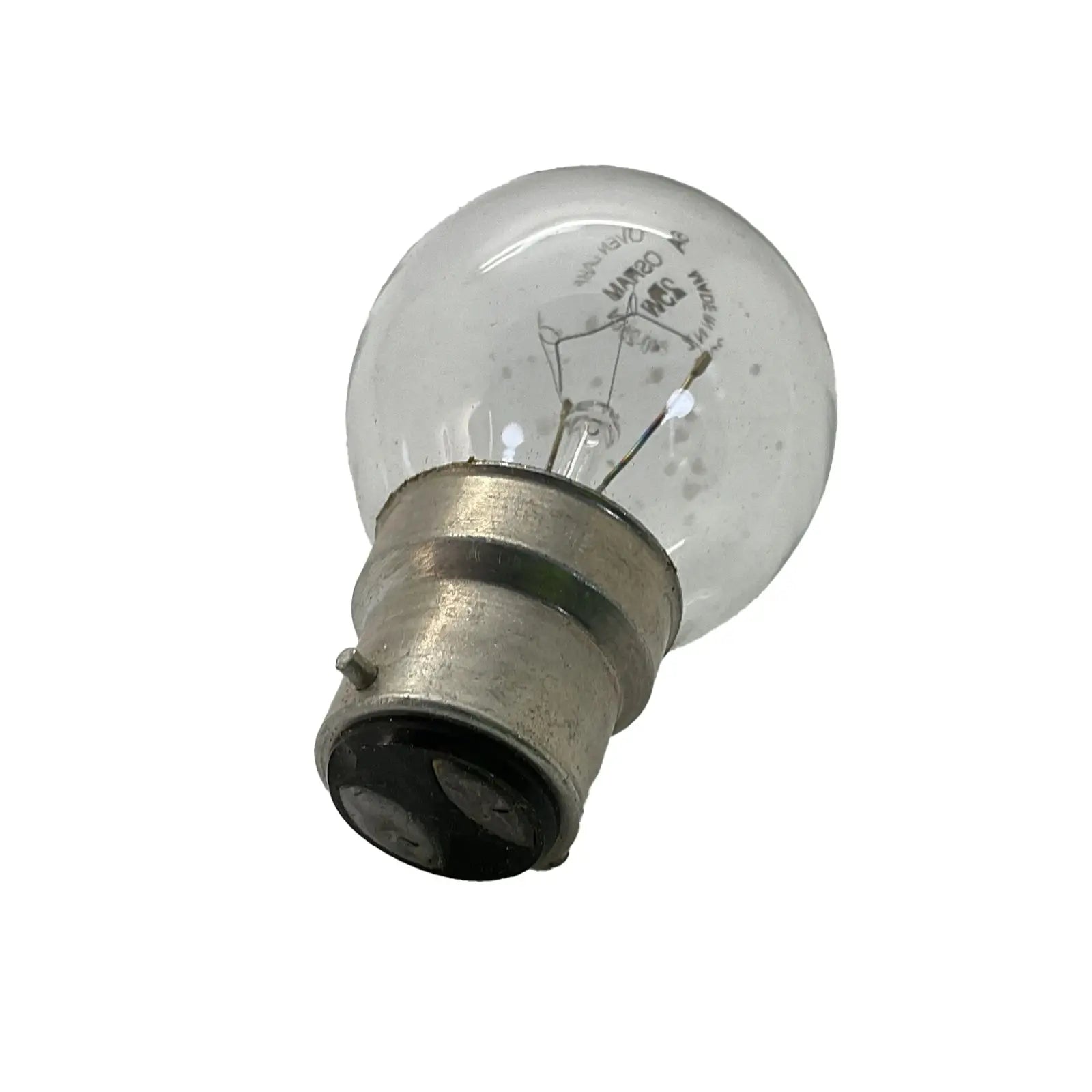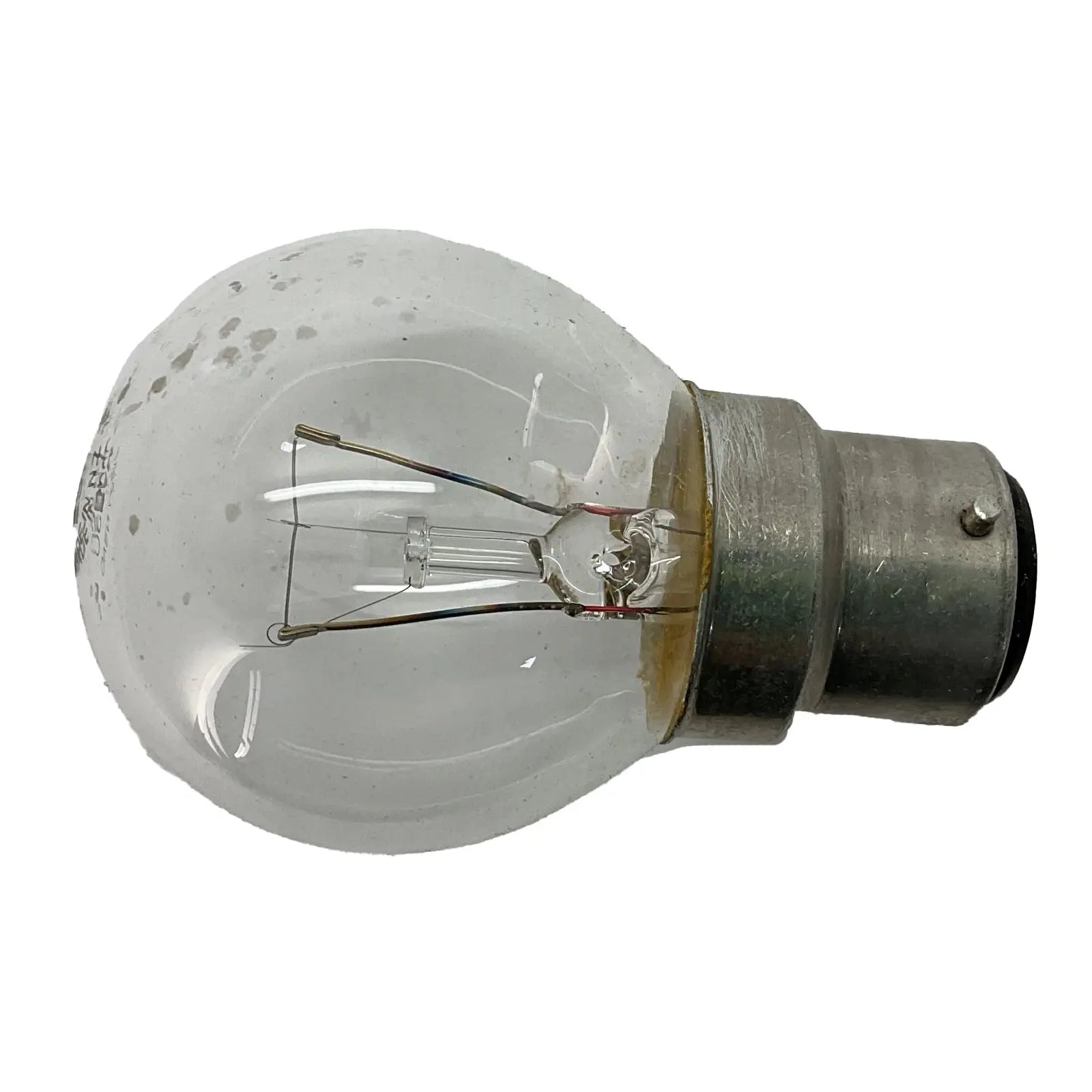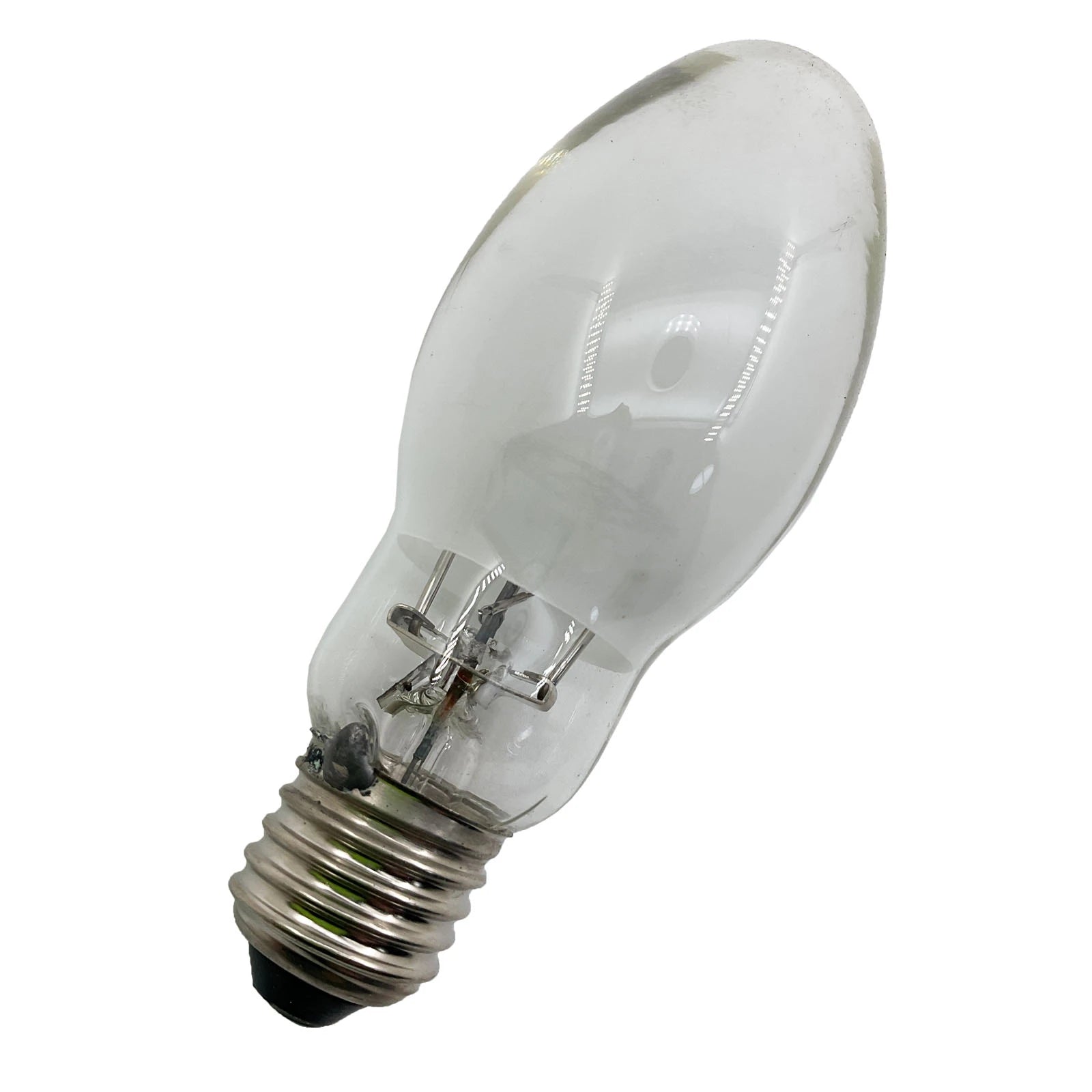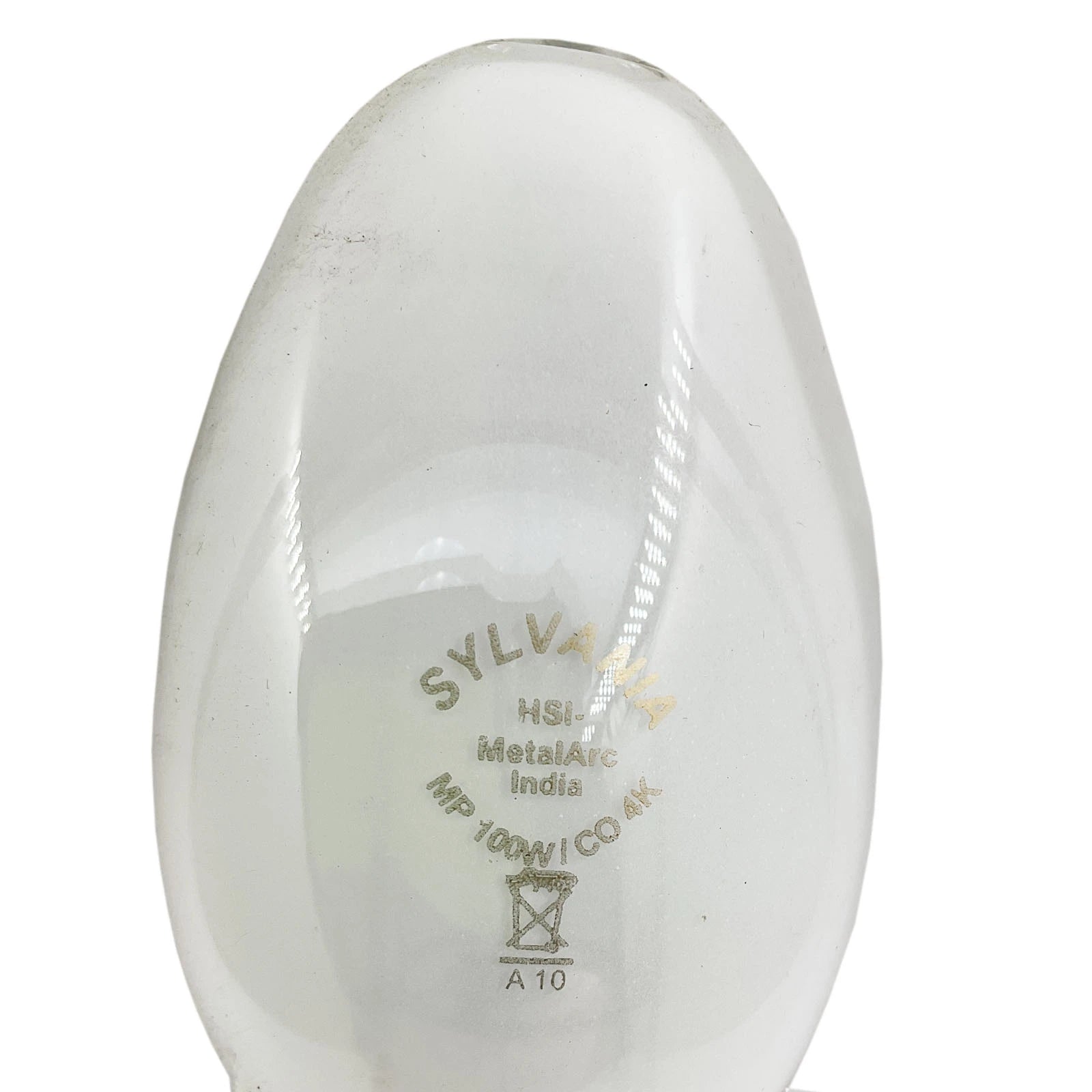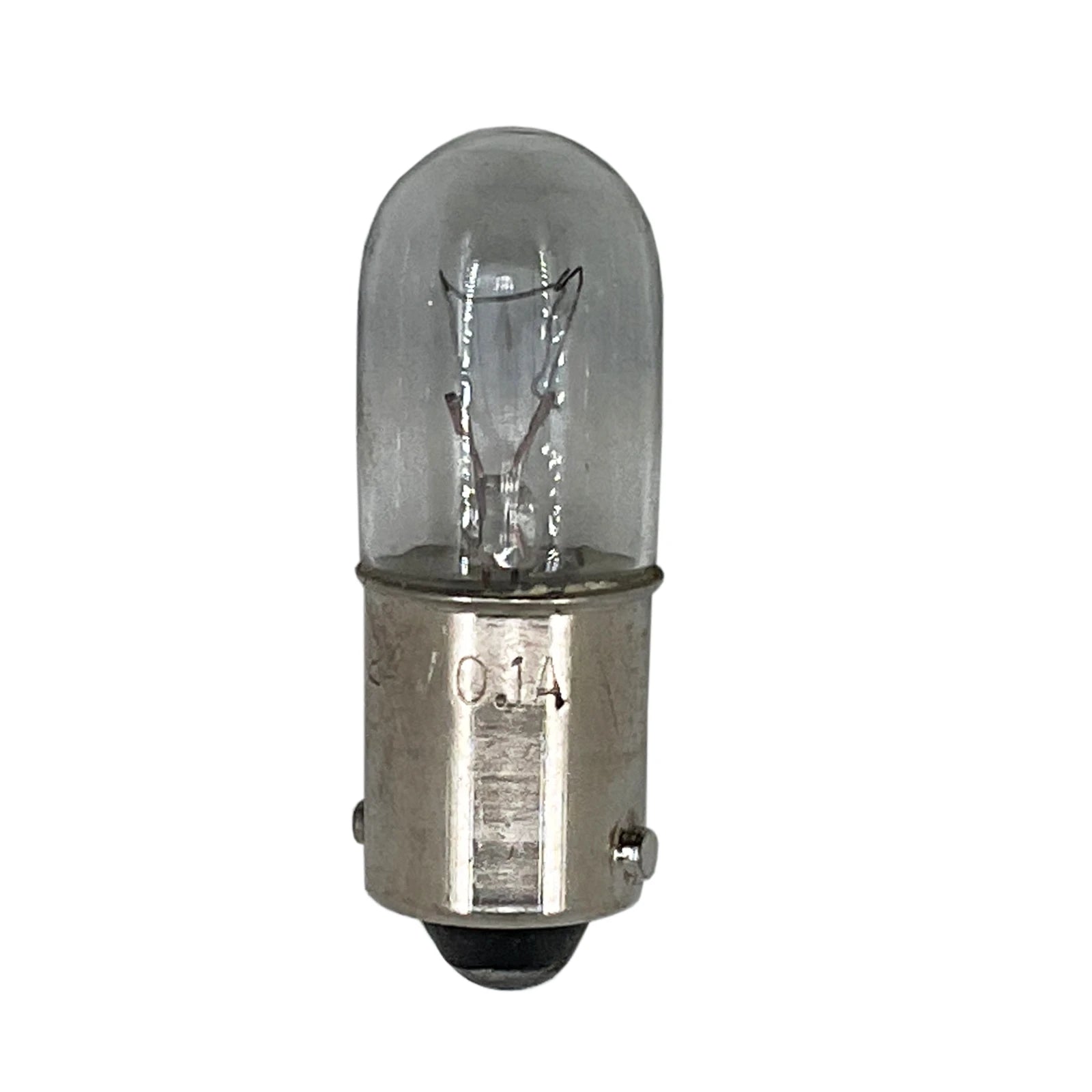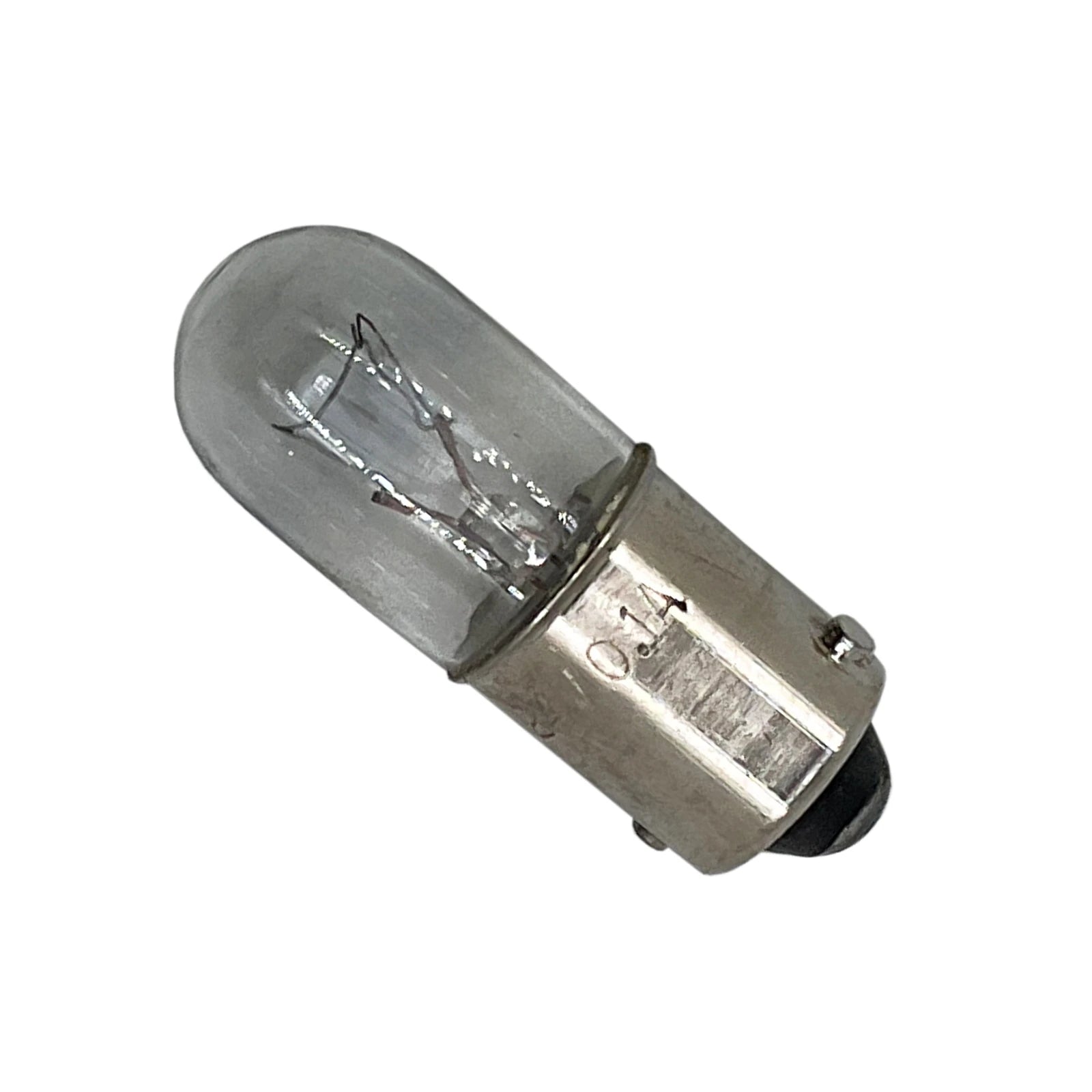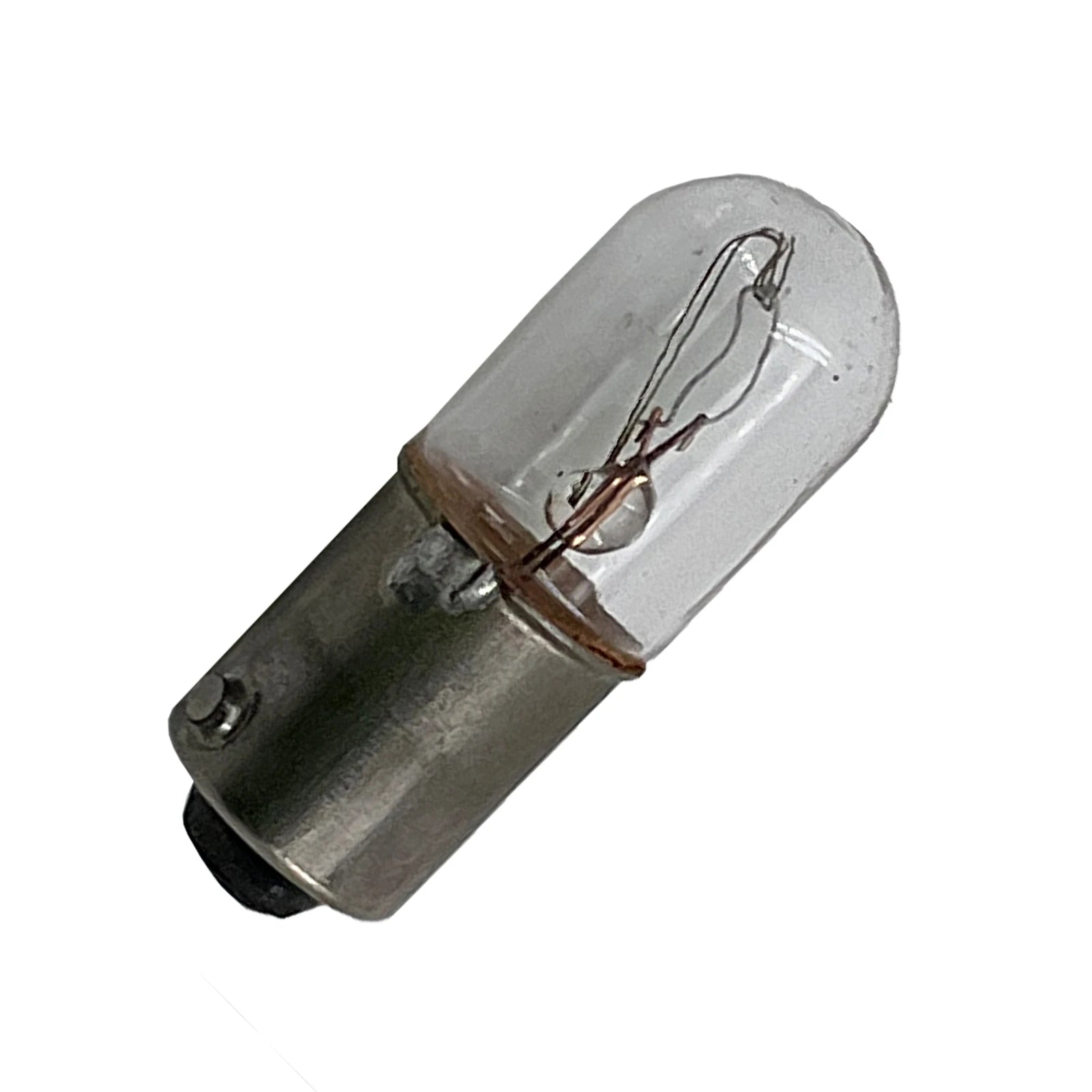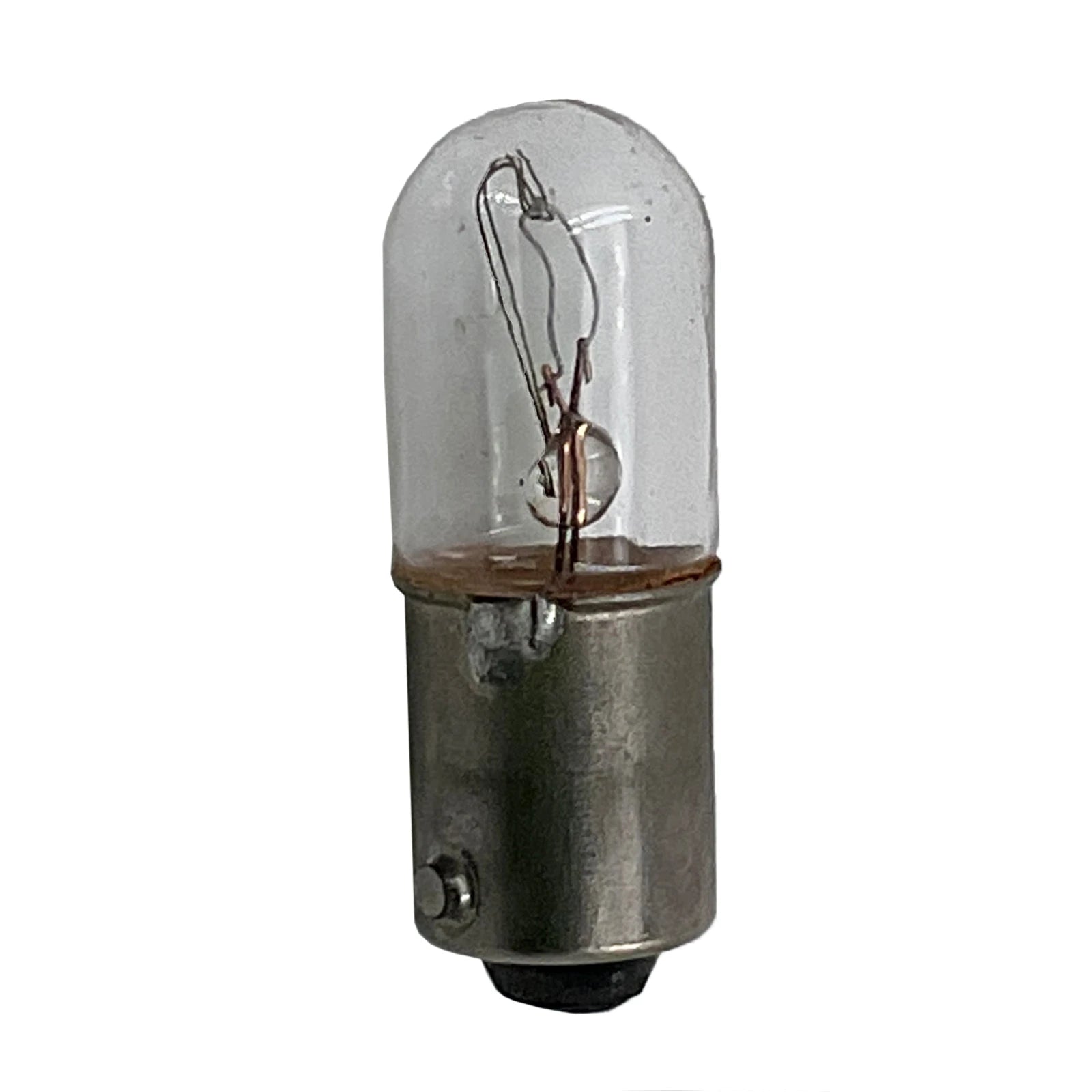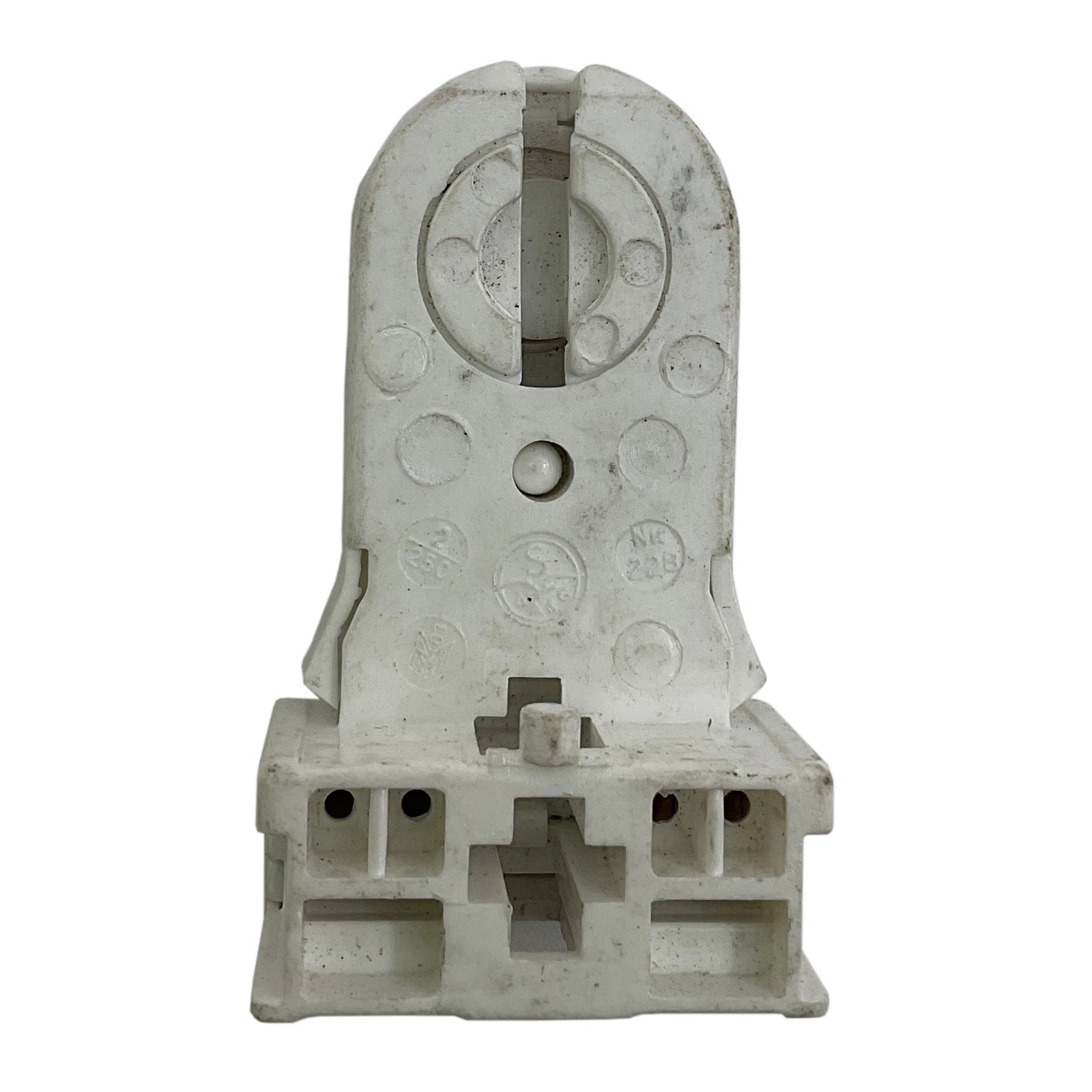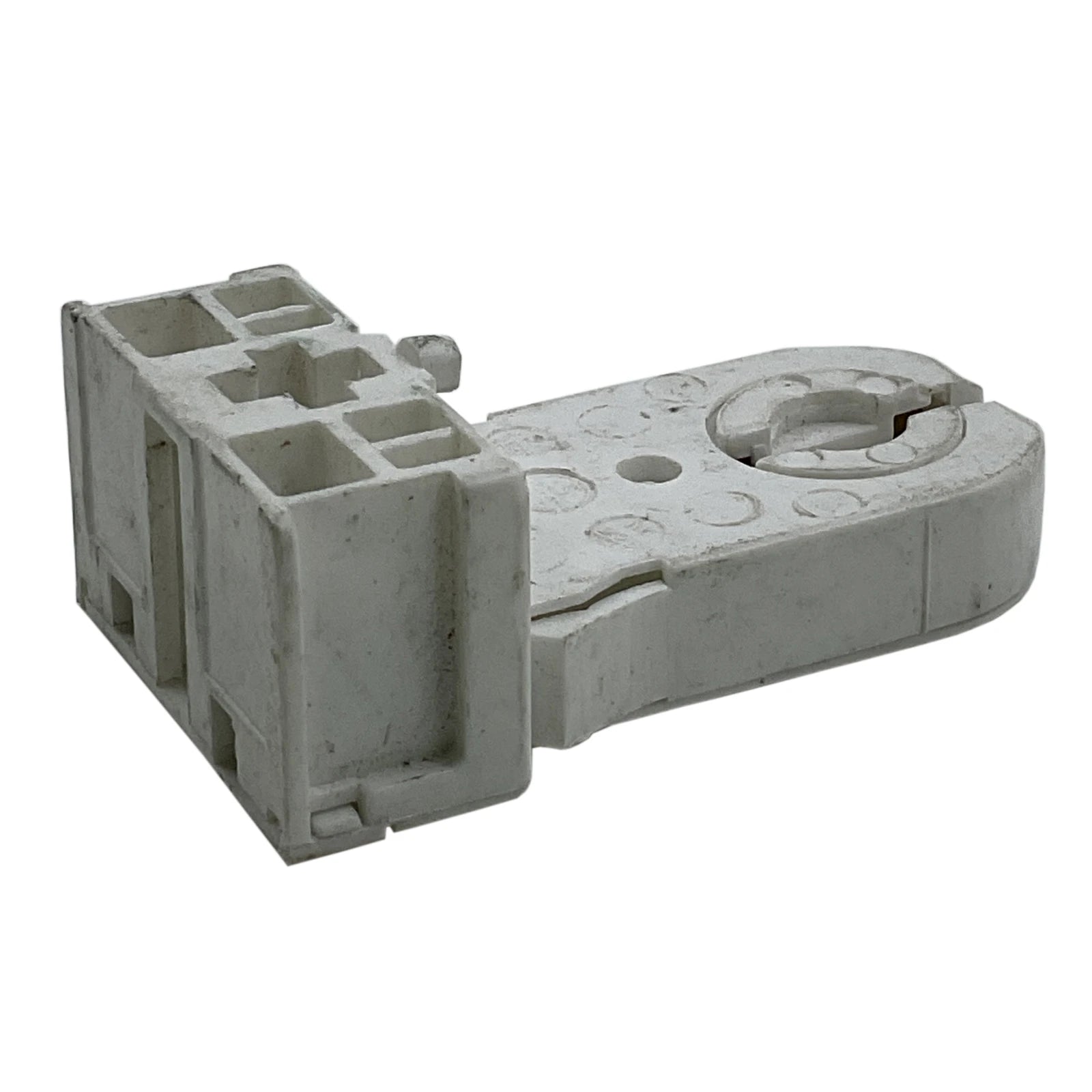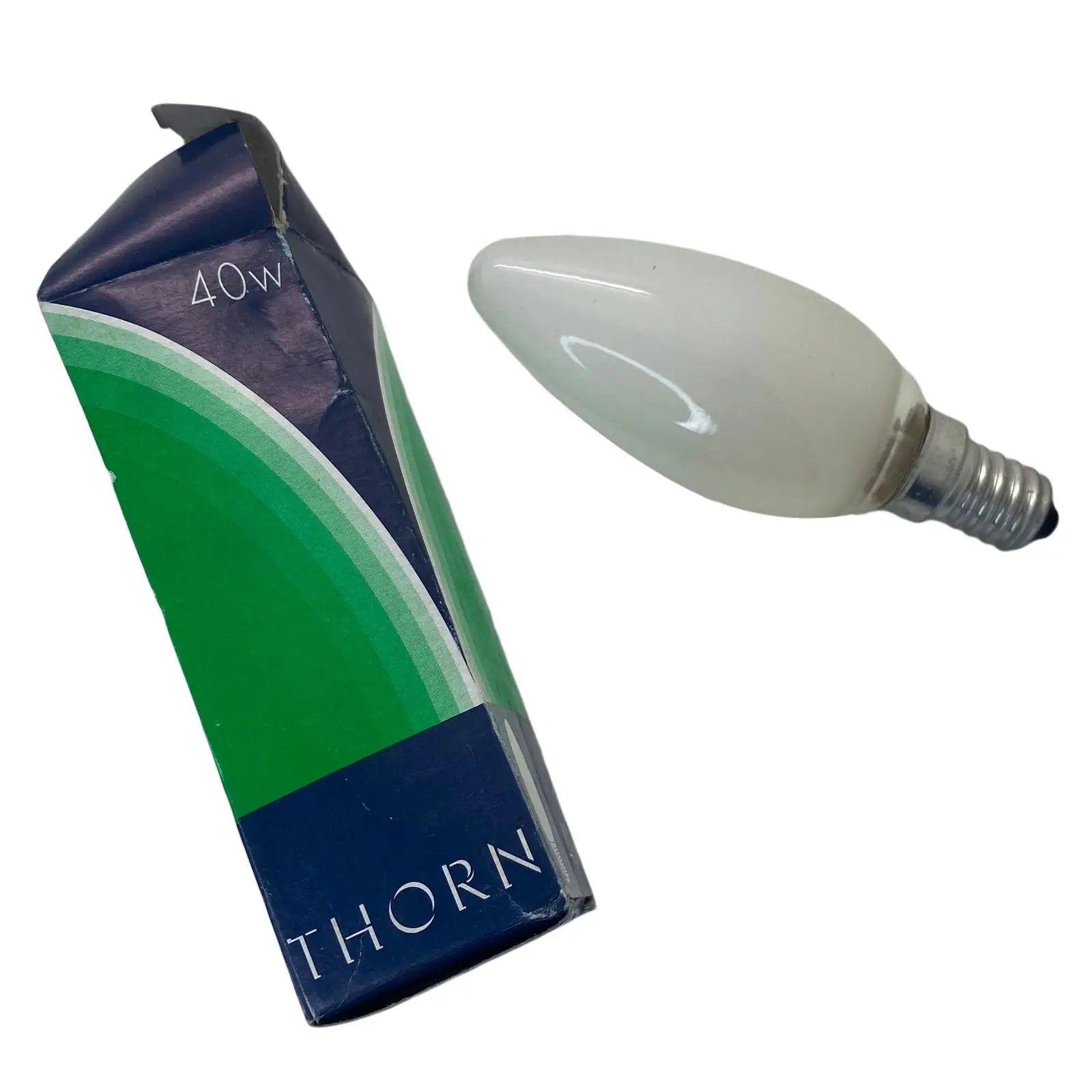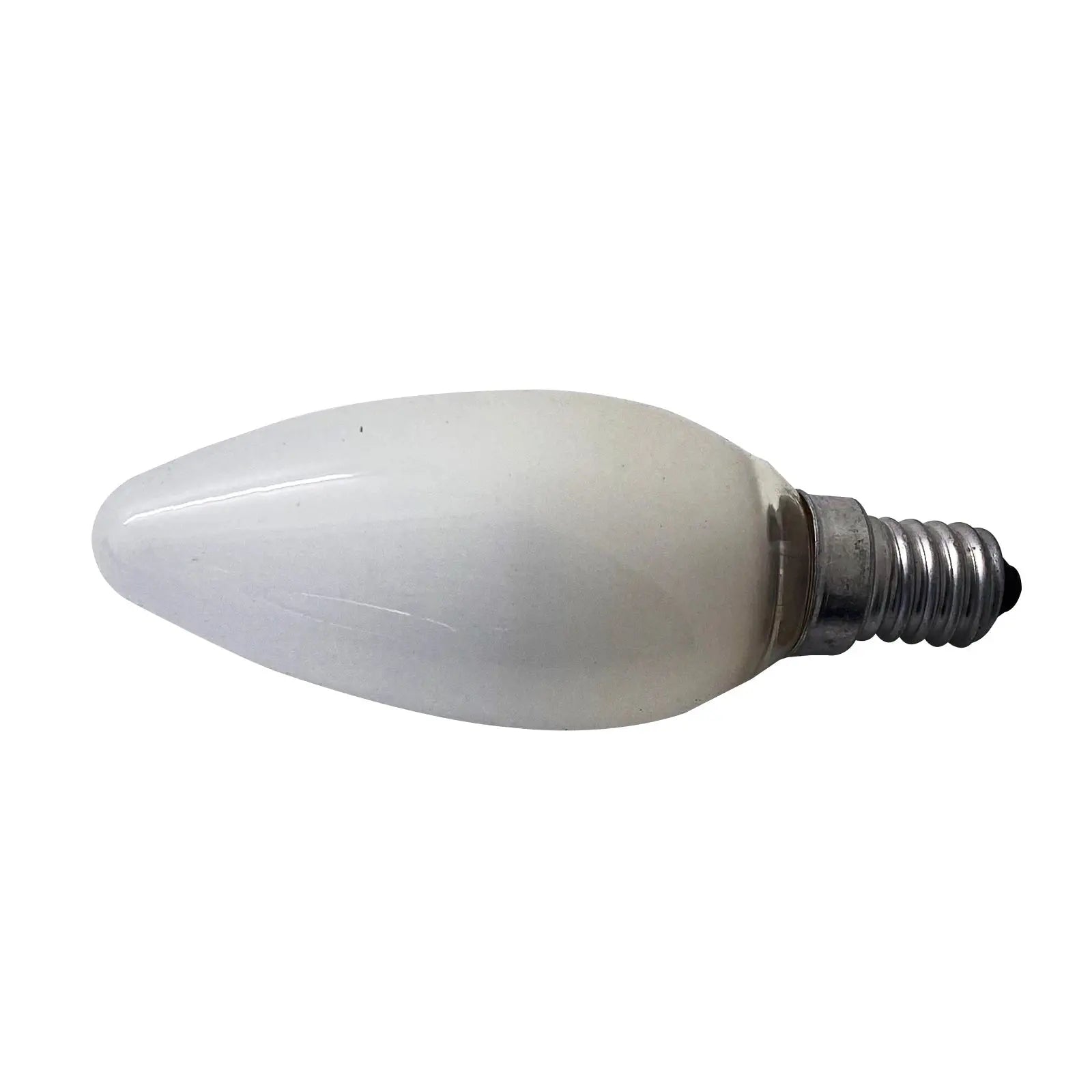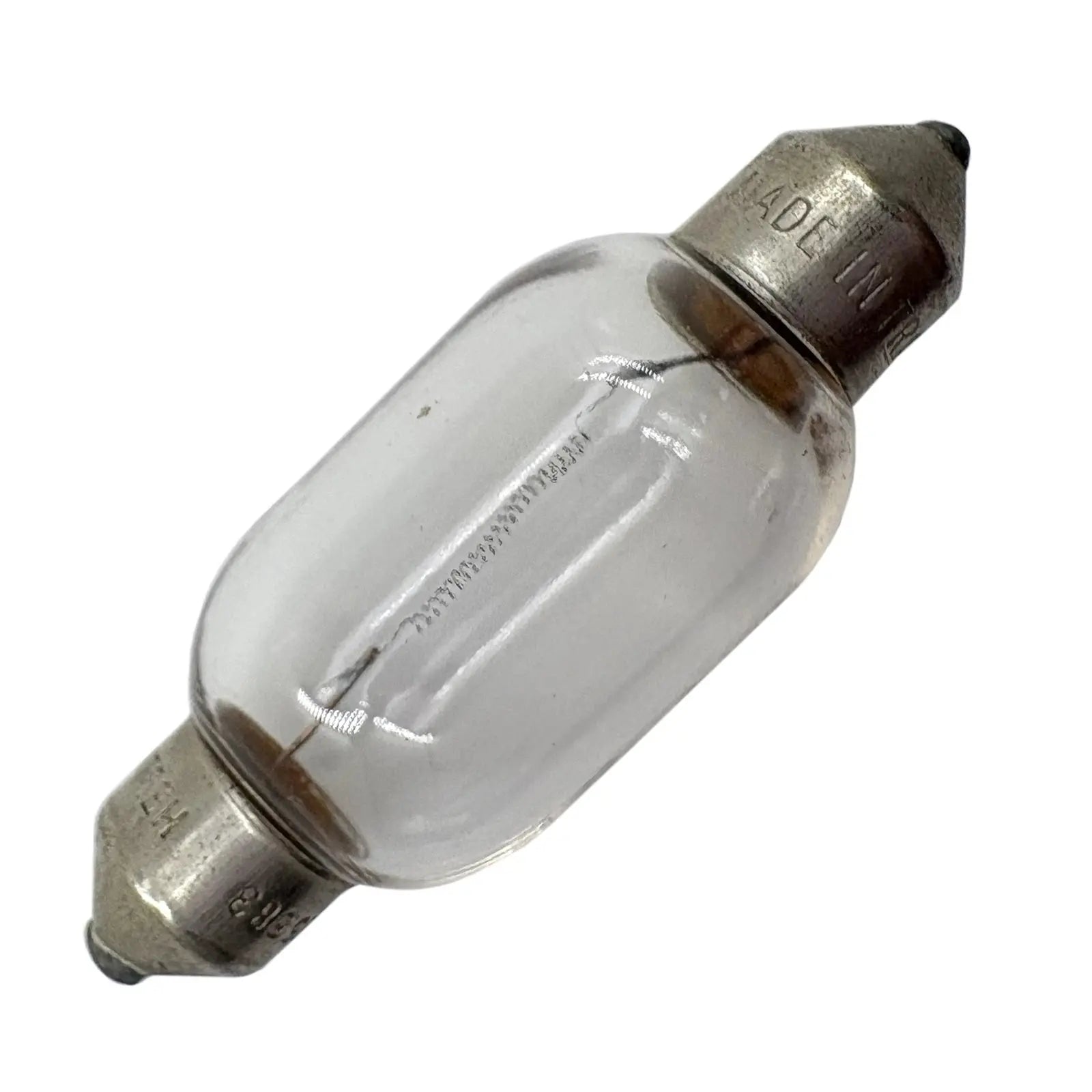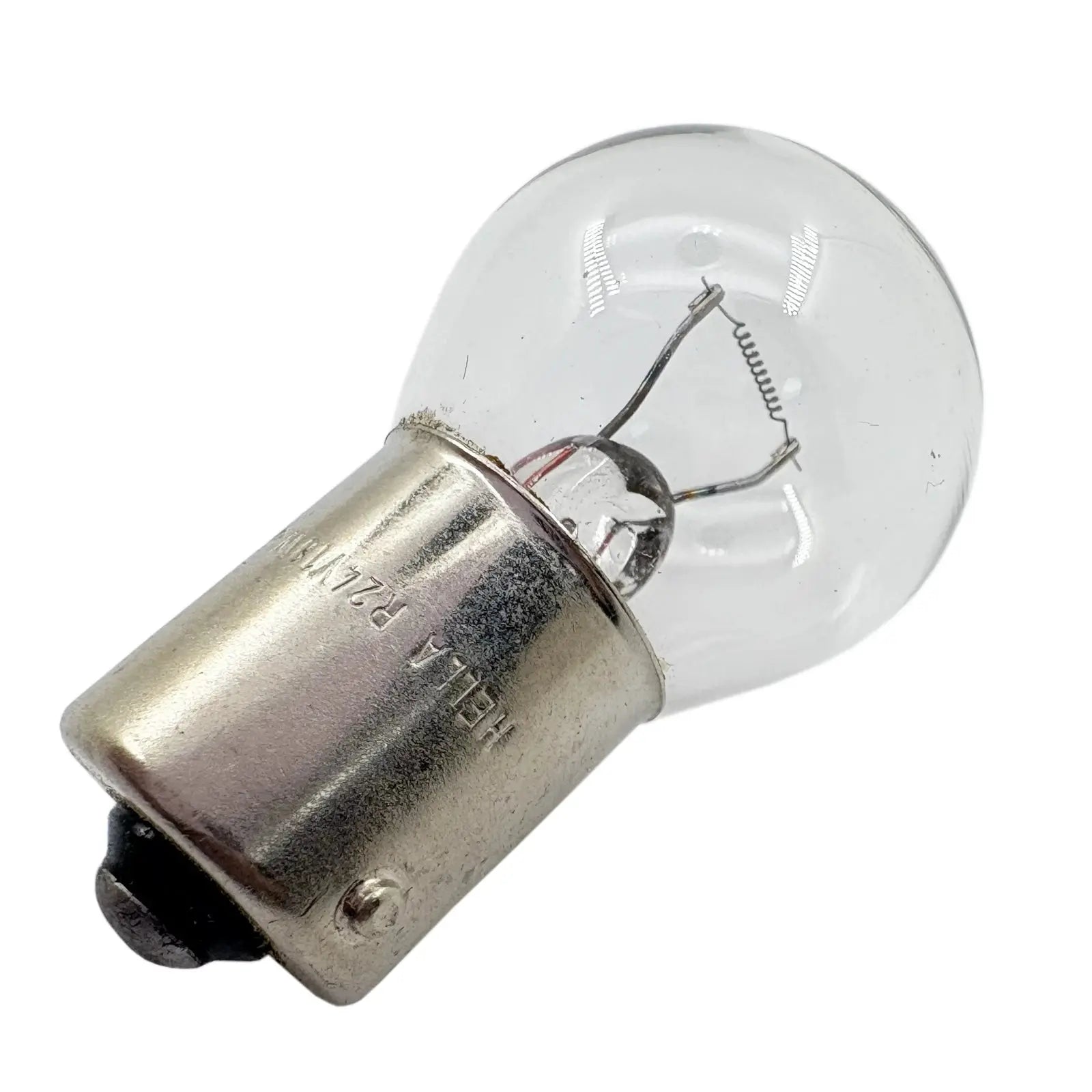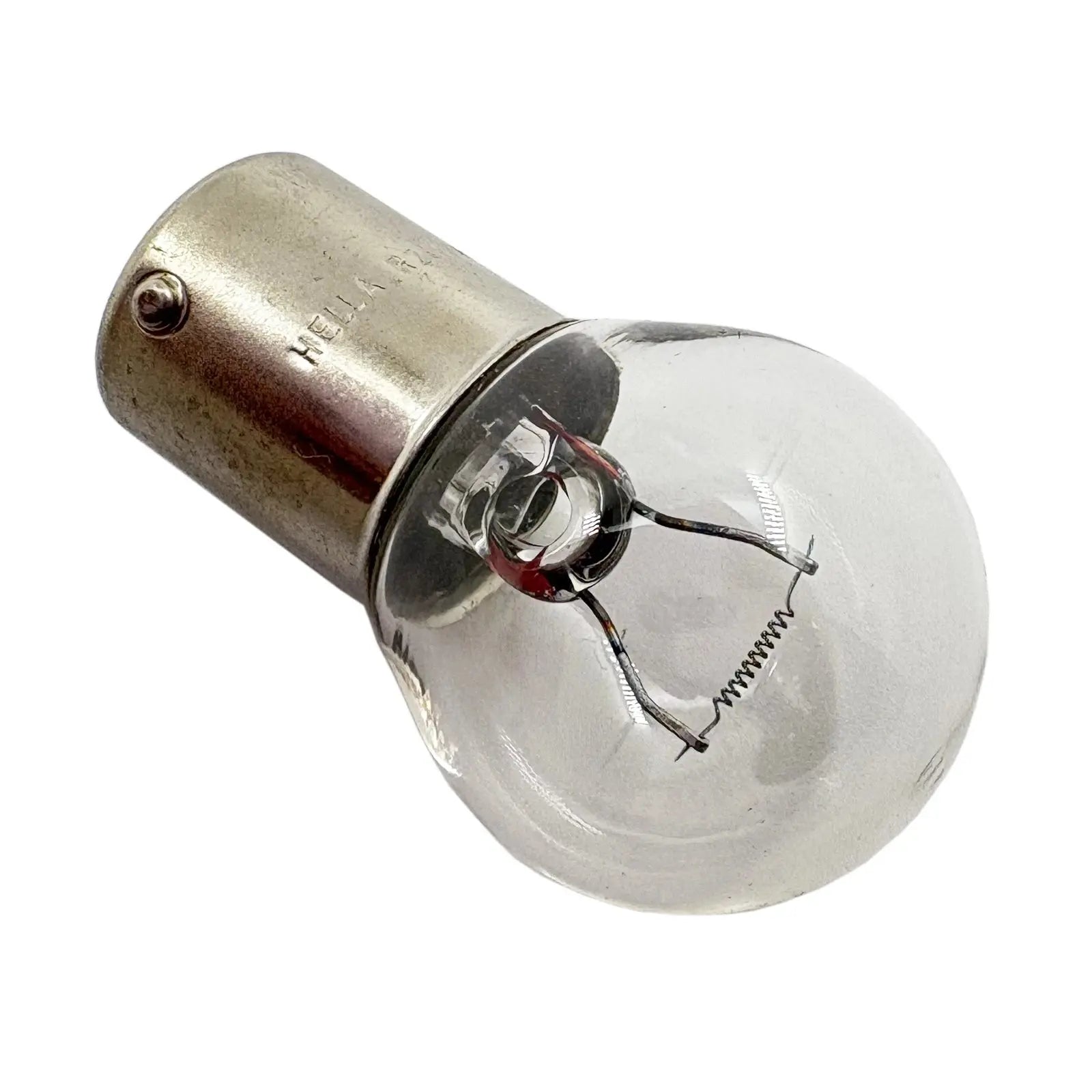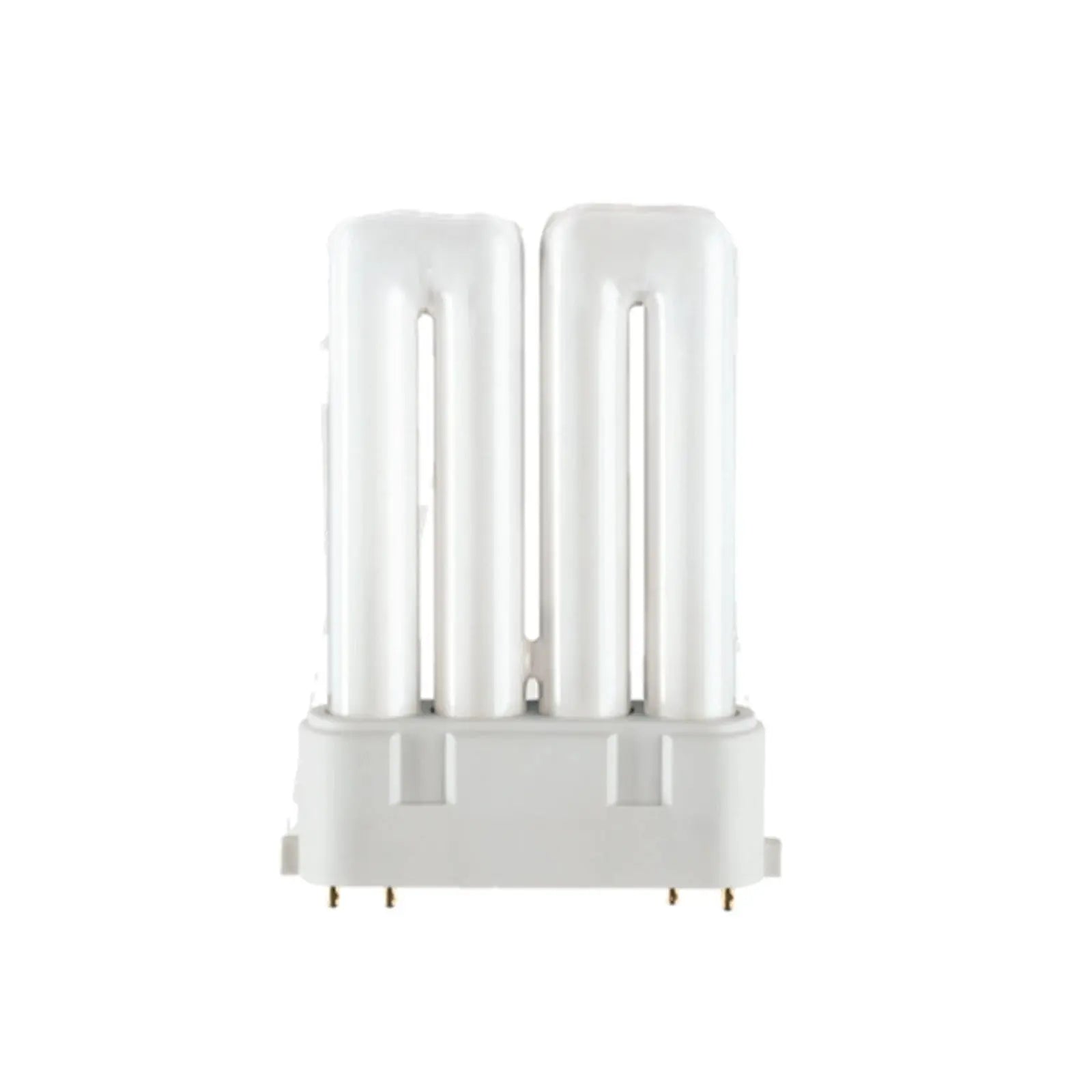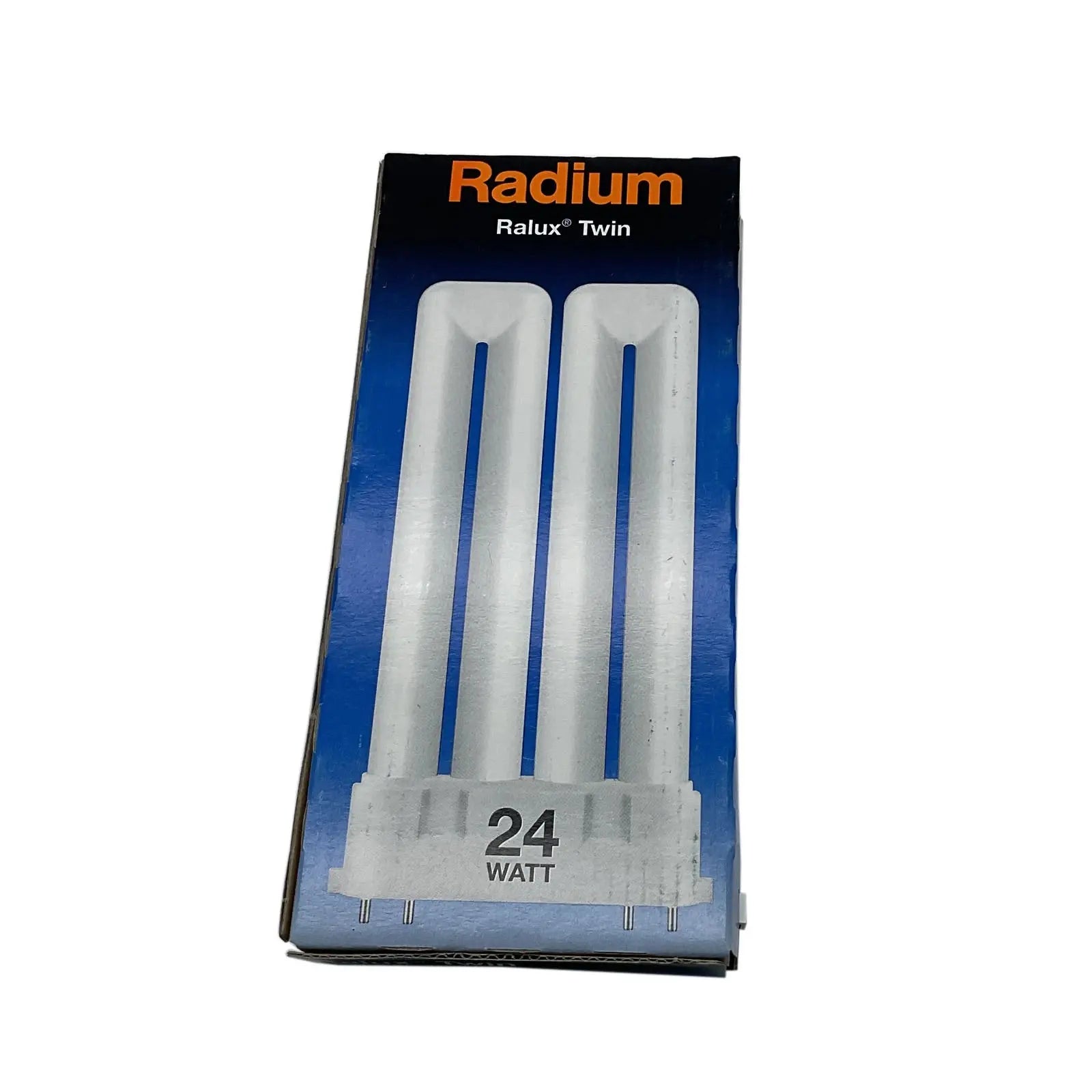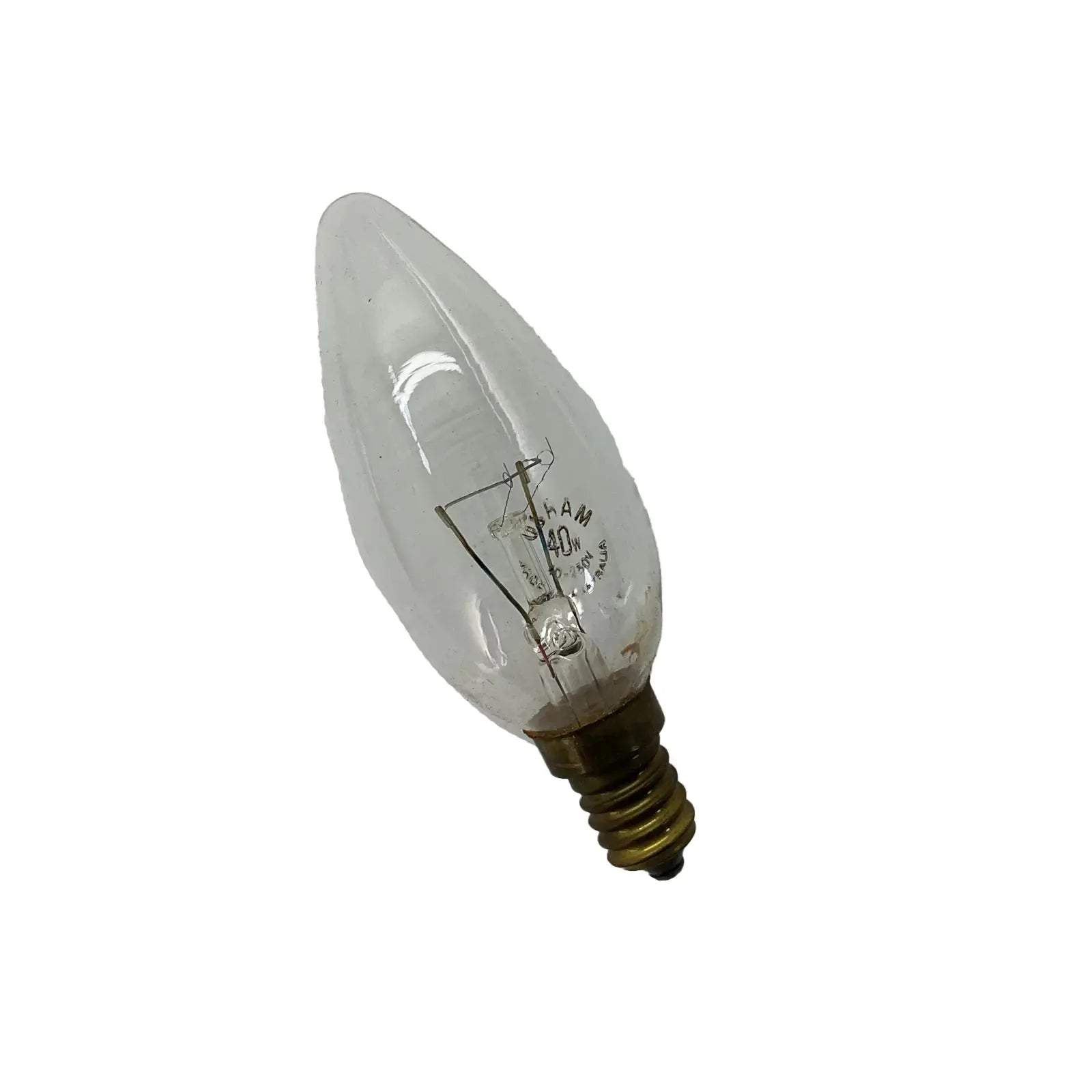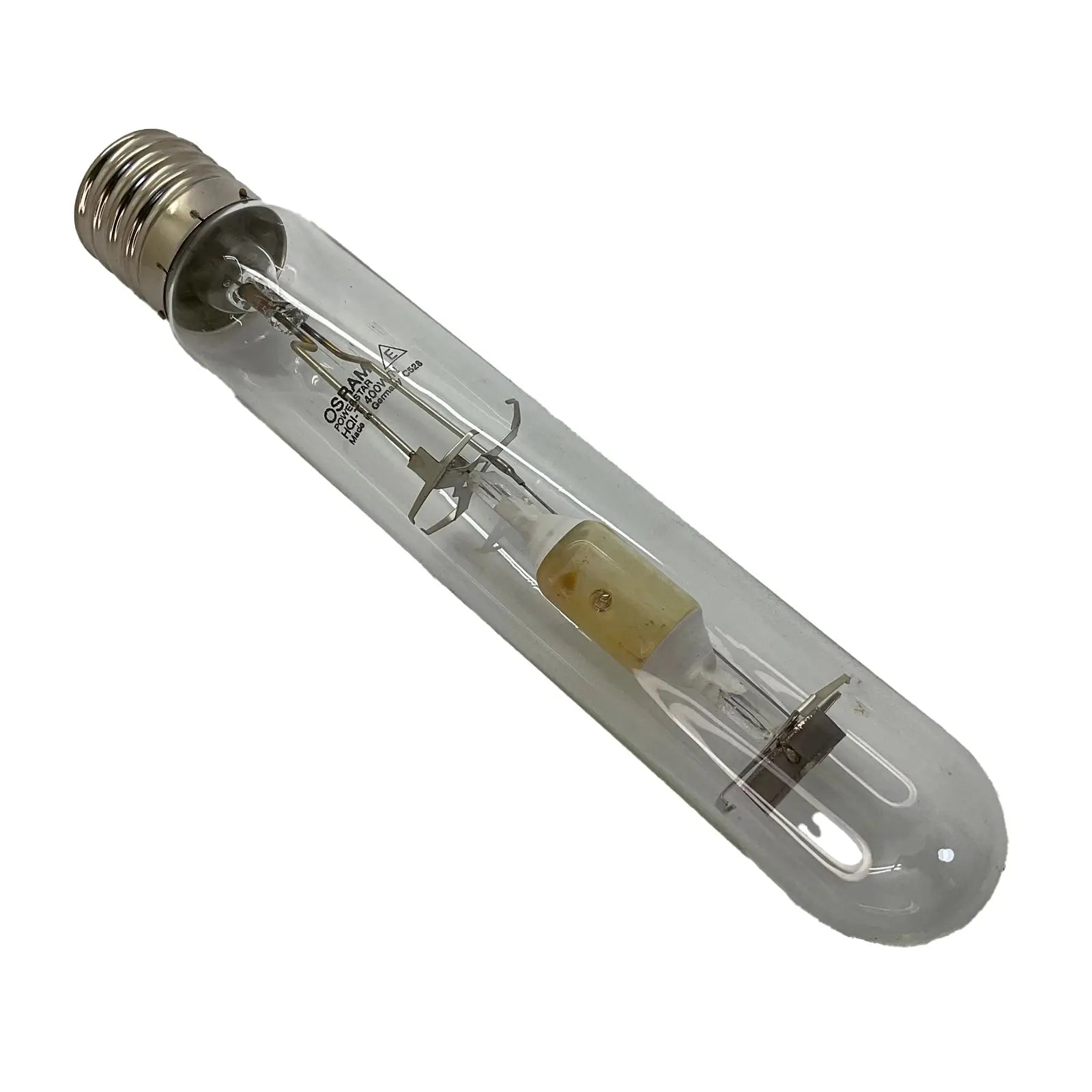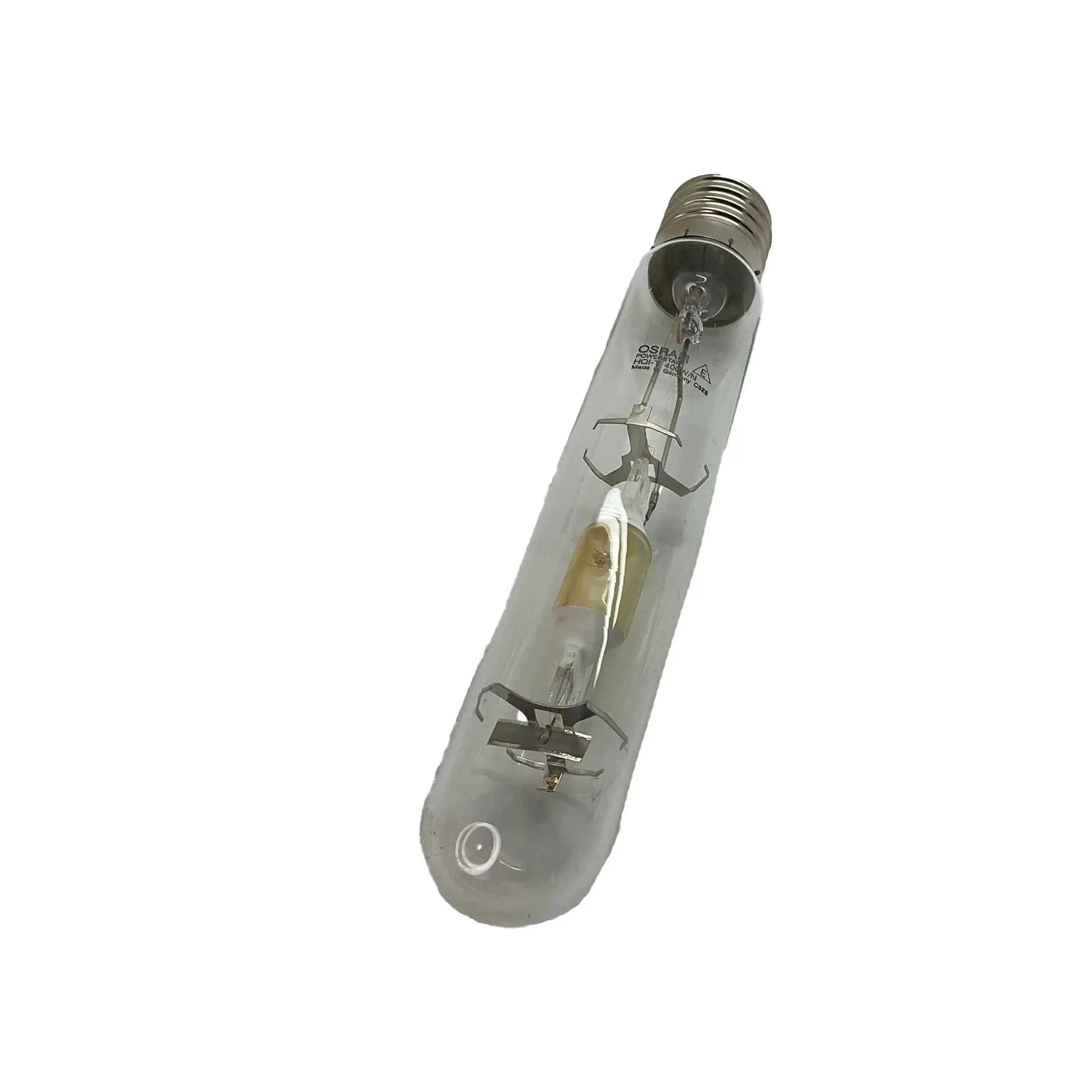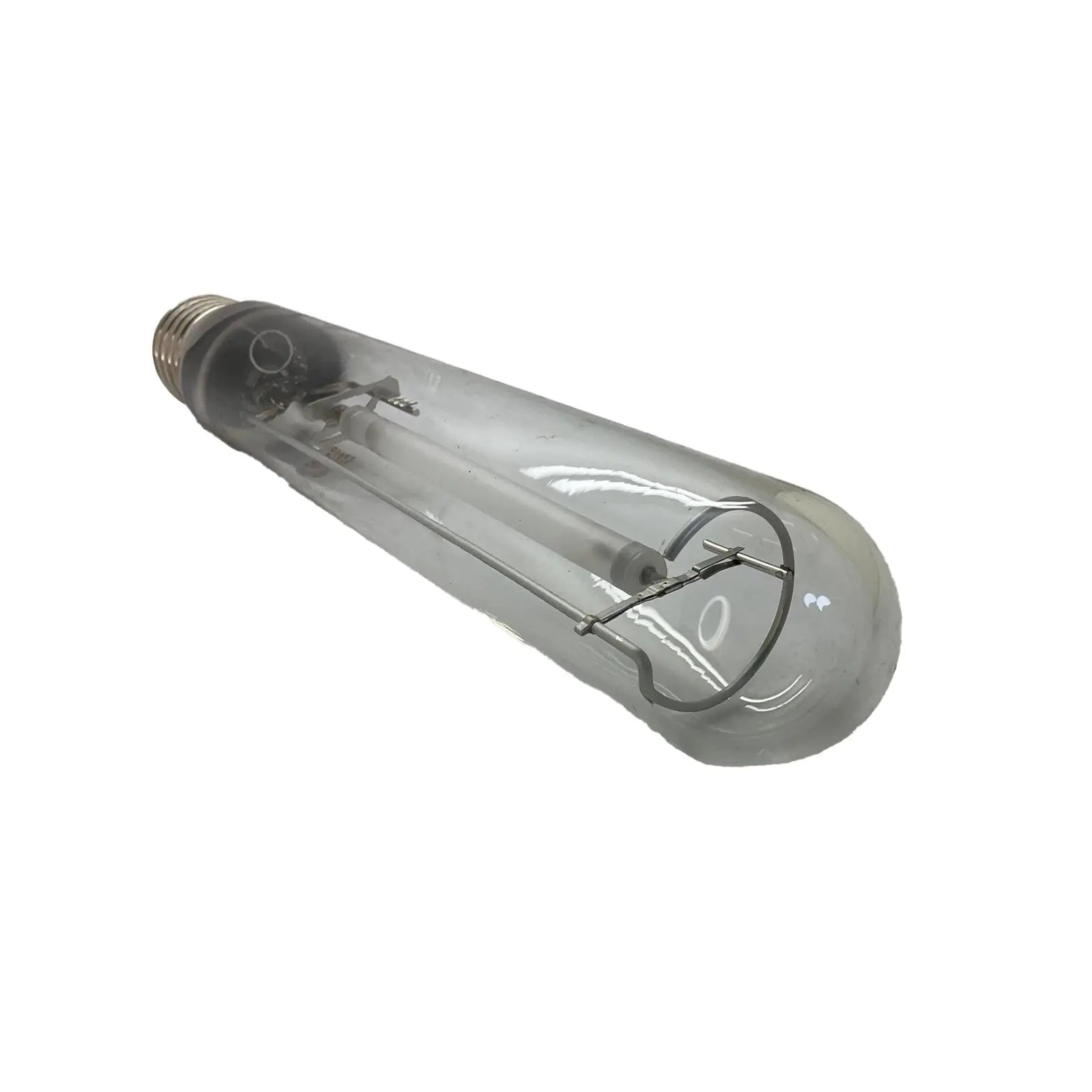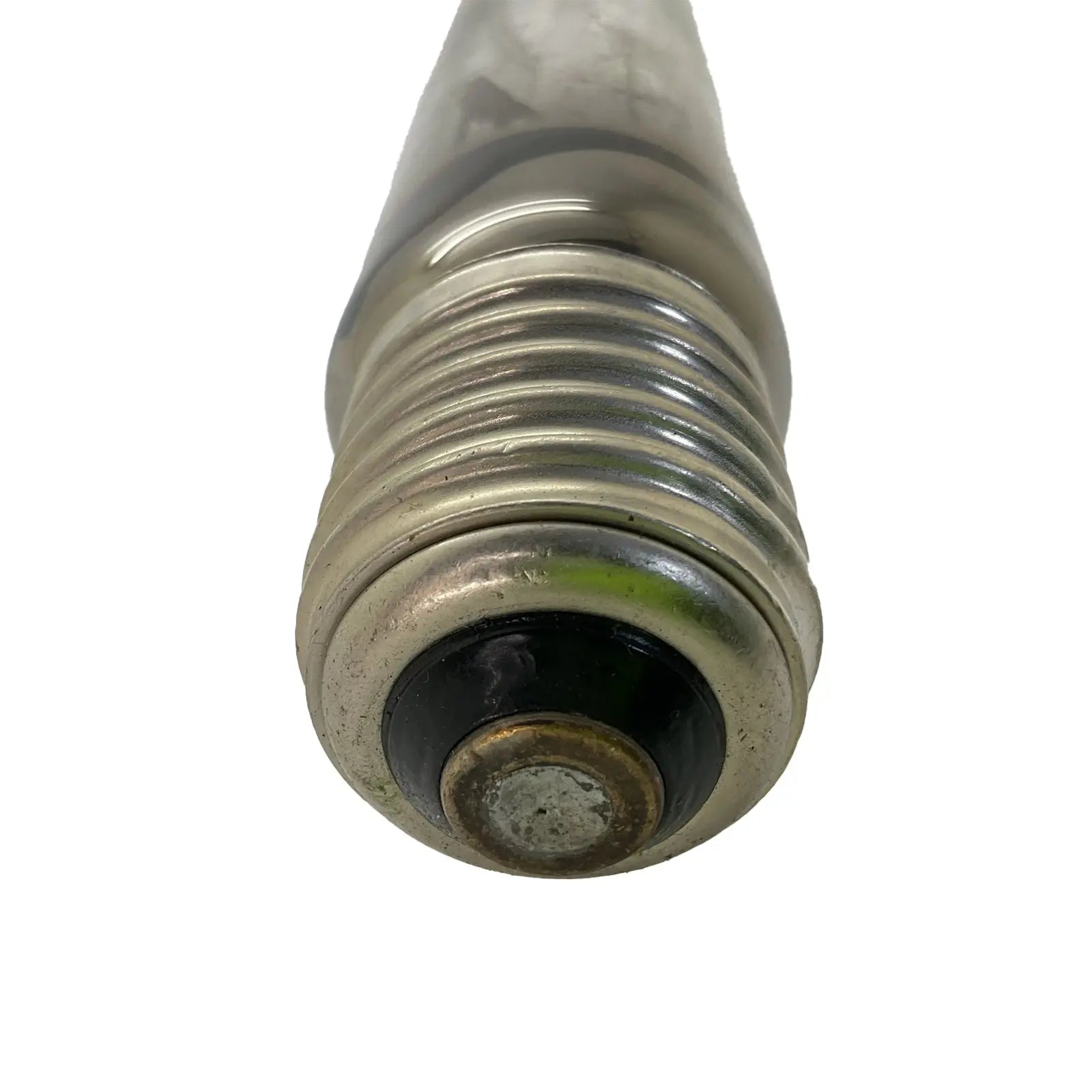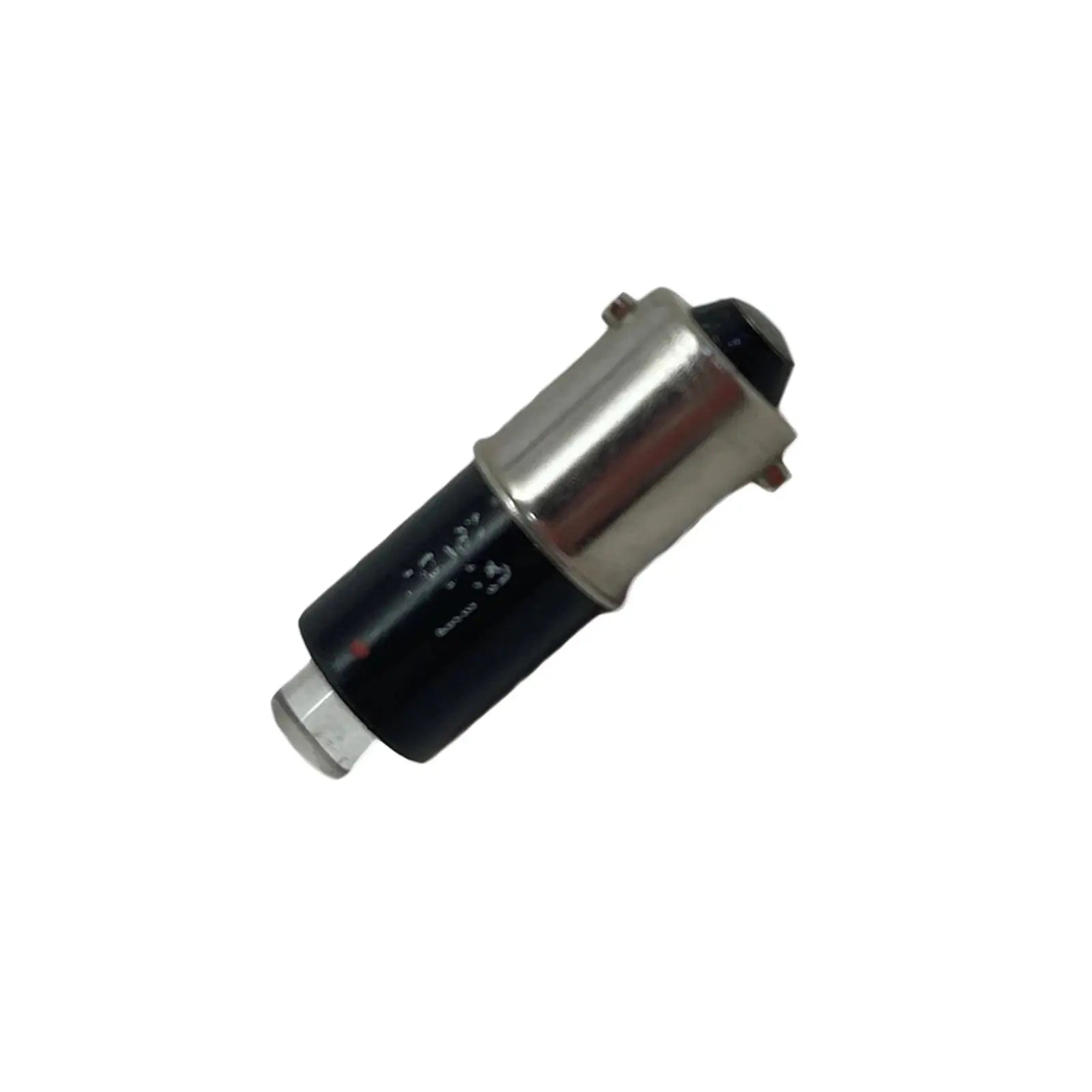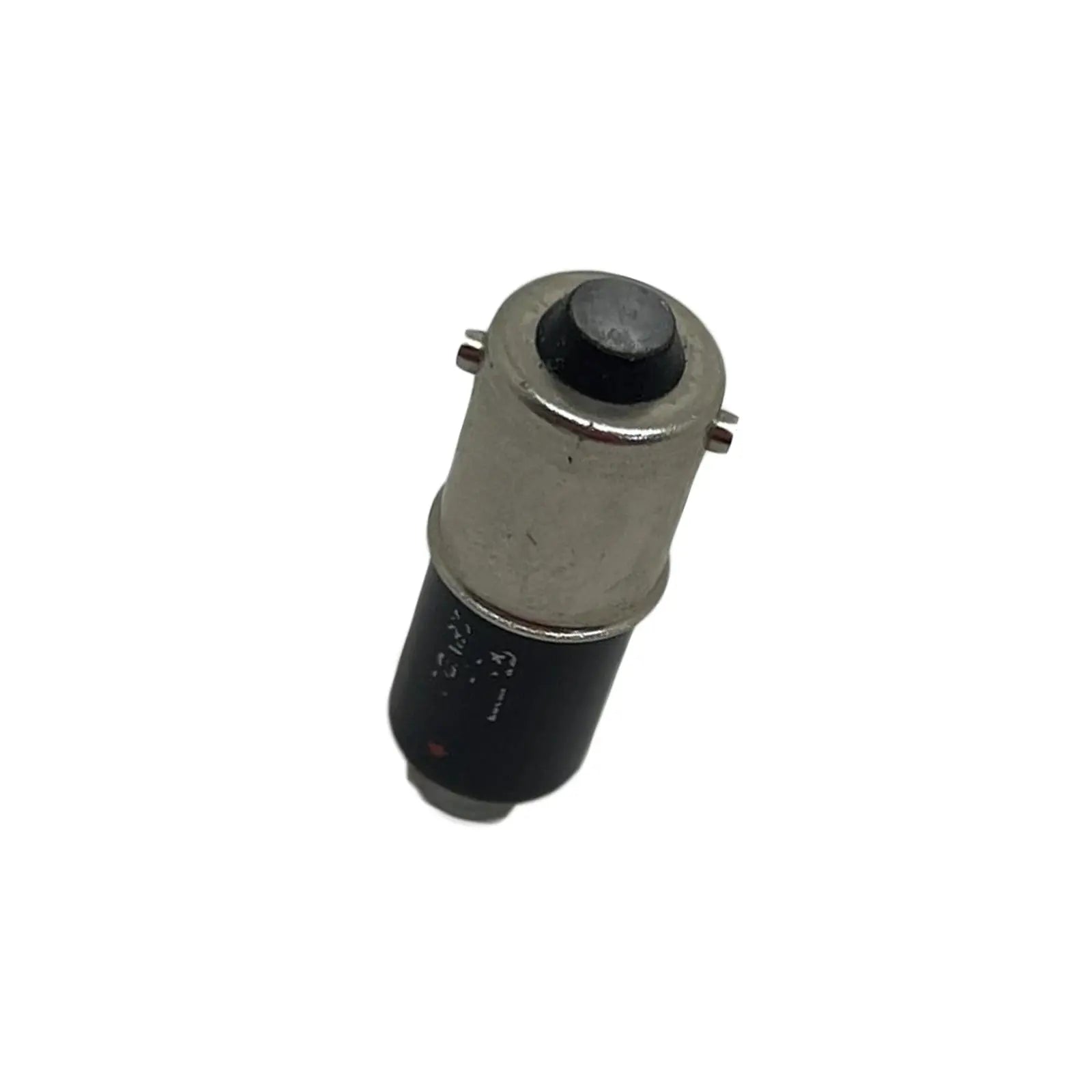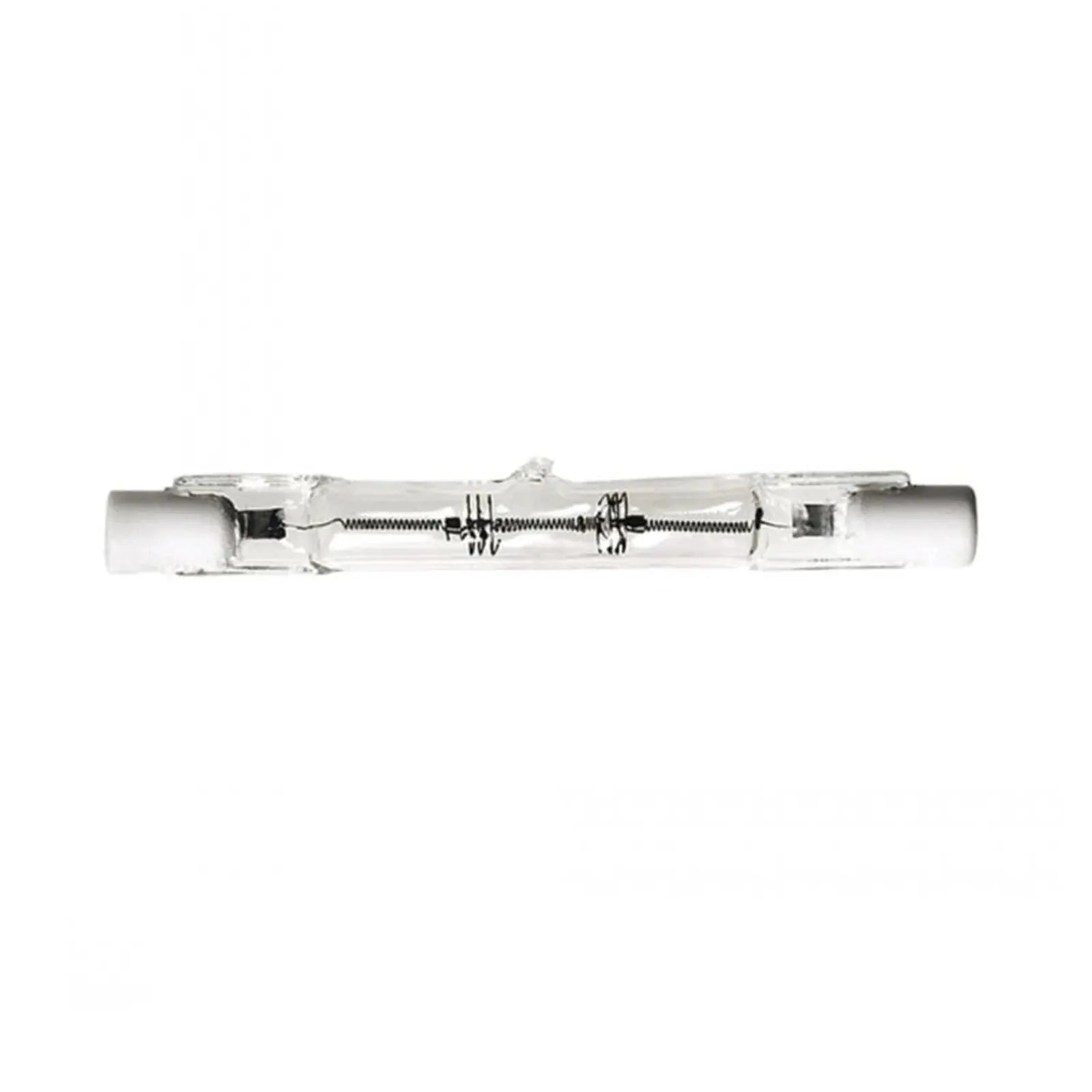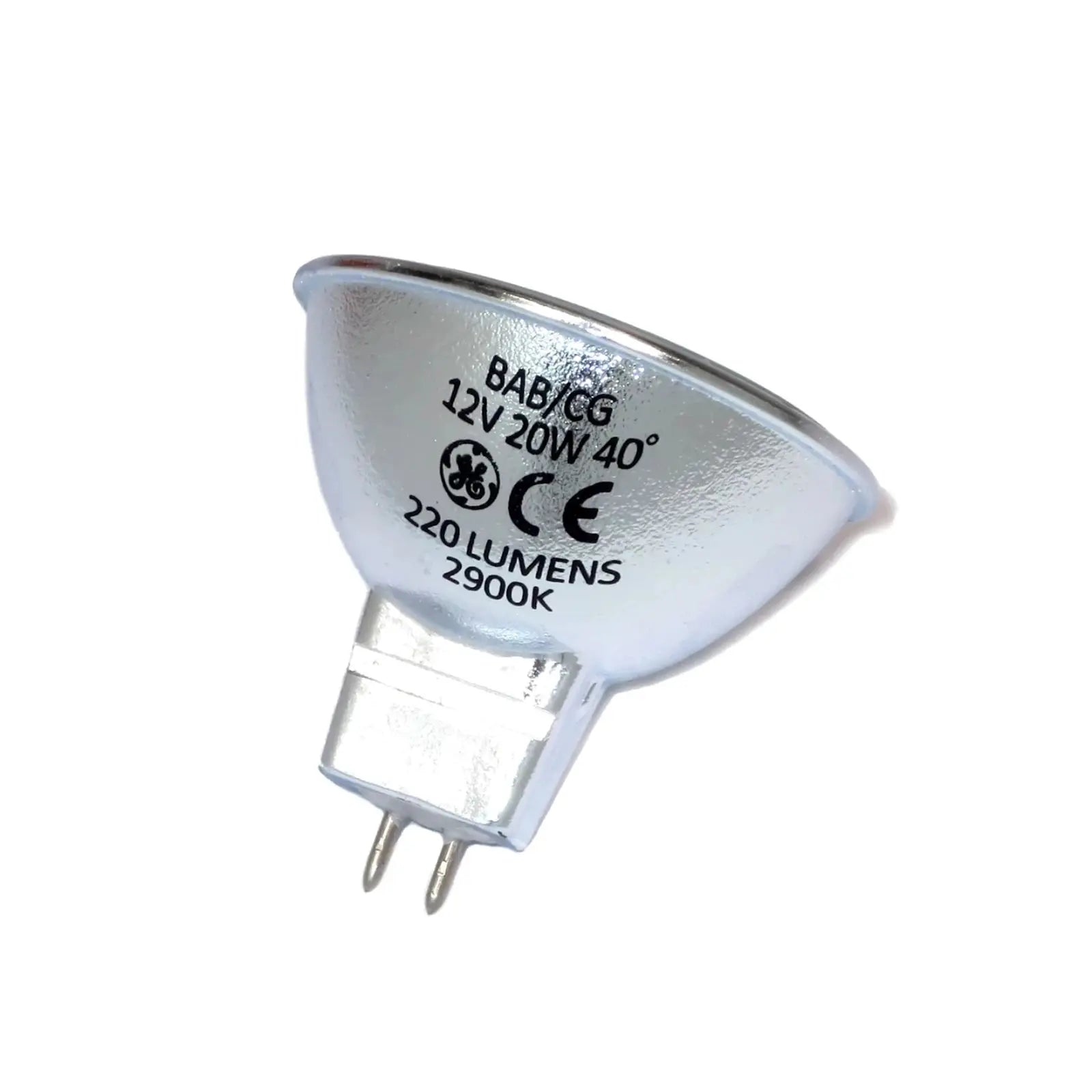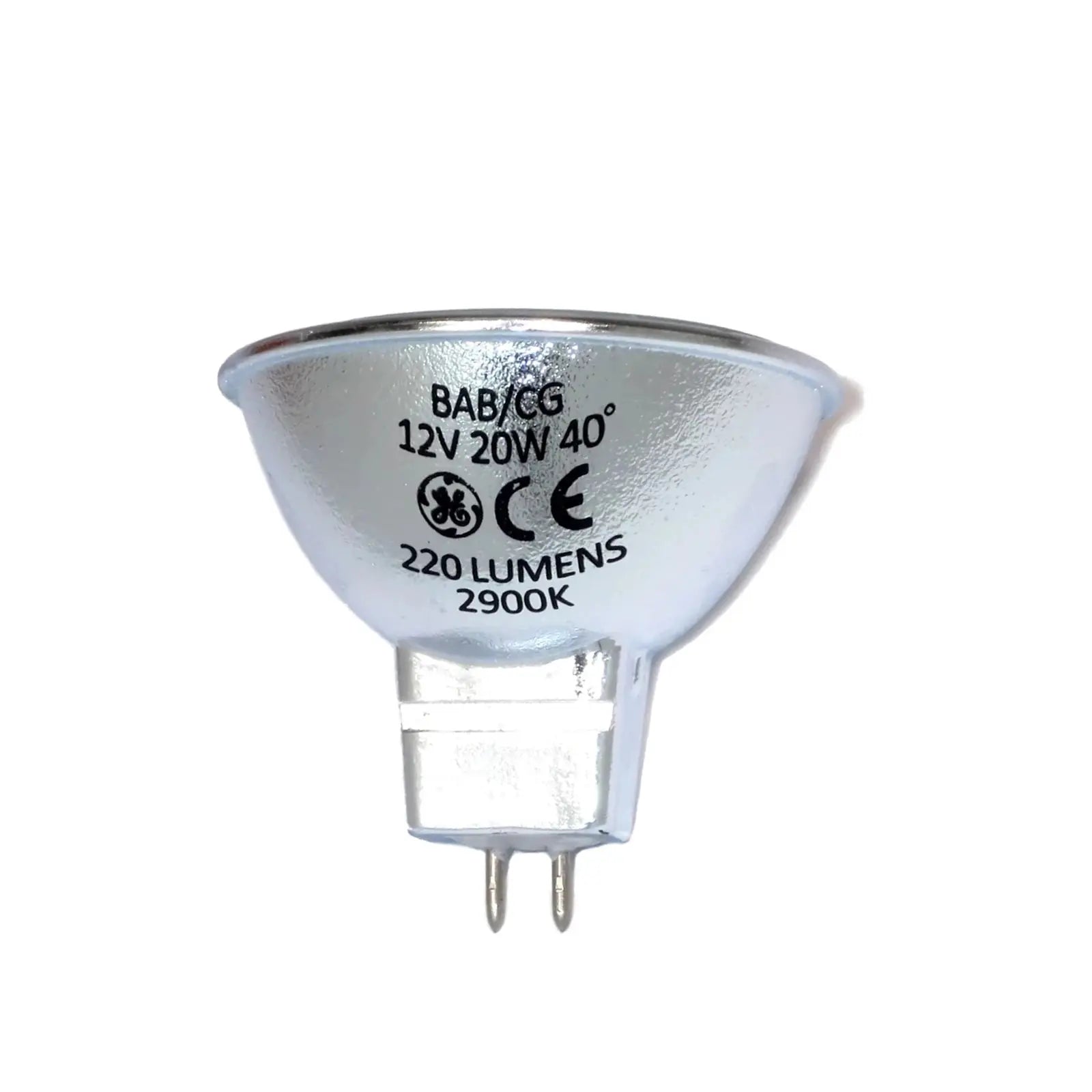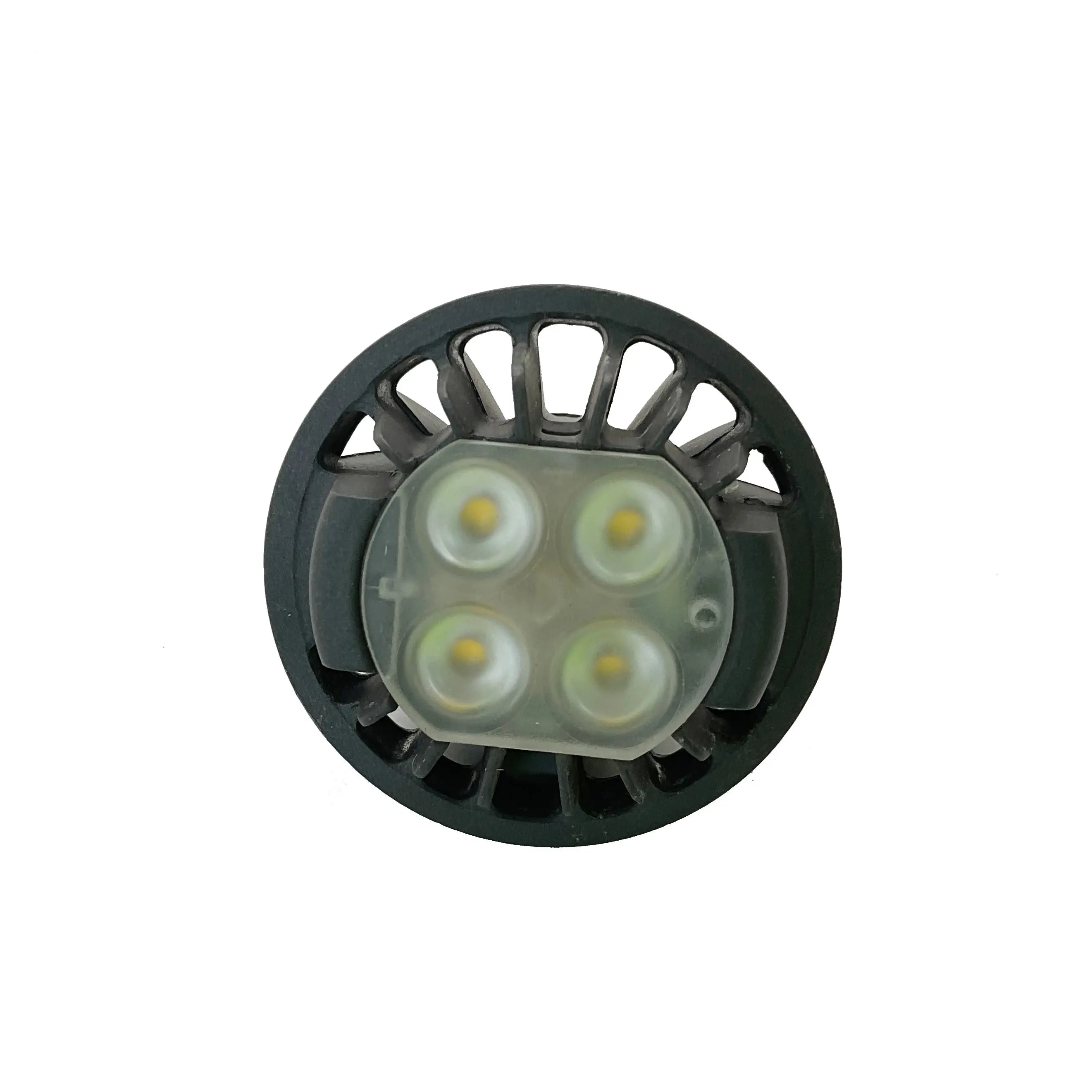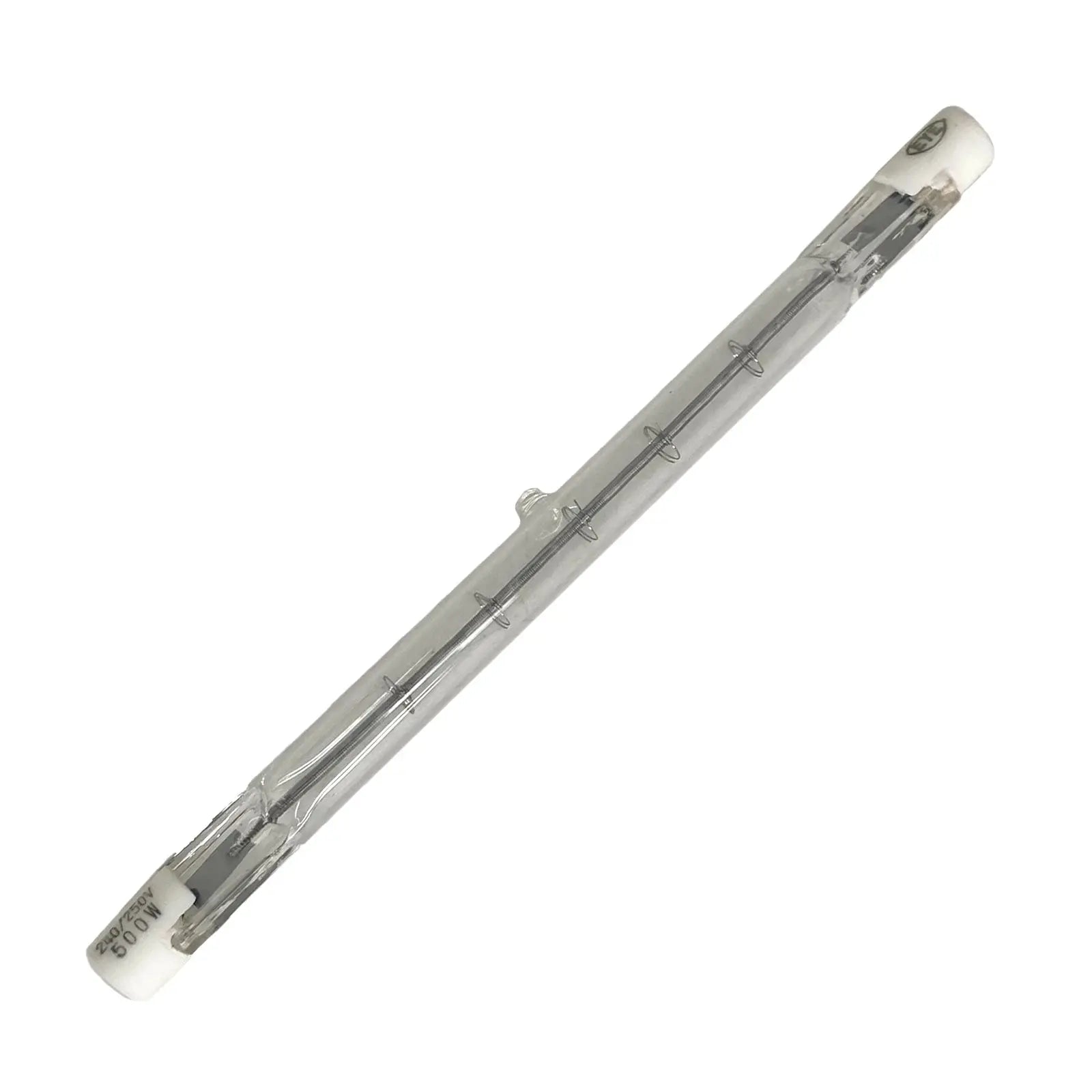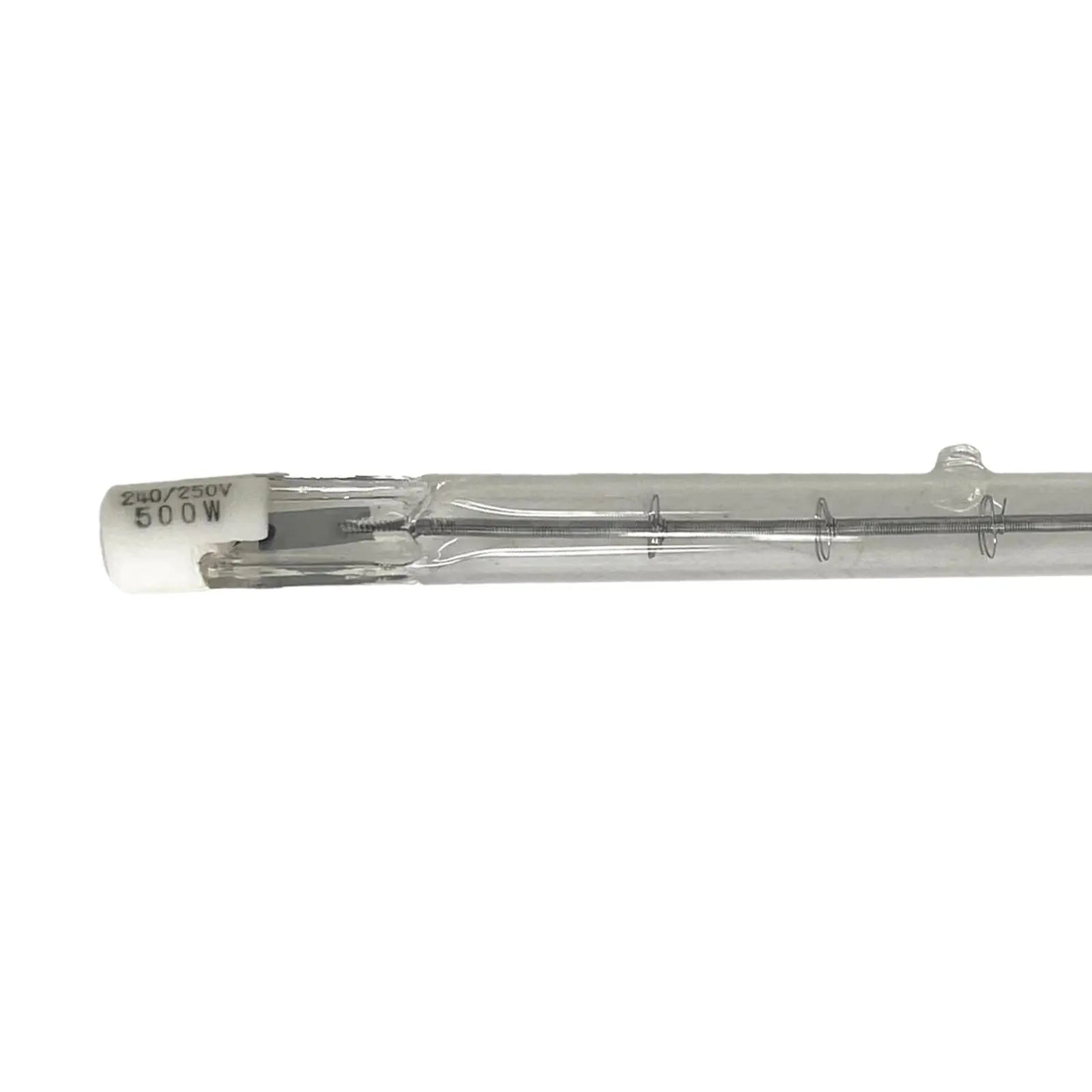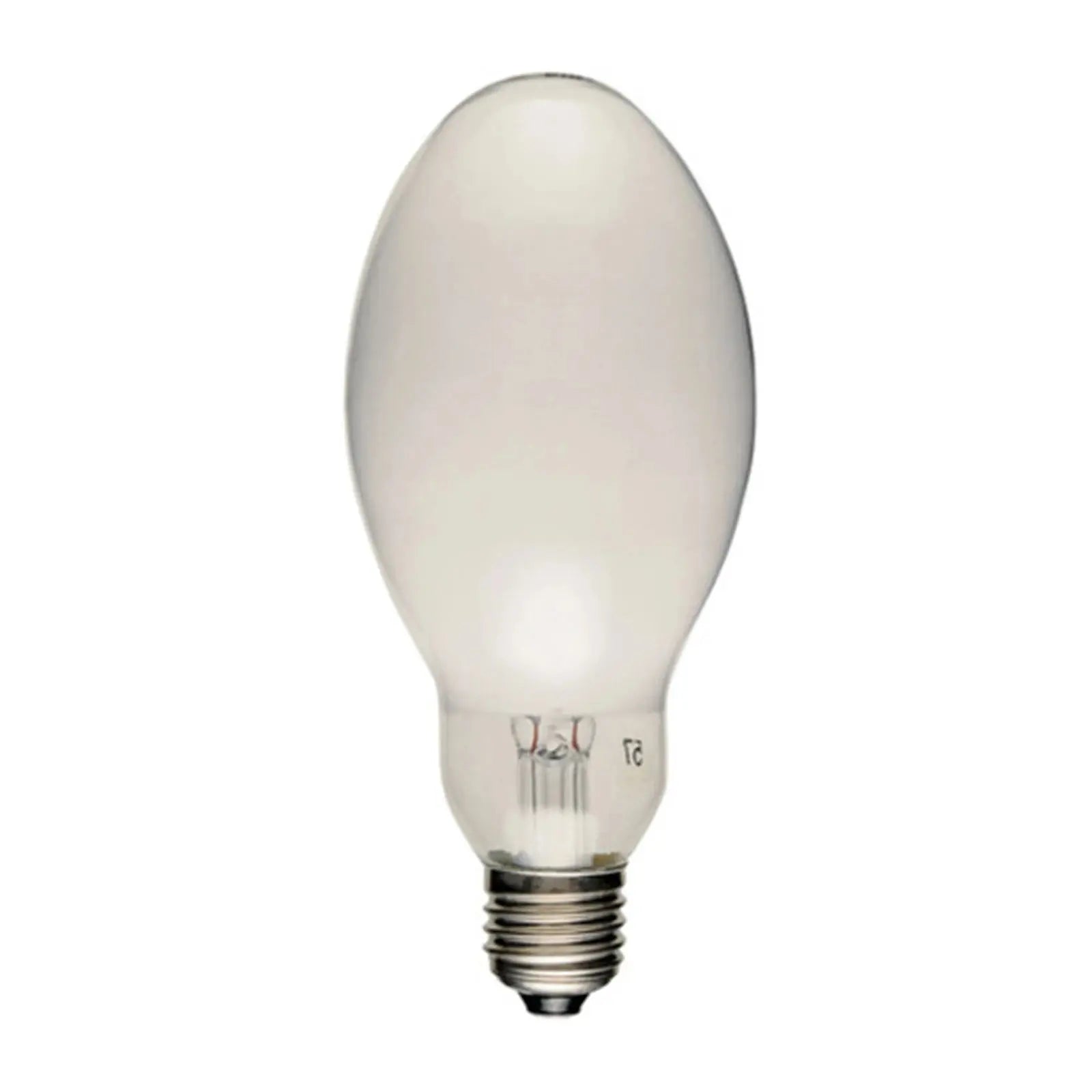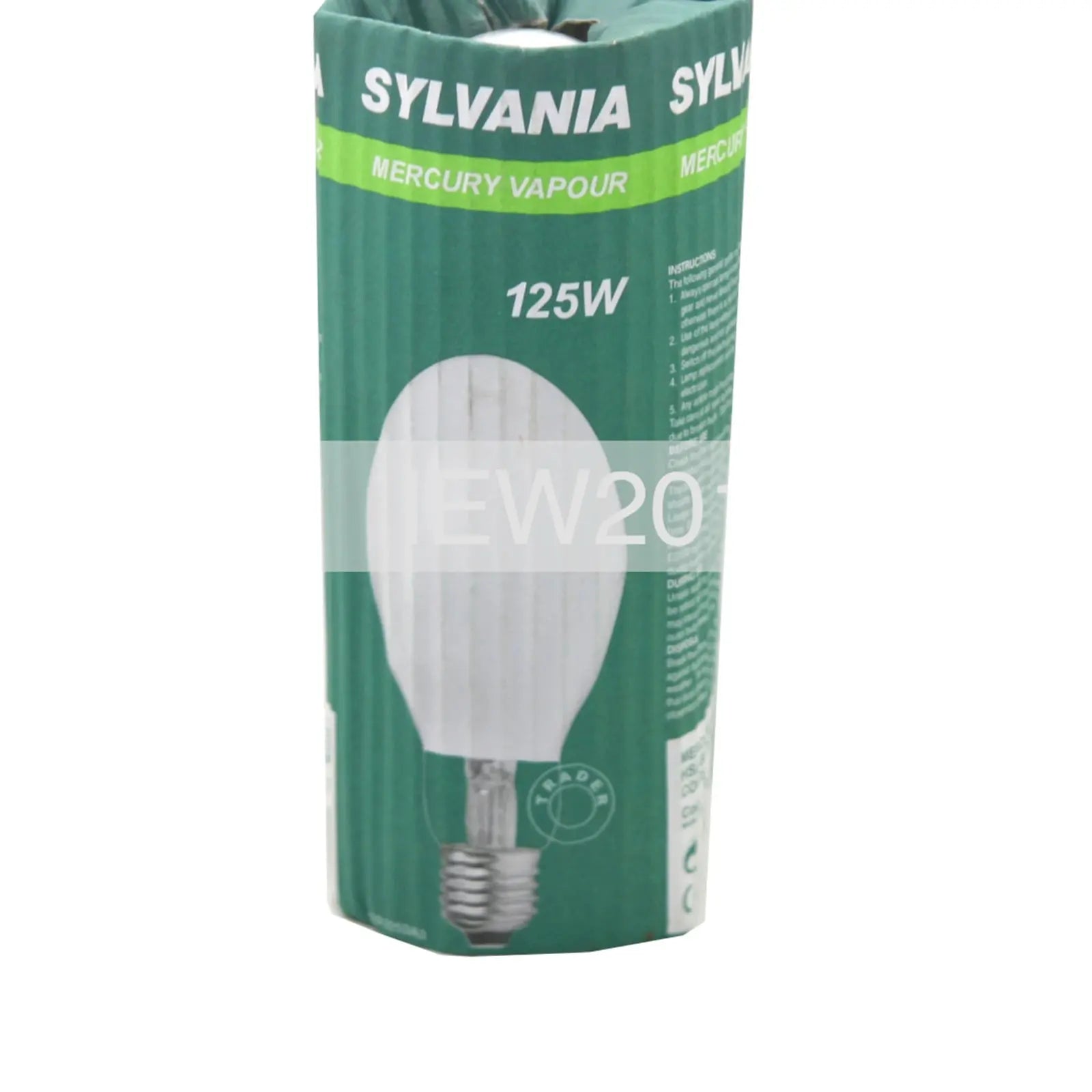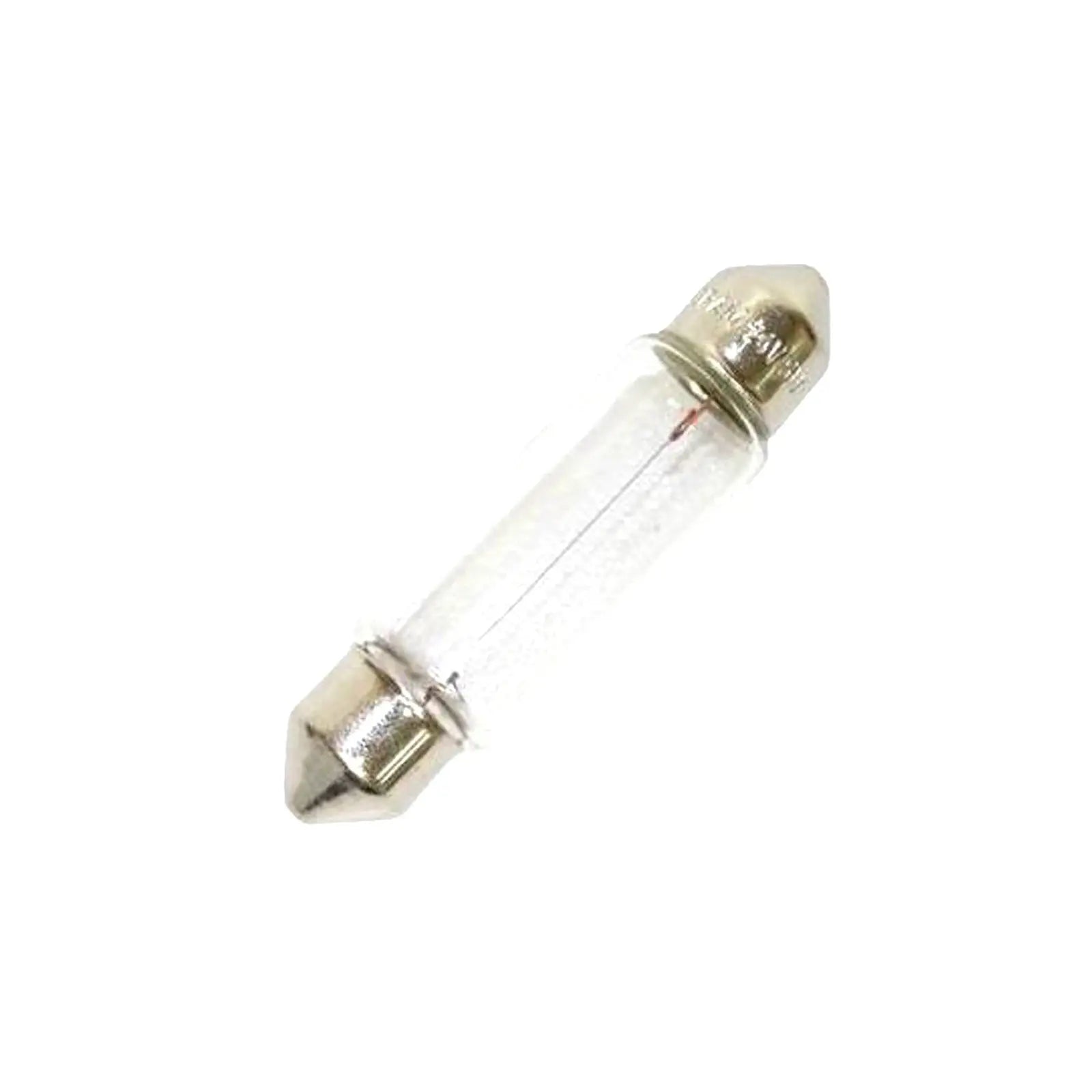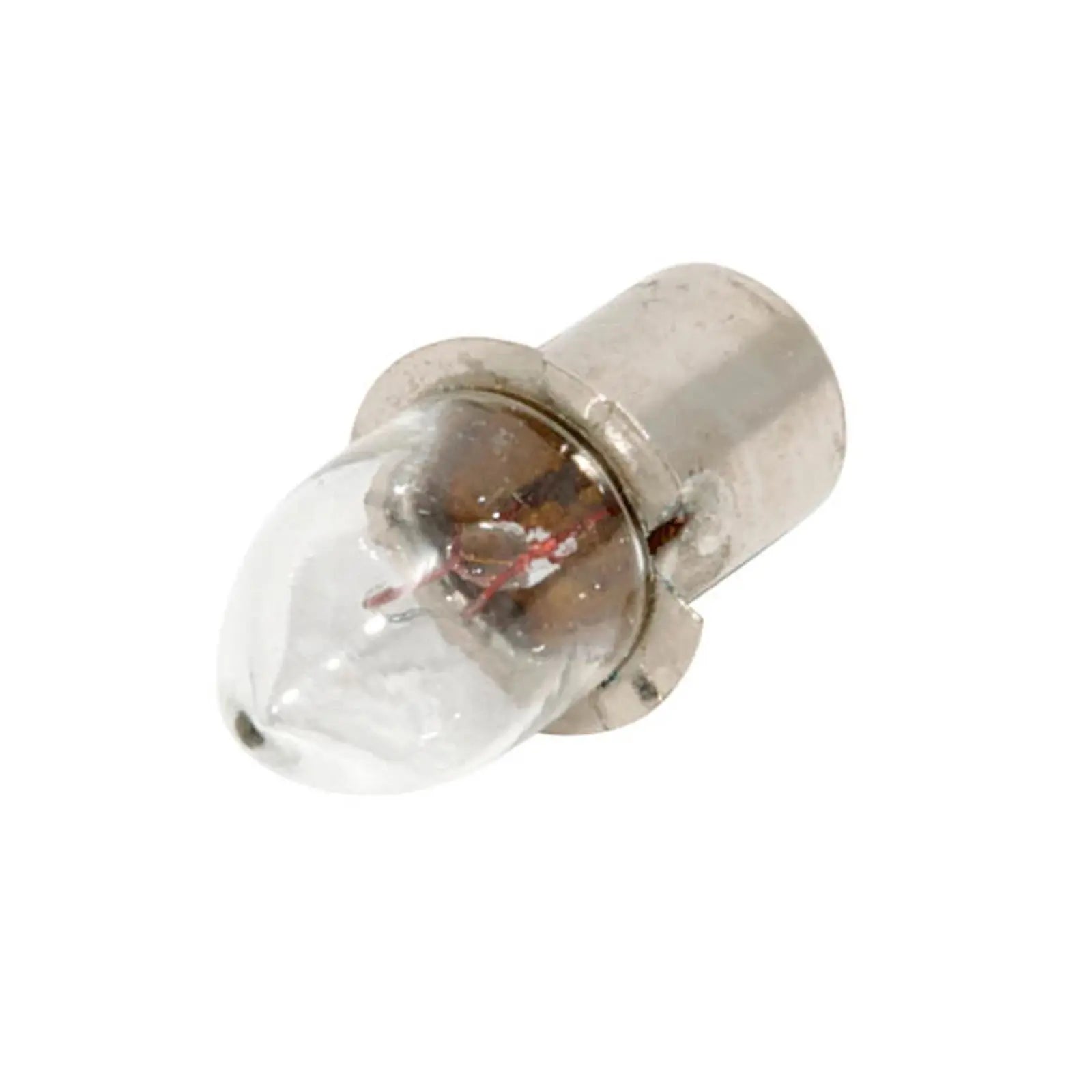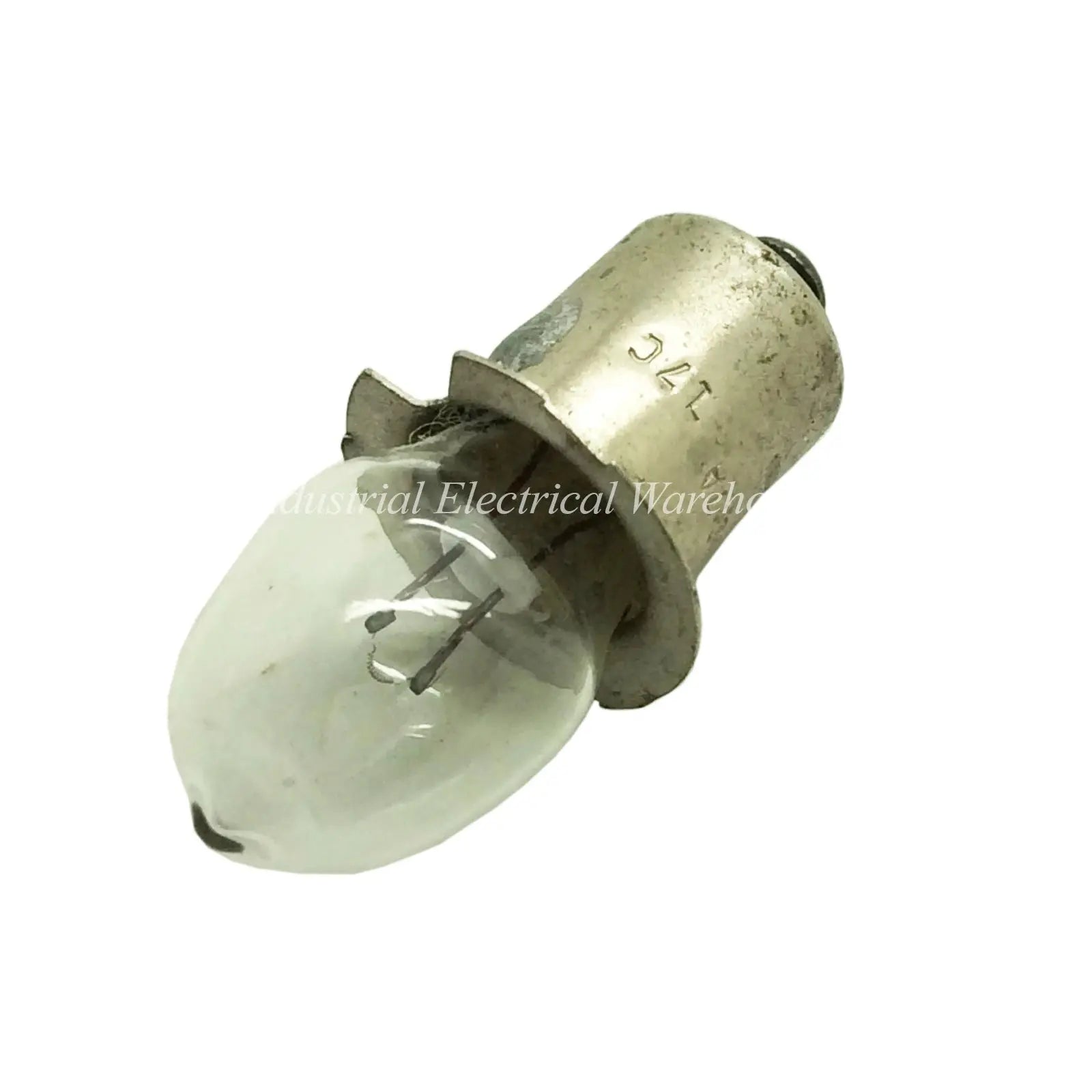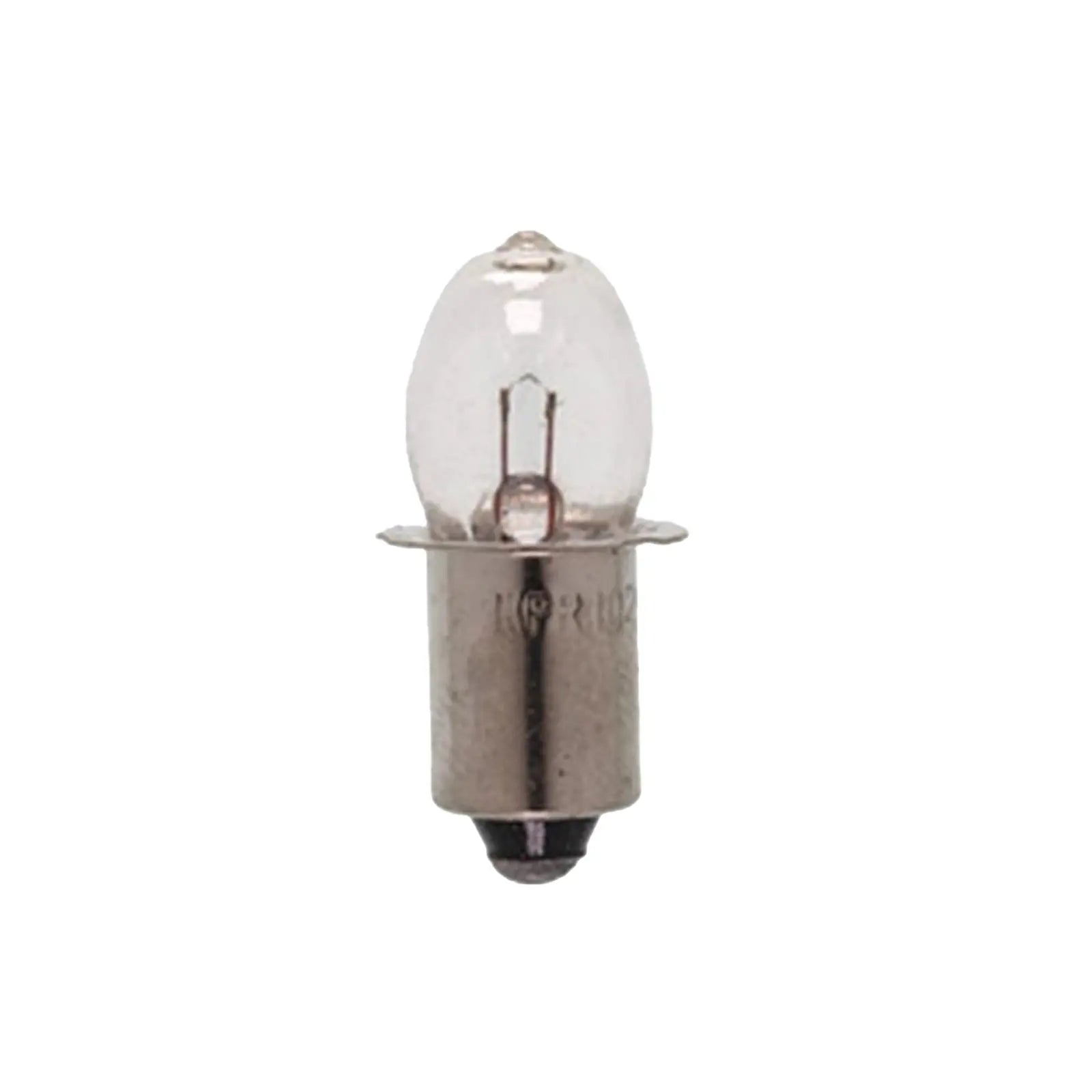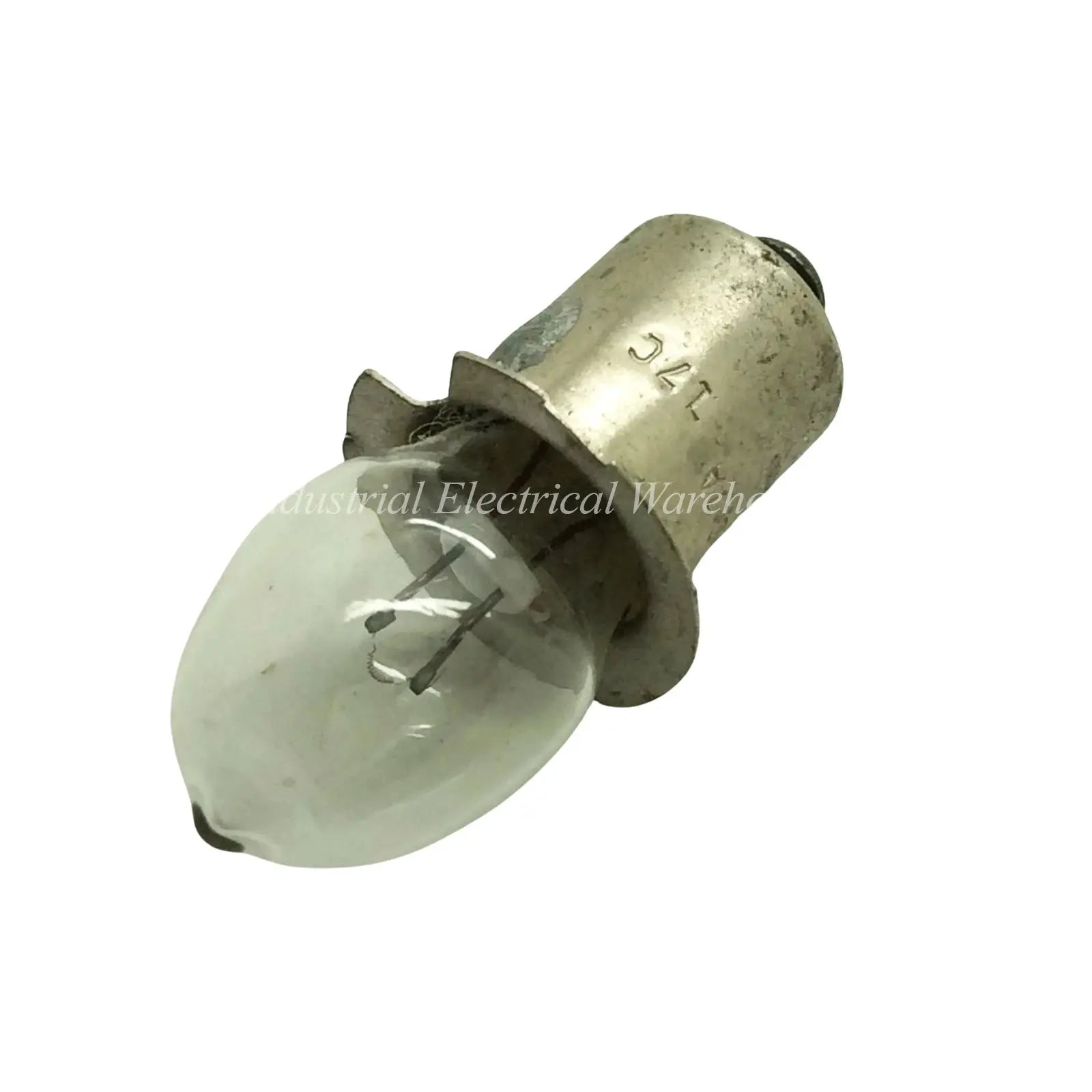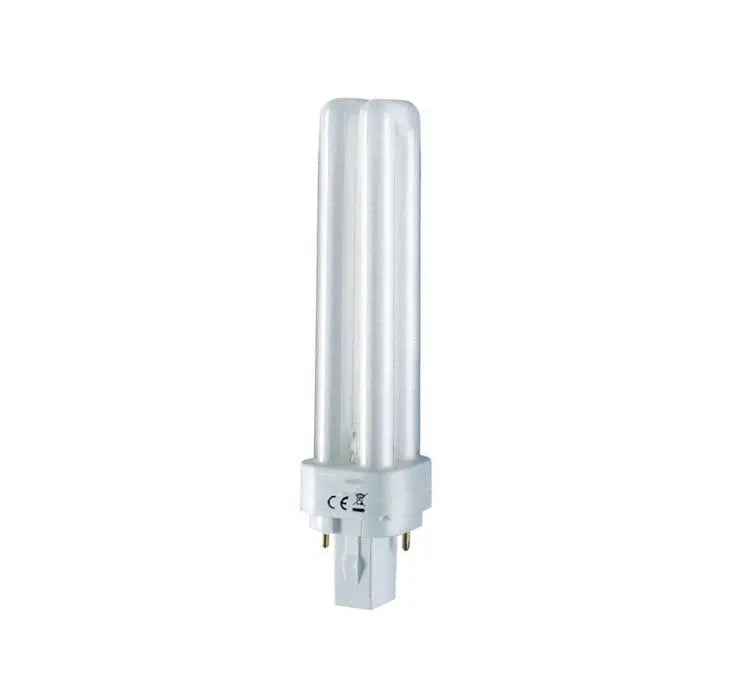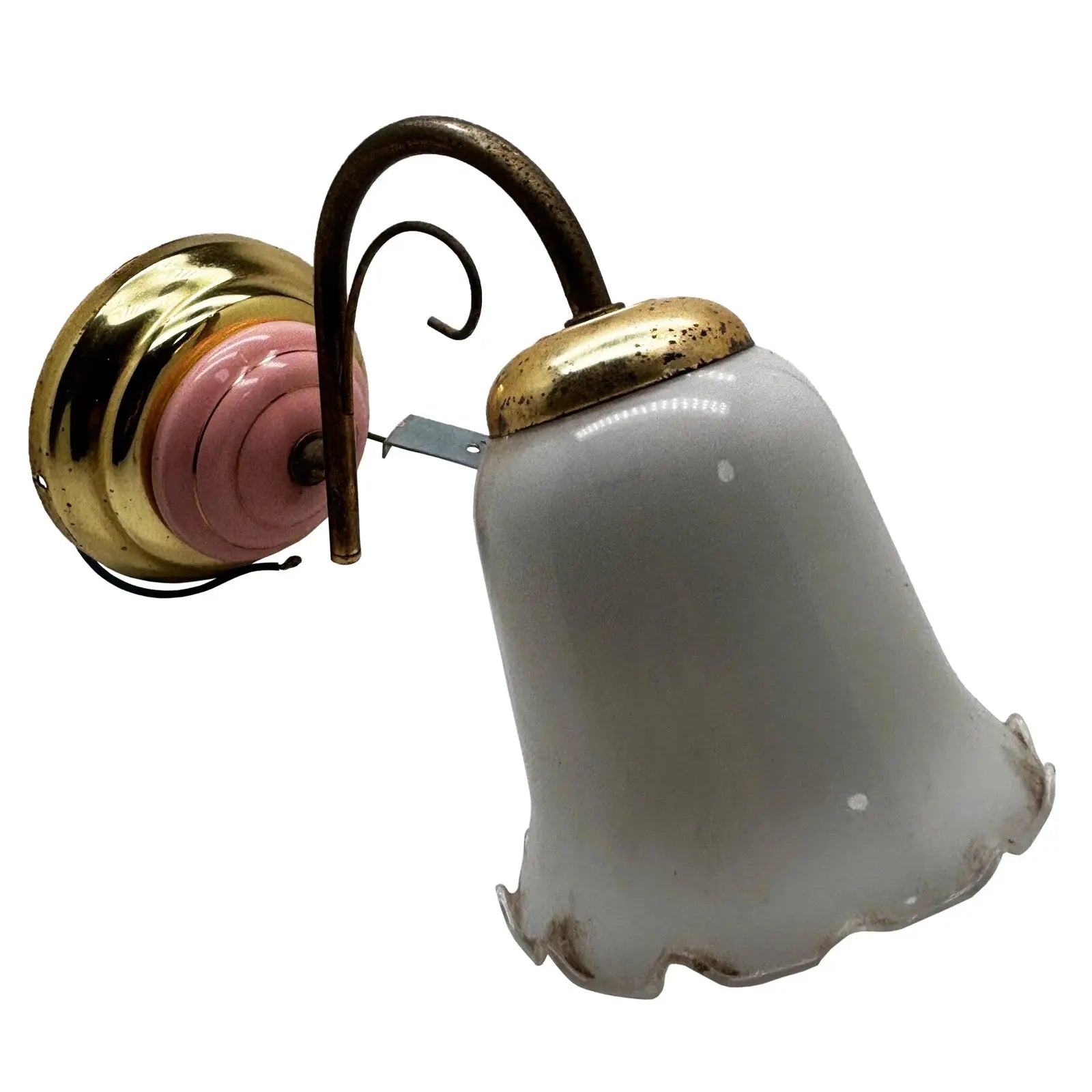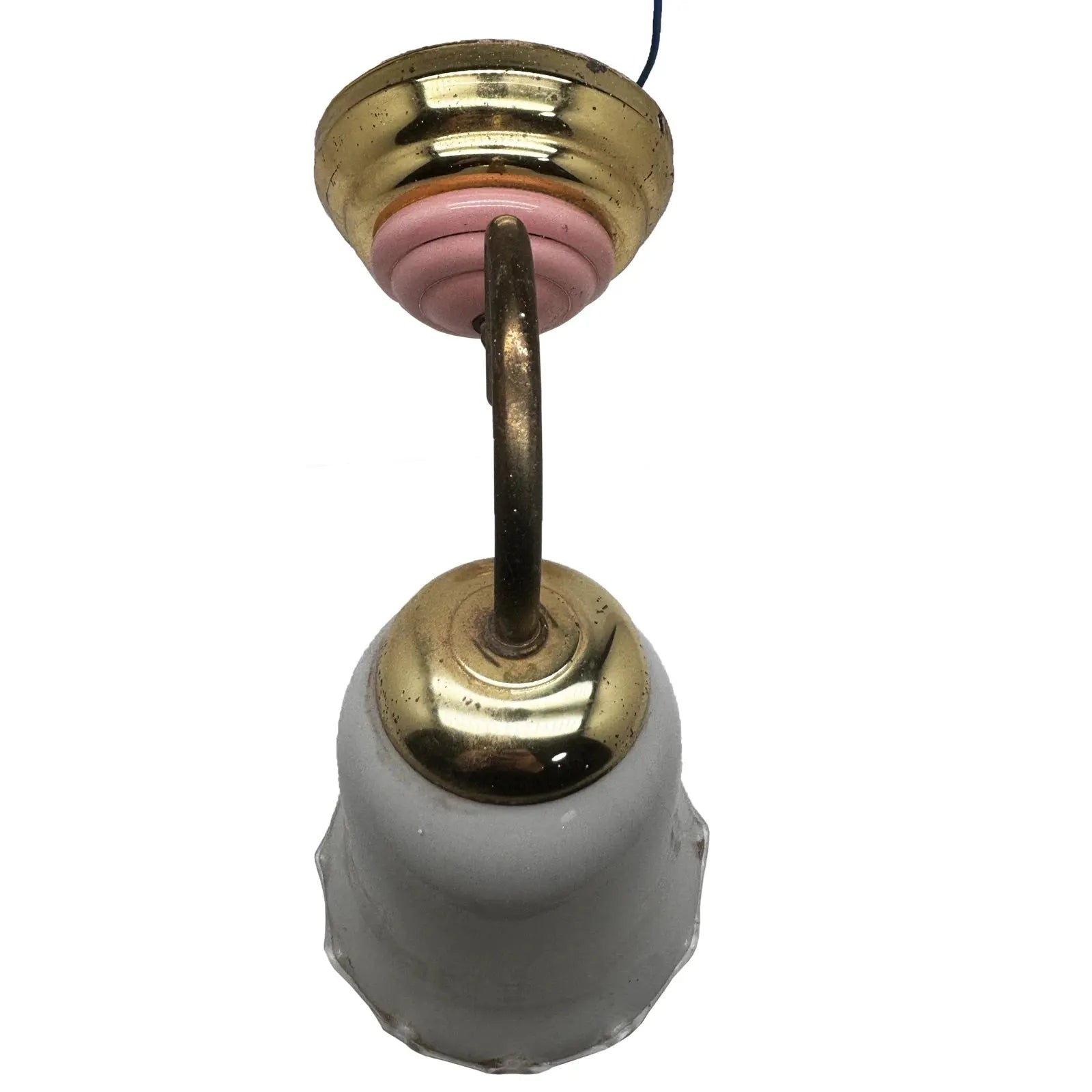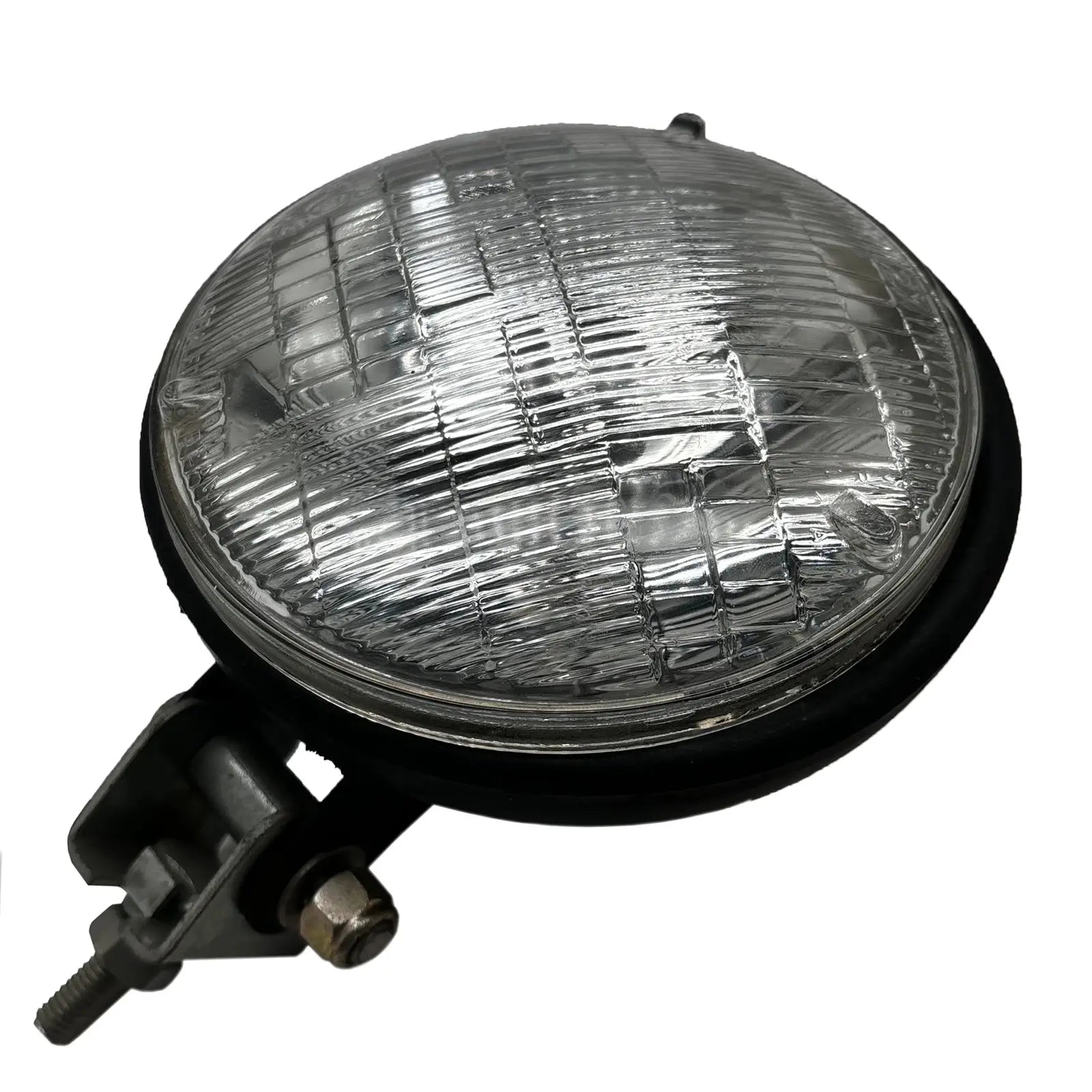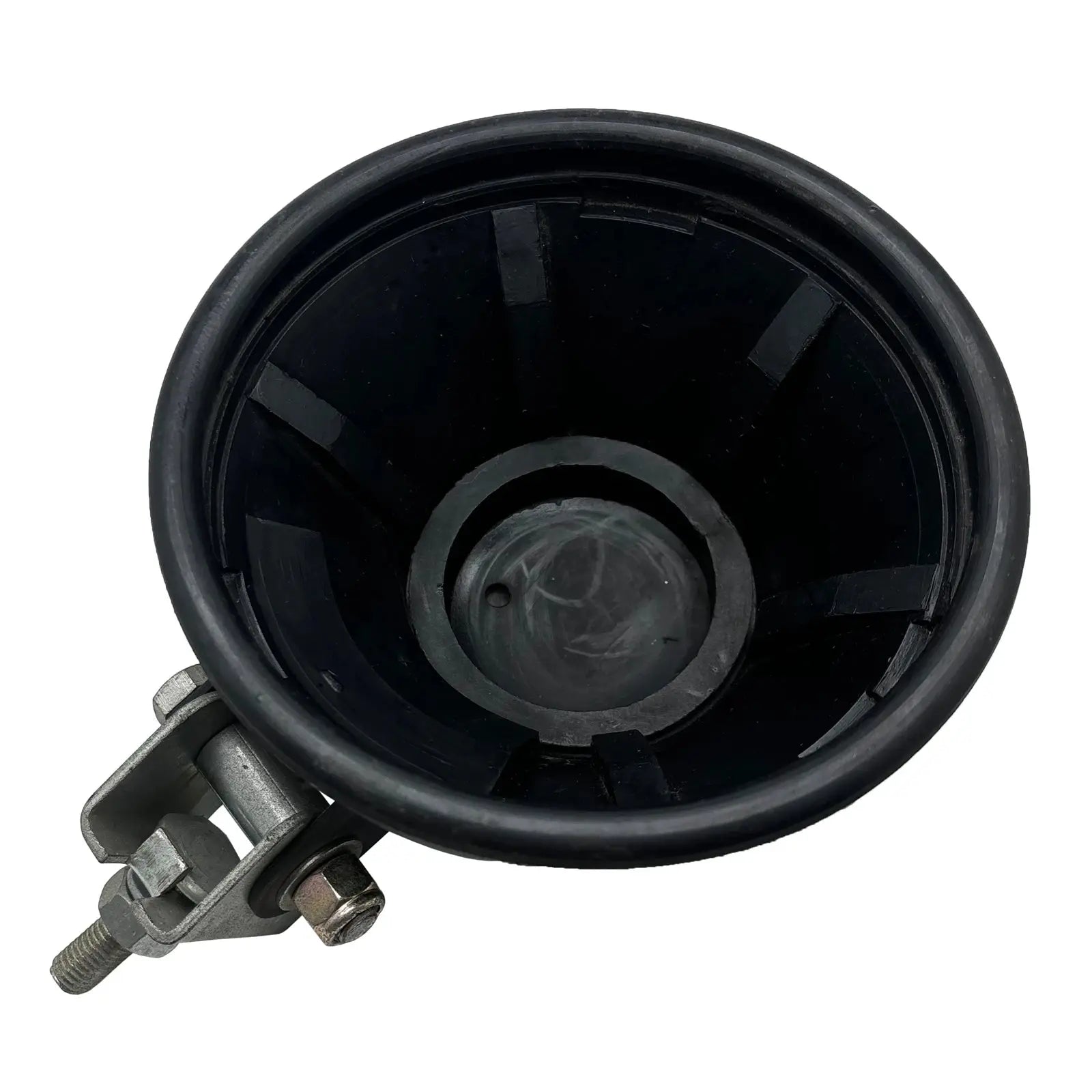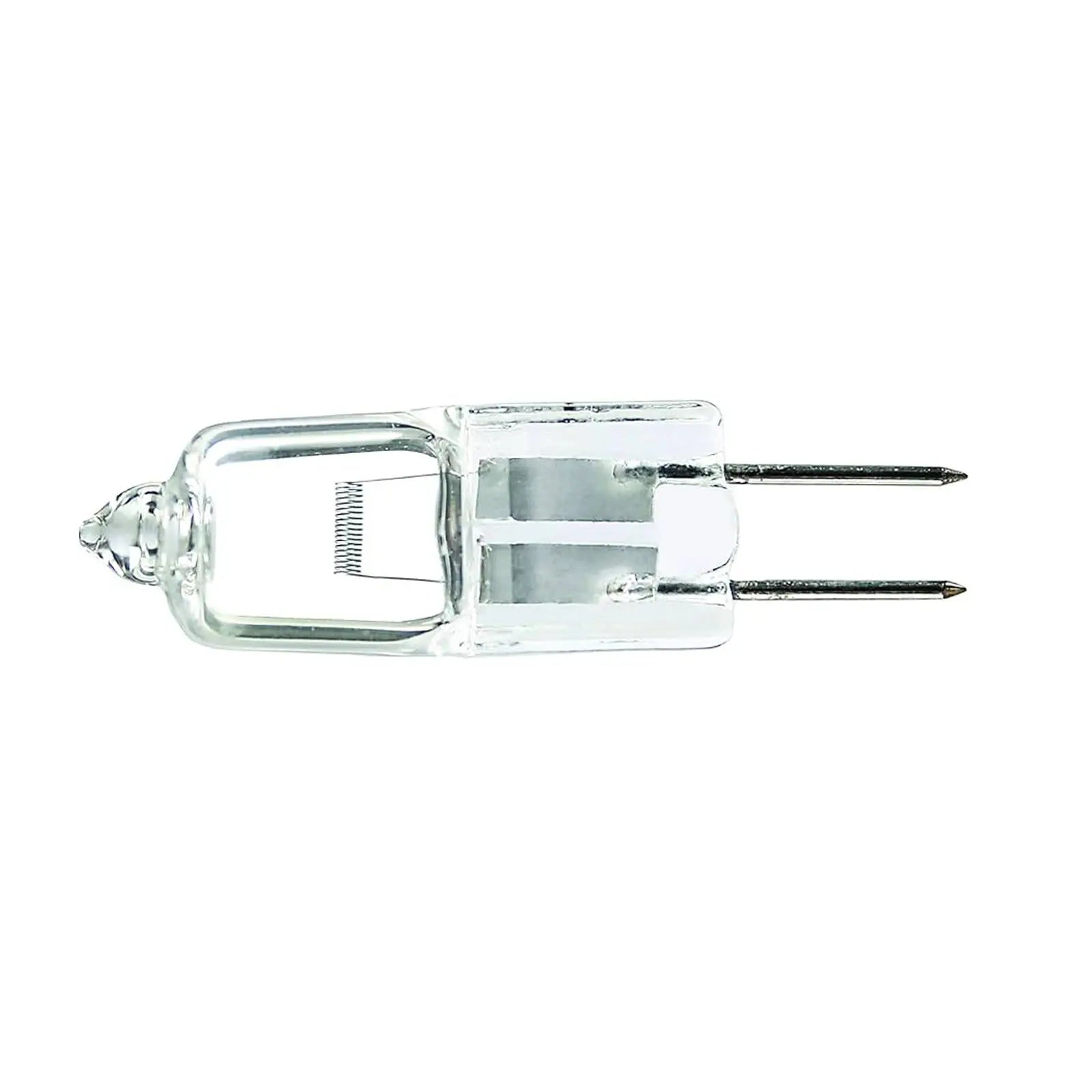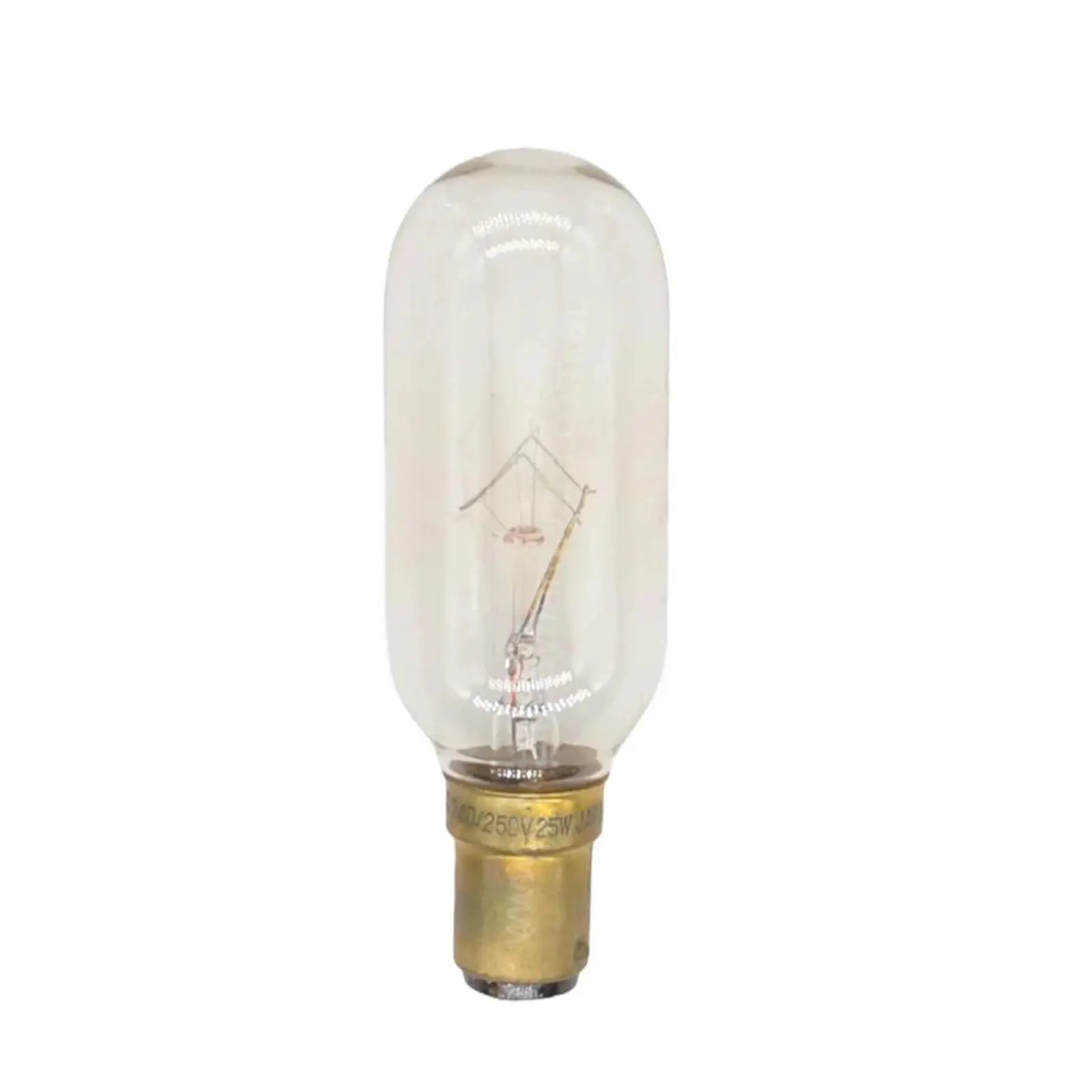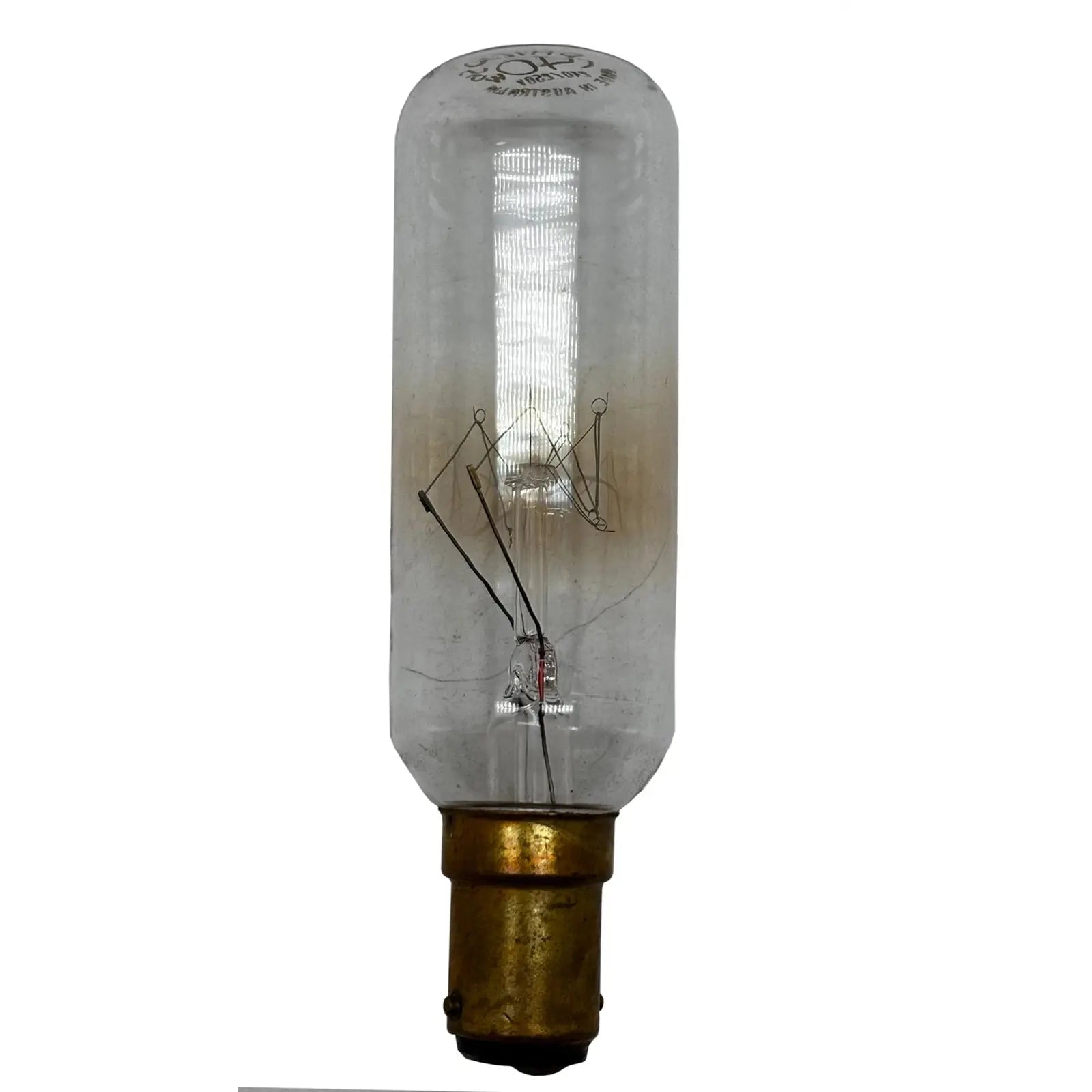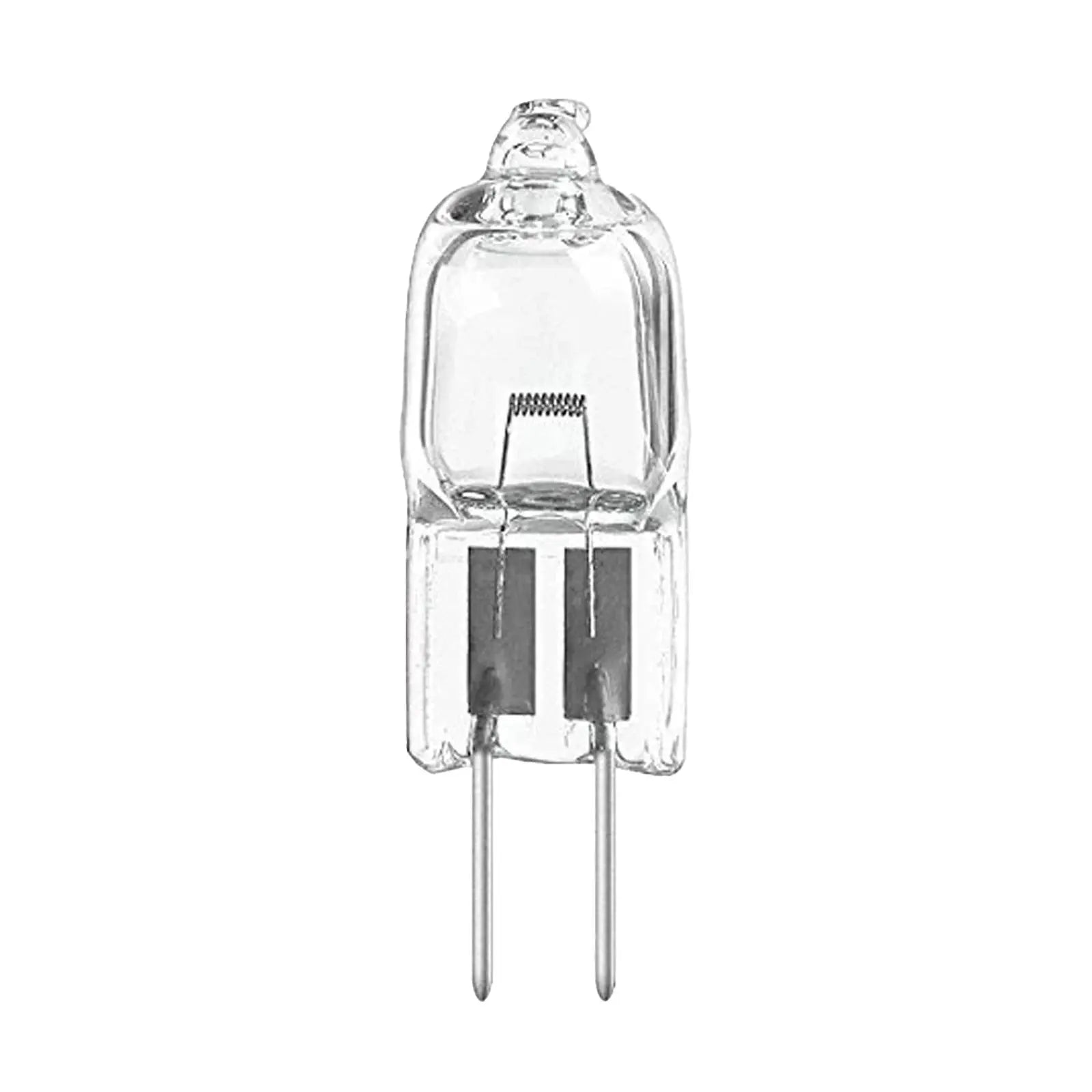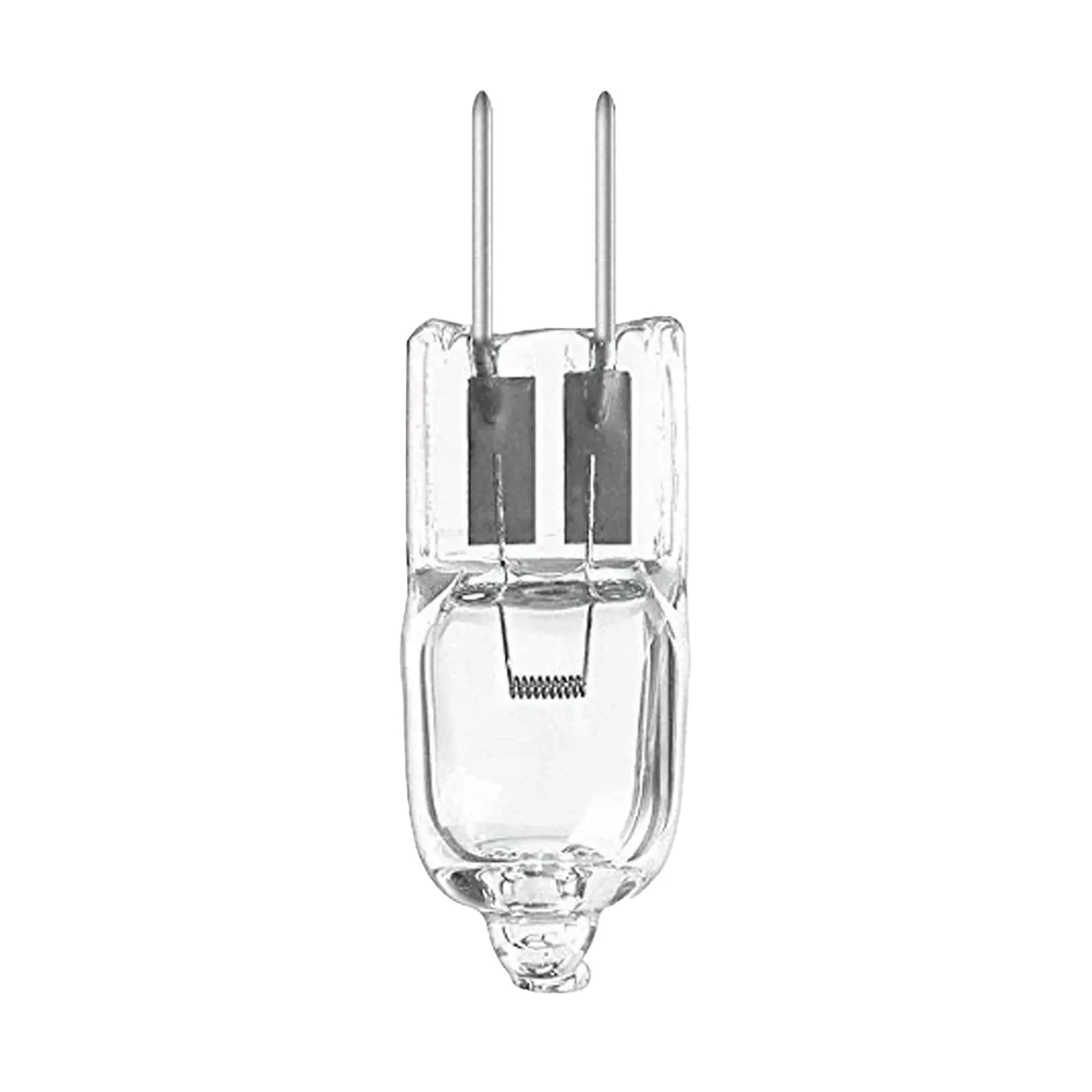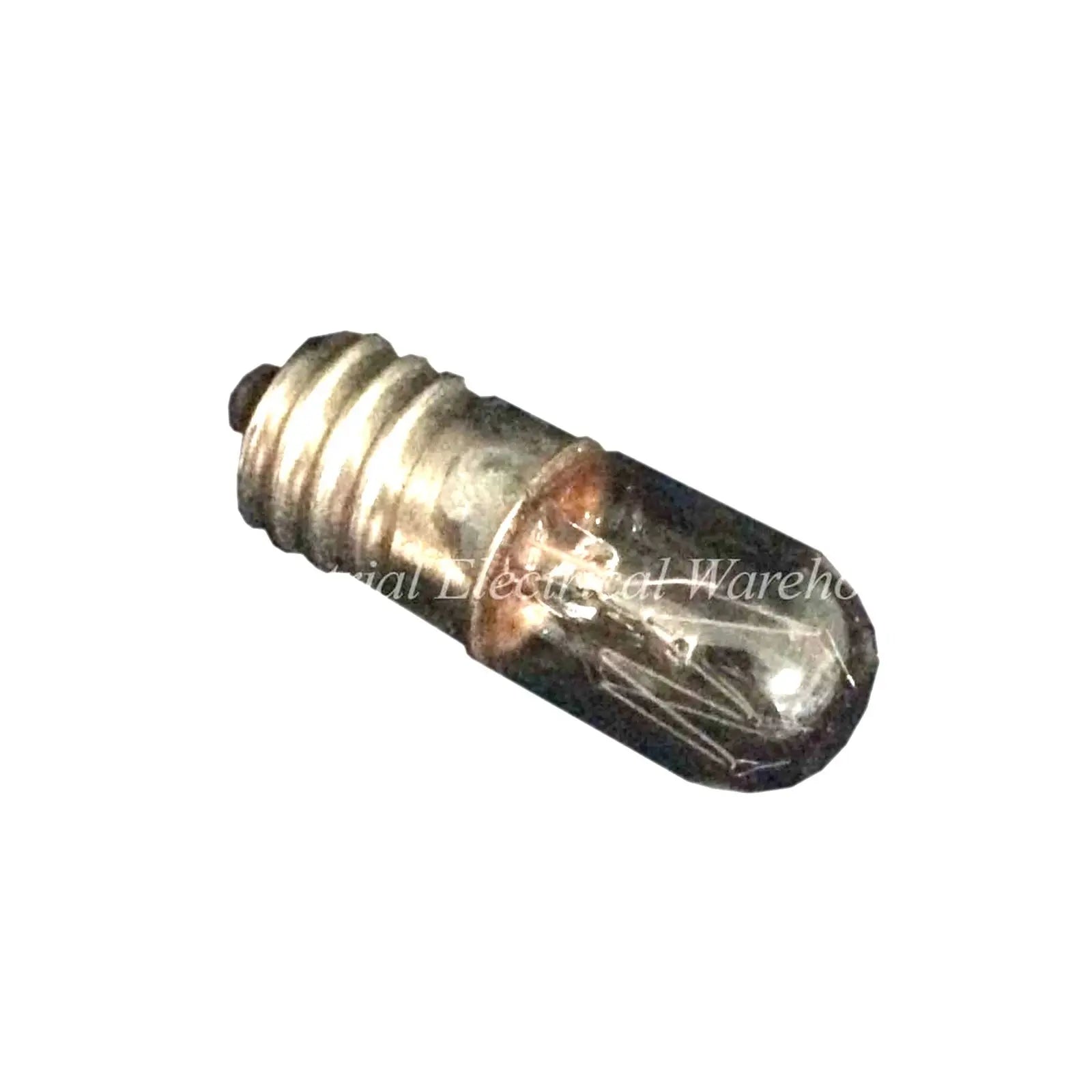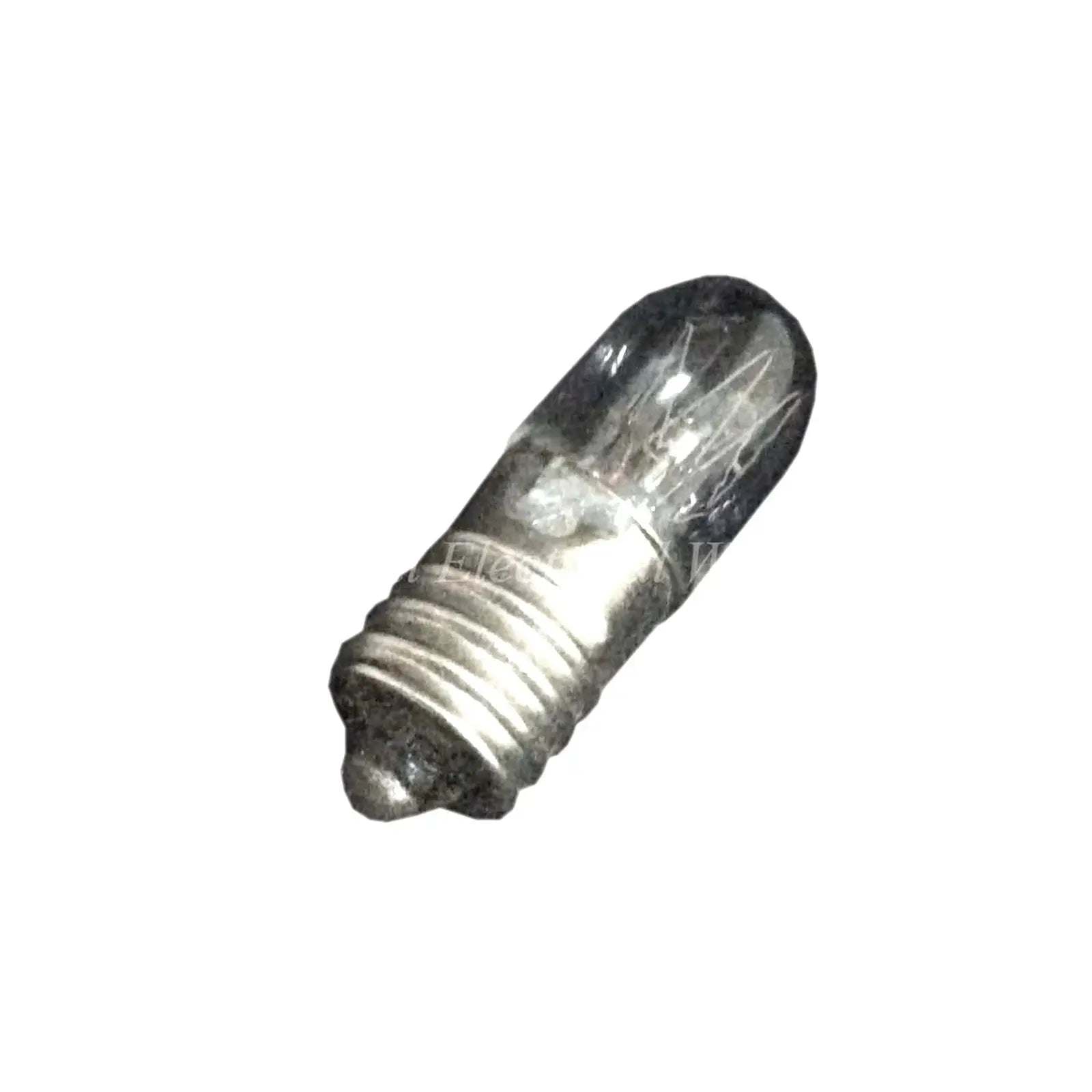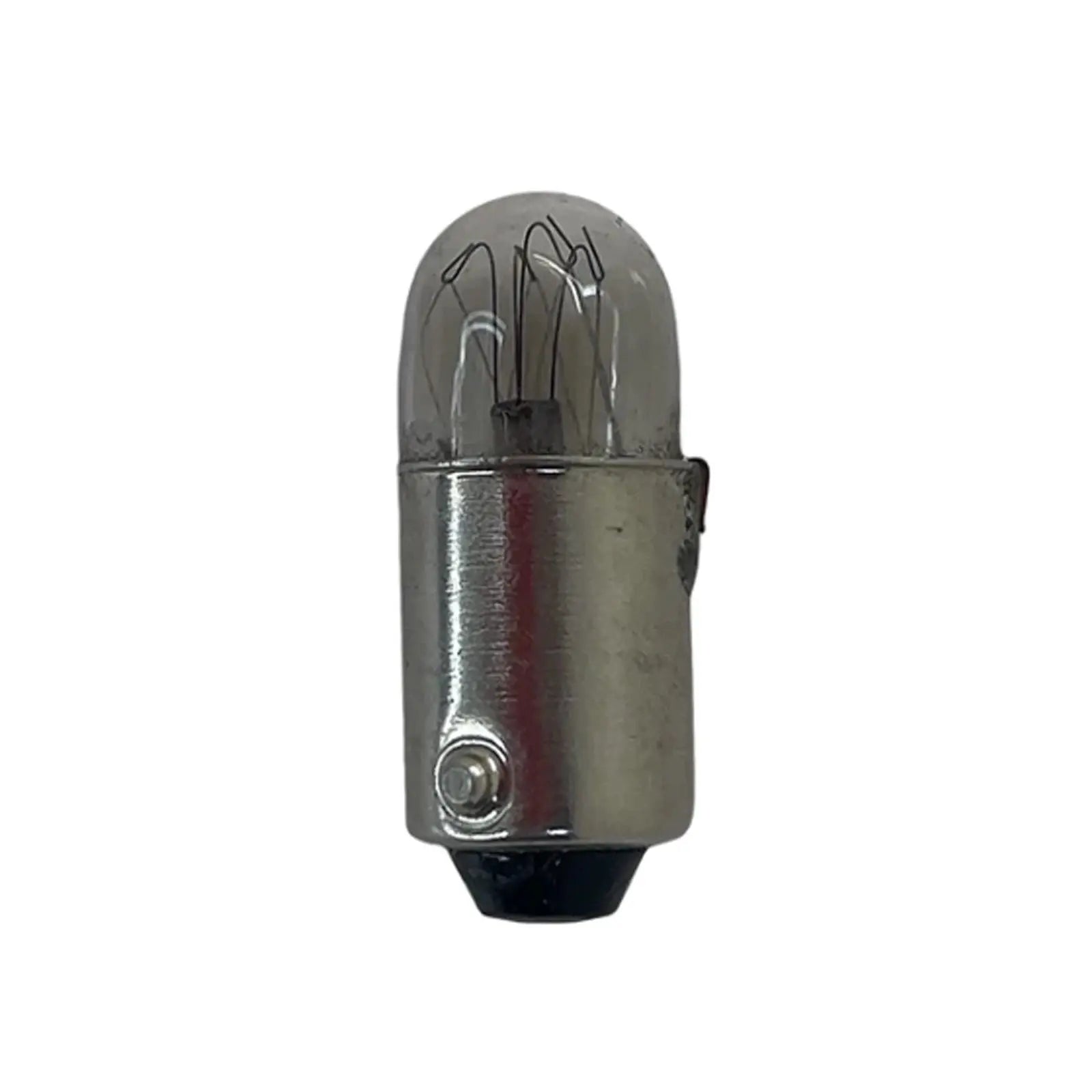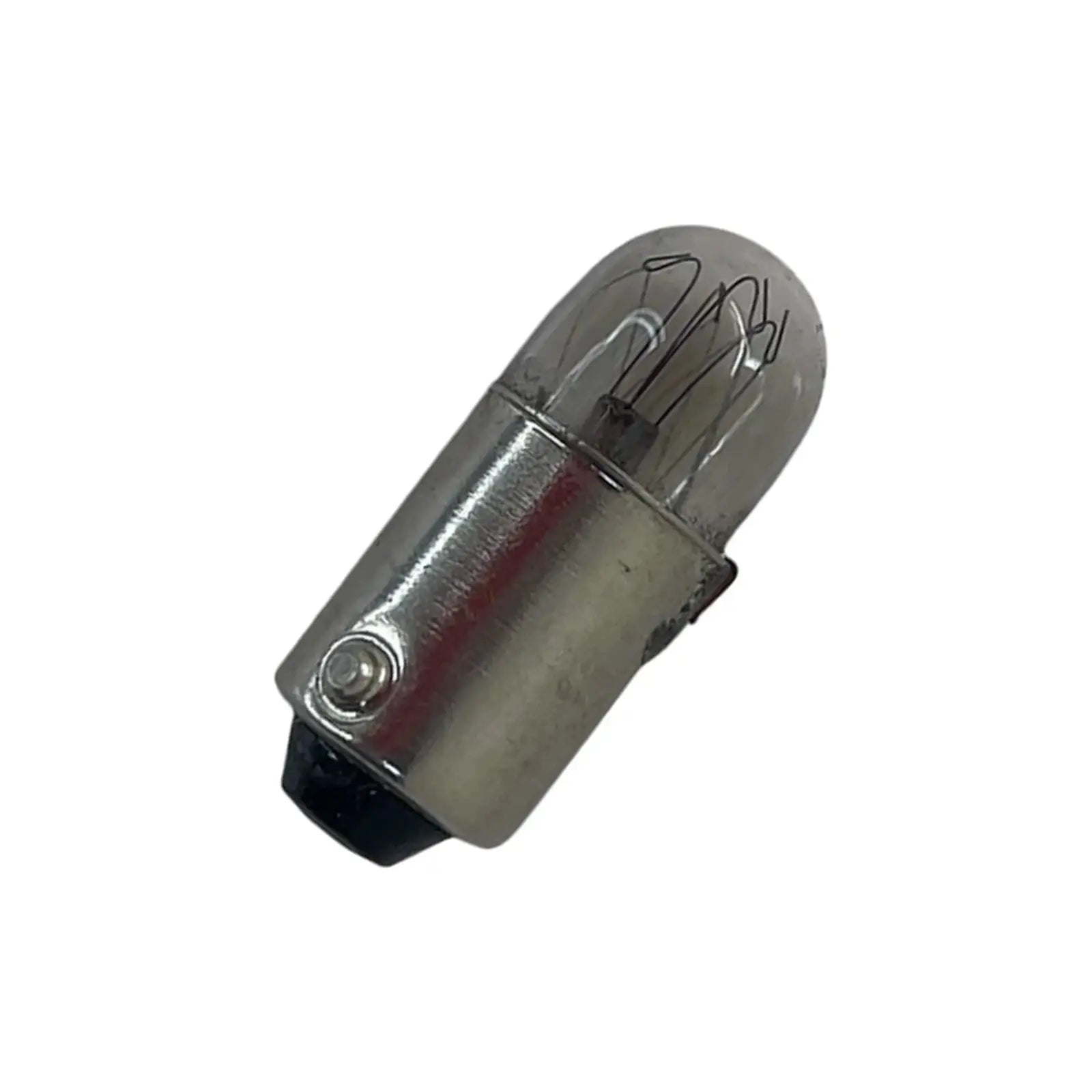Lampes : éclairer votre espace de travail avec un éclairage de qualité
Dans le monde trépidant d'aujourd'hui, un espace de travail bien éclairé est essentiel à la productivité et au bien-être général. Un éclairage de qualité non seulement illumine votre environnement, mais peut également avoir un impact significatif sur votre santé et votre humeur. Comprendre l'importance d'un éclairage de qualité et explorer les différents types de lampes disponibles peut vous aider à créer un espace de travail efficace et accueillant.
Comprendre l'importance d'un éclairage de qualité
Un bon éclairage va au-delà de la simple visibilité. Il influence notre rythme circadien, qui régit notre cycle veille-sommeil. L'exposition à une lumière naturelle vive pendant la journée contribue à réguler notre horloge biologique, favorisant ainsi vigilance et productivité. À l'inverse, un mauvais éclairage peut entraîner fatigue oculaire, maux de tête, voire épuisement.
Mais qu'est-ce qui, dans l'éclairage, a un impact aussi profond sur notre bien-être ? Examinons de plus près les fondements scientifiques d'une bonne conception d'éclairage afin de comprendre son importance dans la création d'un environnement propice au travail et aux loisirs.
La science derrière un bon éclairage
Une bonne conception d'éclairage prend en compte des facteurs tels que la température de couleur, la luminosité et la répartition lumineuse. La température de couleur désigne la chaleur ou la fraîcheur de la lumière, mesurée en Kelvin (K). Une lumière plus froide (5 000 K-6 500 K) imite la lumière du jour et est idéale pour les tâches exigeant de la concentration, tandis qu'une lumière plus chaude (2 700 K-3 500 K) crée une ambiance chaleureuse.
La luminosité se mesure en lumens (lm) et détermine la quantité de lumière émise par une source. Pour un espace de travail, une plage de 500 à 1 000 lumens est recommandée. De plus, la répartition de la lumière doit être uniforme, sans éblouissement ni ombre, afin de prévenir la fatigue oculaire.
En prenant soigneusement en compte ces facteurs, vous pouvez créer un environnement qui répond non seulement à vos besoins d'éclairage, mais améliore également votre expérience globale. Que vous travailliez sur un projet exigeant une concentration intense ou que vous vous détendiez simplement avec un bon livre, un éclairage adapté peut faire toute la différence.
Avantages d'un éclairage de qualité pour la santé et la productivité
Des études ont montré que l'exposition à la lumière naturelle, ou à une lumière qui la simule étroitement, peut présenter de nombreux avantages. Elle peut améliorer la concentration, l'humeur et la productivité globale. De même, un éclairage adapté peut réduire la fatigue oculaire, prévenir les maux de tête et minimiser les risques d'accidents ou d'erreurs.
Imaginez un espace de travail où vous vous sentez énergique et motivé, où votre créativité s'exprime sans effort et où vos yeux sont détendus et confortables. C'est là tout le pouvoir d'un éclairage de qualité. En investissant dans des solutions d'éclairage adaptées, vous investissez dans votre santé et votre bien-être, en créant un espace de travail propice à l'efficacité et au confort.
Alors, la prochaine fois que vous penserez à l'éclairage, rappelez-vous qu'il ne s'agit pas seulement d'illuminer un espace. Il s'agit de créer un environnement propice à votre bien-être physique et mental, vous permettant de vous épanouir et d'exceller dans tout ce que vous entreprenez.
Différents types de lampes pour votre espace de travail
Pour créer un espace de travail idéal, l'éclairage joue un rôle crucial. Non seulement il améliore la visibilité, mais il crée également l'ambiance et l'atmosphère de la pièce. Dans cet article, nous explorerons différents types de lampes qui peuvent sublimer votre espace de travail.
Lampes de bureau
Les lampes de bureau sont idéales pour éclairer une zone spécifique où vous effectuez des tâches, comme la lecture, l'écriture ou le travail sur ordinateur. Polyvalentes, elles se déclinent en différents styles, des modèles classiques à pince aux élégantes lampes sur pied. Leur atout réside dans leur orientabilité, qui vous permet de positionner la lumière exactement là où vous en avez besoin. Privilégiez les lampes avec des niveaux de luminosité et des températures de couleur réglables pour répondre à vos besoins et préférences.
Lampadaires
Si vous disposez d'un espace de travail plus grand ou préférez un éclairage plus ambiant, les lampadaires sont un excellent choix. Non seulement ils offrent un éclairage général, mais ils ajoutent également une touche de style et de caractère à votre environnement. Grâce à des lampadaires orientables, vous avez la liberté d'orienter la lumière précisément là où elle est nécessaire, garantissant ainsi un espace de travail confortable et lumineux. Que vous optiez pour un design moderne et épuré ou un classique intemporel, les lampadaires sauront s'imposer dans votre espace de travail.
Lampes réglables
Pour ceux qui recherchent une flexibilité maximale, les lampes réglables sont la solution idéale. Conçues pour être facilement repositionnées selon les besoins, elles s'adaptent à différentes tâches et exigences d'éclairage. Grâce à leurs têtes rotatives ou leurs bras réglables, vous pouvez diriger la lumière précisément là où elle est nécessaire, éliminant ainsi les ombres et créant des conditions d'éclairage optimales. De plus, les lampes réglables sont souvent dotées de fonctions de réglage de la hauteur et de l'angle, vous offrant un contrôle total sur l'éclairage de votre espace de travail. Que vous ayez besoin d'un éclairage ciblé ou d'un éclairage plus large, les lampes réglables offrent la polyvalence dont vous avez besoin.
Investir dans des lampes adaptées à votre espace de travail peut faire toute la différence en termes de productivité et d'agrément. Tenez compte de vos tâches spécifiques et de l'ambiance que vous souhaitez créer, et choisissez des lampes qui répondent à vos besoins. Avec un éclairage adapté, votre espace de travail deviendra un havre d'inspiration et d'efficacité.
Principales caractéristiques à prendre en compte lors du choix d'une lampe
Luminosité et température de couleur
Lors du choix d'une lampe, tenez compte du niveau de luminosité et de la température de couleur qui vous conviennent. Assurez-vous qu'elle offre une lumière suffisante pour vos tâches, sans être trop intense. Choisir une lampe avec des réglages de luminosité et de température de couleur réglables vous permet de personnaliser l'éclairage selon vos préférences.
Saviez-vous que la luminosité d'une lampe se mesure en lumens ? Plus le nombre de lumens est élevé, plus la lumière est intense. Pour les tâches exigeant une attention soutenue, comme la lecture ou le travail sur des projets complexes, une lampe avec un nombre de lumens élevé est idéale. En revanche, si vous préférez un éclairage plus doux et ambiant pour vous détendre ou créer une atmosphère chaleureuse, une lampe avec un nombre de lumens plus faible sera plus adaptée.
Taille et emplacement de la lampe
La taille de la lampe que vous choisissez doit être proportionnelle à votre espace de travail. Une petite lampe de bureau risque de se perdre sur un grand bureau, tandis qu'une grande lampe risque de surcharger un espace restreint. De plus, pensez à son emplacement pour assurer un éclairage uniforme dans toute la zone.
Pour le placement, pensez aux tâches spécifiques que vous effectuerez dans cet espace. Par exemple, si vous utilisez la lampe pour lire, il est préférable de la placer du côté opposé à votre main pour minimiser les ombres sur la page. En revanche, si vous l'utilisez pour bricoler ou travailler sur un projet spécifique, la placer directement au-dessus de votre espace de travail offrira des conditions d'éclairage optimales.
Efficacité énergétique et type d'ampoule
Optez pour des lampes écoénergétiques pour minimiser votre consommation d'électricité et réduire votre empreinte carbone. Les ampoules LED sont un choix populaire en raison de leur longue durée de vie et de leurs économies d'énergie. Elles produisent moins de chaleur, ce qui les rend plus sûres et plus confortables à utiliser pendant de longues périodes.
En parlant d'ampoules LED, saviez-vous qu'elles existent en différentes températures de couleur ? La température de couleur d'une ampoule se mesure en Kelvin (K) et détermine la chaleur ou la froideur de la lumière qu'elle émet. Pour une lumière chaleureuse et agréable, semblable à celle des ampoules à incandescence traditionnelles, privilégiez les ampoules LED dont la température de couleur est d'environ 2 700 K. Si vous préférez une lumière plus froide et plus énergisante, optez pour des ampoules dont la température de couleur est plus élevée, autour de 5 000 K.
De plus, les ampoules LED sont disponibles en différentes formes et tailles, vous permettant de choisir celle qui correspond le mieux à votre style et à votre style. Des ampoules A19 classiques aux ampoules GU10 élégantes et compactes, un large choix s'offre à vous.
Conseils de conception d'éclairage pour un espace de travail efficace
Équilibrer l'éclairage ambiant et l'éclairage de travail
Un espace de travail bien conçu intègre un éclairage d'ambiance et un éclairage de travail. L'éclairage d'ambiance fournit un éclairage général, tandis que l'éclairage de travail concentre la lumière sur des zones spécifiques pour un travail précis. Trouvez l'équilibre entre les deux en combinant un éclairage zénithal avec des lampes de bureau ou des lampadaires.
Éviter l'éblouissement et les ombres
L'éblouissement peut provoquer une fatigue oculaire et une gêne. Évitez de placer les lampes directement dans votre champ de vision ou à proximité de surfaces réfléchissantes. Positionnez-les de manière à ce que la lumière soit diffuse et indirecte. Ajustez l'angle et la hauteur de la lampe pour éliminer les ombres qui pourraient gêner votre travail.
Utiliser l'éclairage pour améliorer l'humeur et la concentration
L'éclairage peut grandement influencer votre humeur et votre concentration. Privilégiez une lumière chaude pour les espaces détente ou de pause, tandis qu'une lumière plus froide est plus adaptée aux postes de travail concentrés. Testez différentes configurations d'éclairage pour trouver celle qui vous convient le mieux et crée l'ambiance souhaitée.
Pour un éclairage fonctionnel, il est important de choisir le bon type d'ampoule. Les ampoules LED sont très prisées pour leur efficacité énergétique et leur longue durée de vie. Elles fournissent une lumière vive et concentrée sans générer de chaleur excessive. Les ampoules halogènes, quant à elles, offrent une lumière blanche éclatante, proche de la lumière naturelle, ce qui les rend idéales pour les tâches nécessitant une précision des couleurs.
Outre le choix des bonnes ampoules, tenez compte de la température de couleur de la lumière. La température de couleur, mesurée en Kelvin (K), détermine le degré de chaleur ou de froideur de la lumière. Pour une atmosphère chaleureuse et accueillante, optez pour des ampoules à température de couleur basse (environ 2 700 K). En revanche, pour créer une ambiance lumineuse et énergisante, privilégiez des ampoules à température de couleur élevée (environ 5 000 K).
En conclusion, un éclairage de qualité est essentiel à tout espace de travail. Comprendre l'importance d'un bon éclairage, explorer les différentes options de lampes et prendre en compte les caractéristiques clés lors du choix d'une lampe vous aidera à créer un espace de travail bien éclairé et productif. En suivant des conseils d'éclairage, vous pouvez créer un environnement qui améliore votre humeur et votre concentration, contribuant ainsi à une productivité et un bien-être accrus.
Besoin de commandes en gros ou de recommandations d'experts sur LFL-BL ?
Vous souhaitez commander des lots de matériaux LFL-BL en gros ou avez besoin d'aide pour choisir la solution industrielle idéale ? Notre équipe est là pour vous aider avec des devis personnalisés, des recommandations de produits et des conseils techniques. Que vous soyez électricien, entrepreneur ou chef d'entreprise, nous proposons des solutions sur mesure pour répondre à vos besoins.
📩 Contactez-nous ou discutez avec nous en direct pour une assistance instantanée !
Découvrez notre collection mensuelle d'offres de folie !
Ne manquez pas nos énormes économies dans notre magasin ! Découvrez les meilleures offres :
Explorez ces catégories maintenant et profitez des meilleures offres avant qu'elles ne disparaissent !
-
Tous les produits de notre gamme – Des produits de qualité supérieure sélectionnés avec soin pour vous.
-
Meilleures ventes – Articles préférés des clients et articles très demandés.
-
Offres spéciales et soldes Watts – Remises à durée limitée sur des produits incontournables.
-
Watts New – Nouveautés et dernières innovations.
-
Toutes les collections – Explorez tout ce que nous avons à offrir.
Explorez ces catégories maintenant et profitez des meilleures offres avant qu'elles ne disparaissent !
N'oubliez pas de consulter nos remises massives jusqu'à épuisement des stocks !



